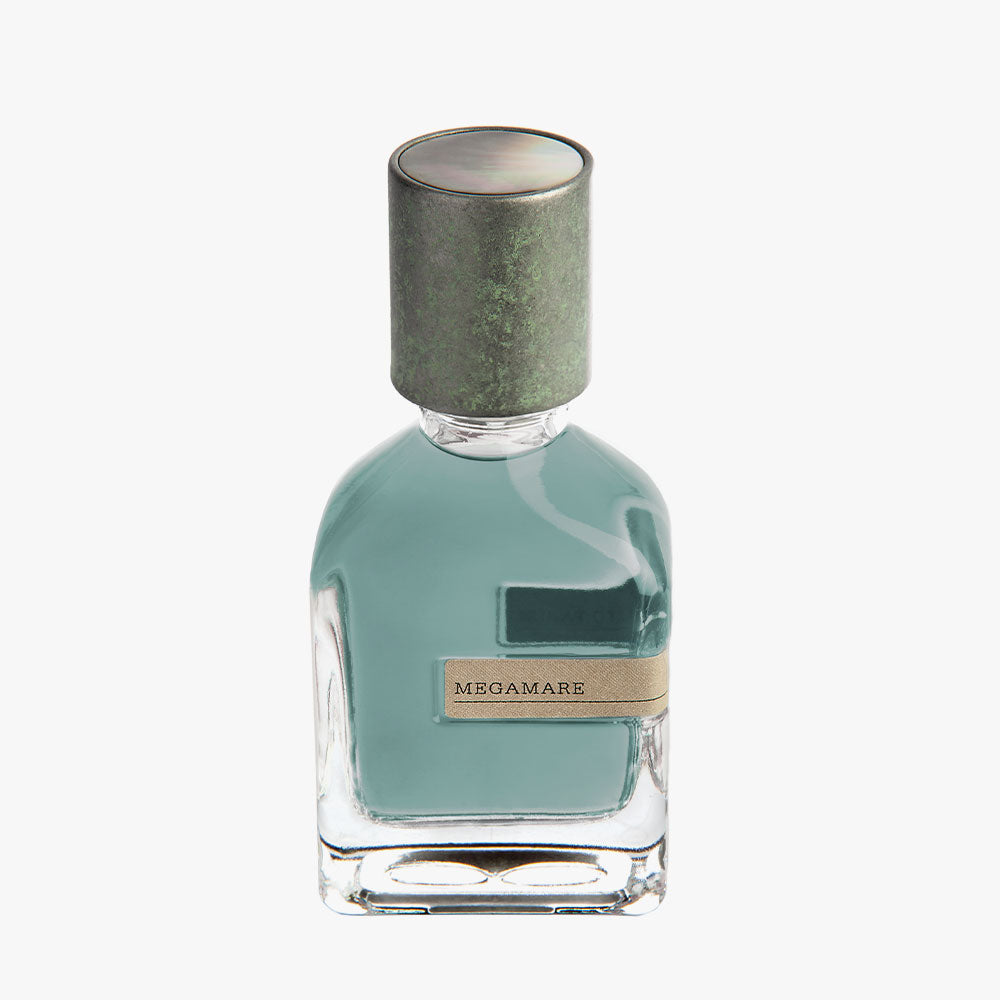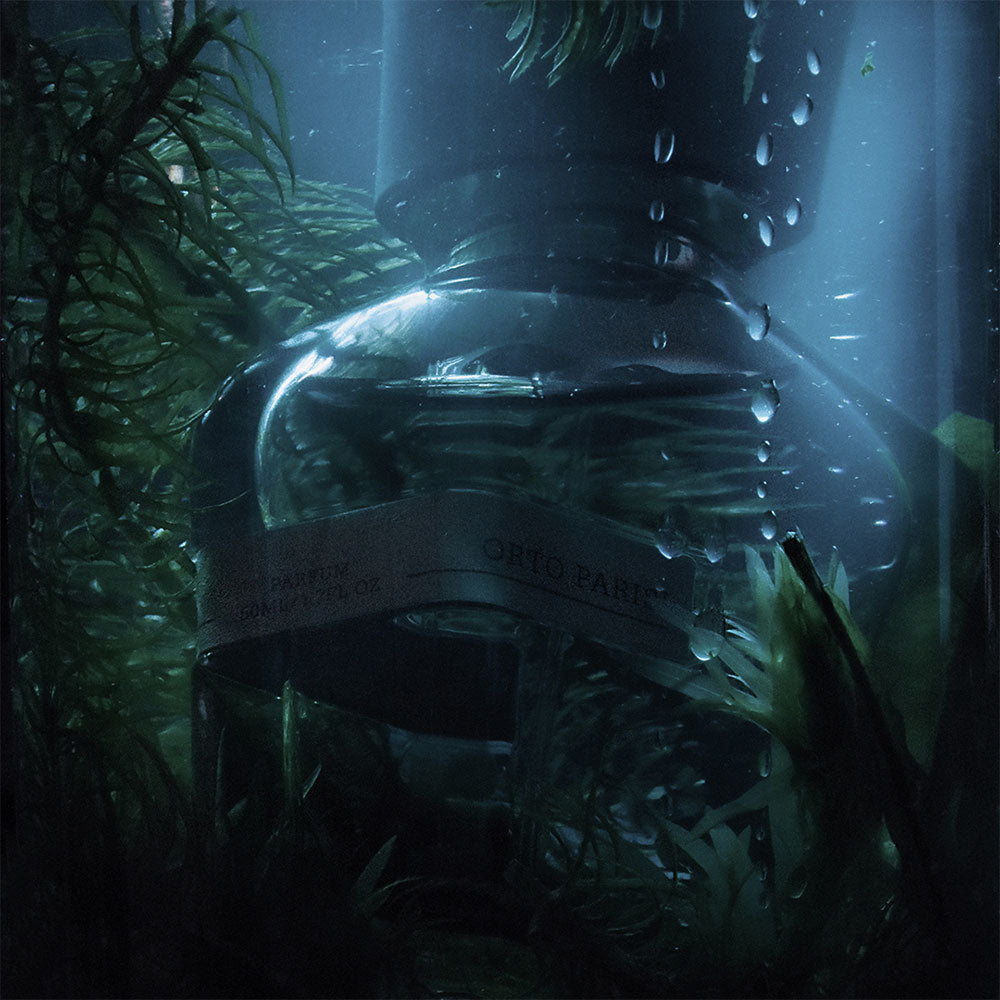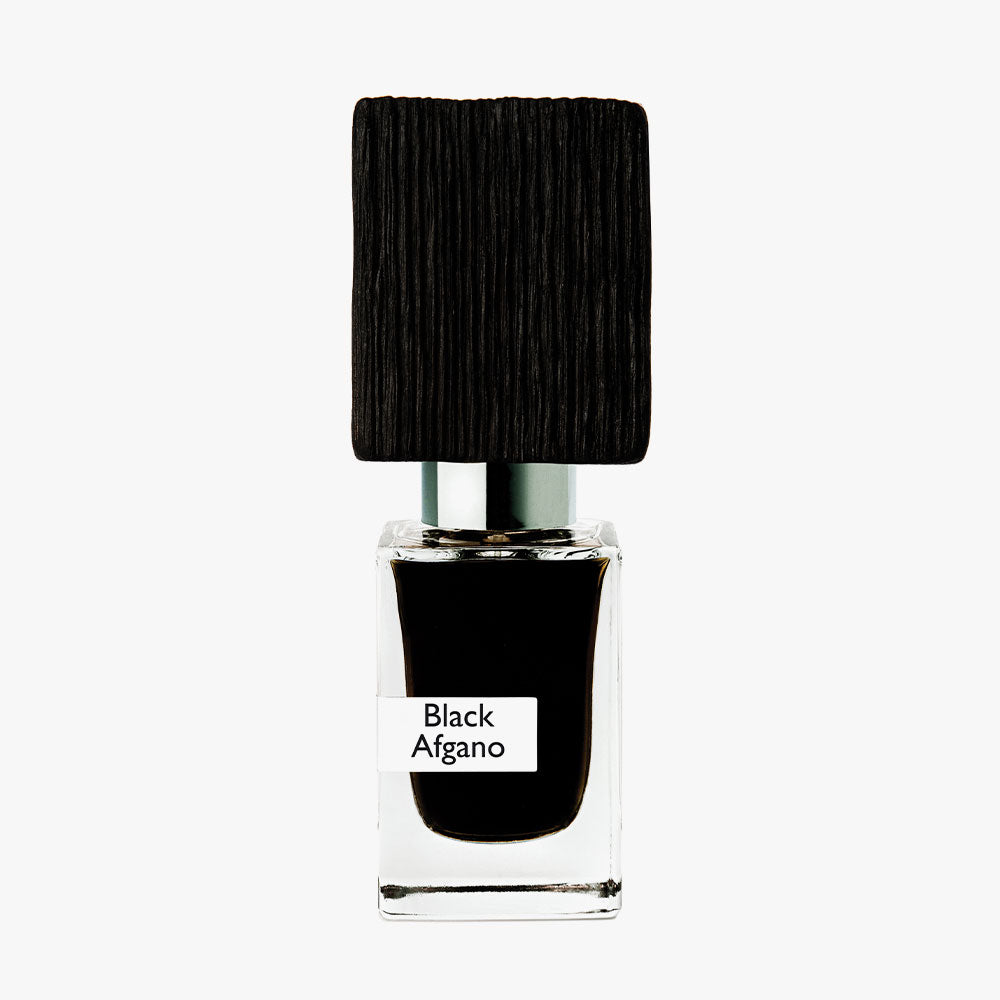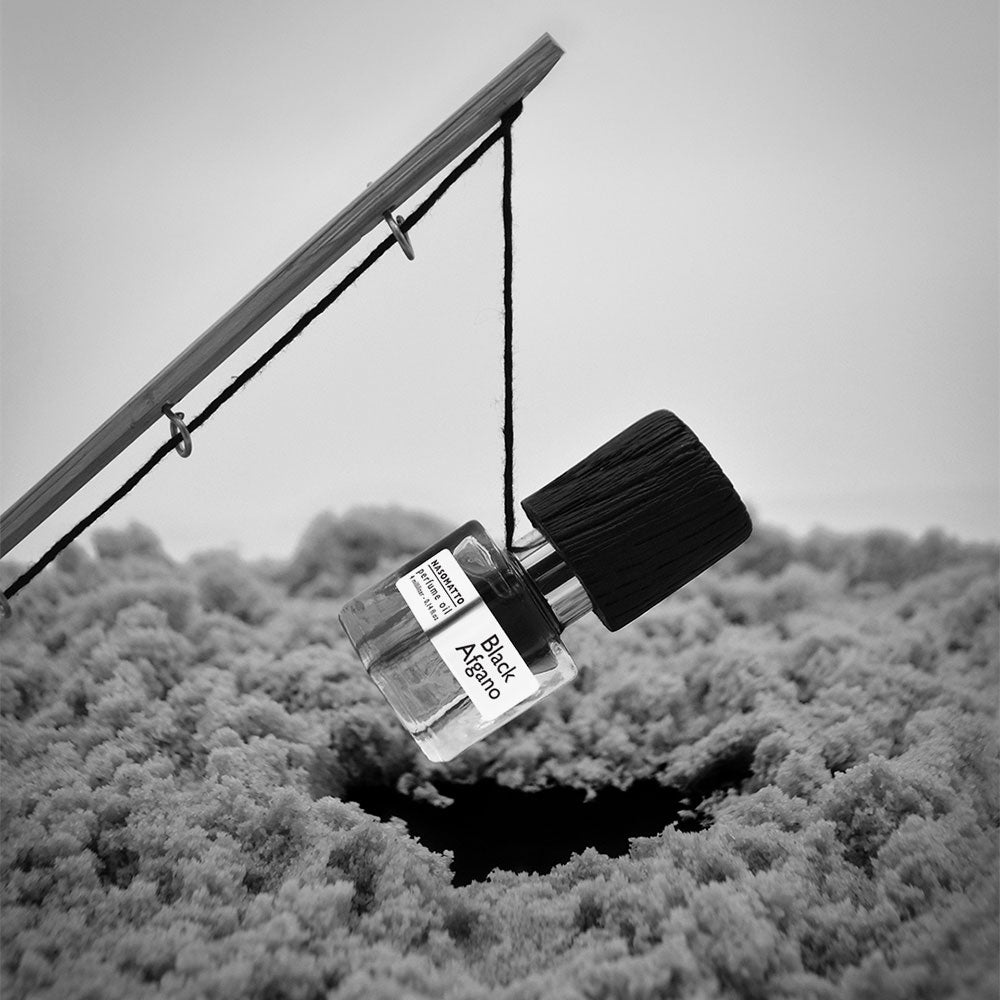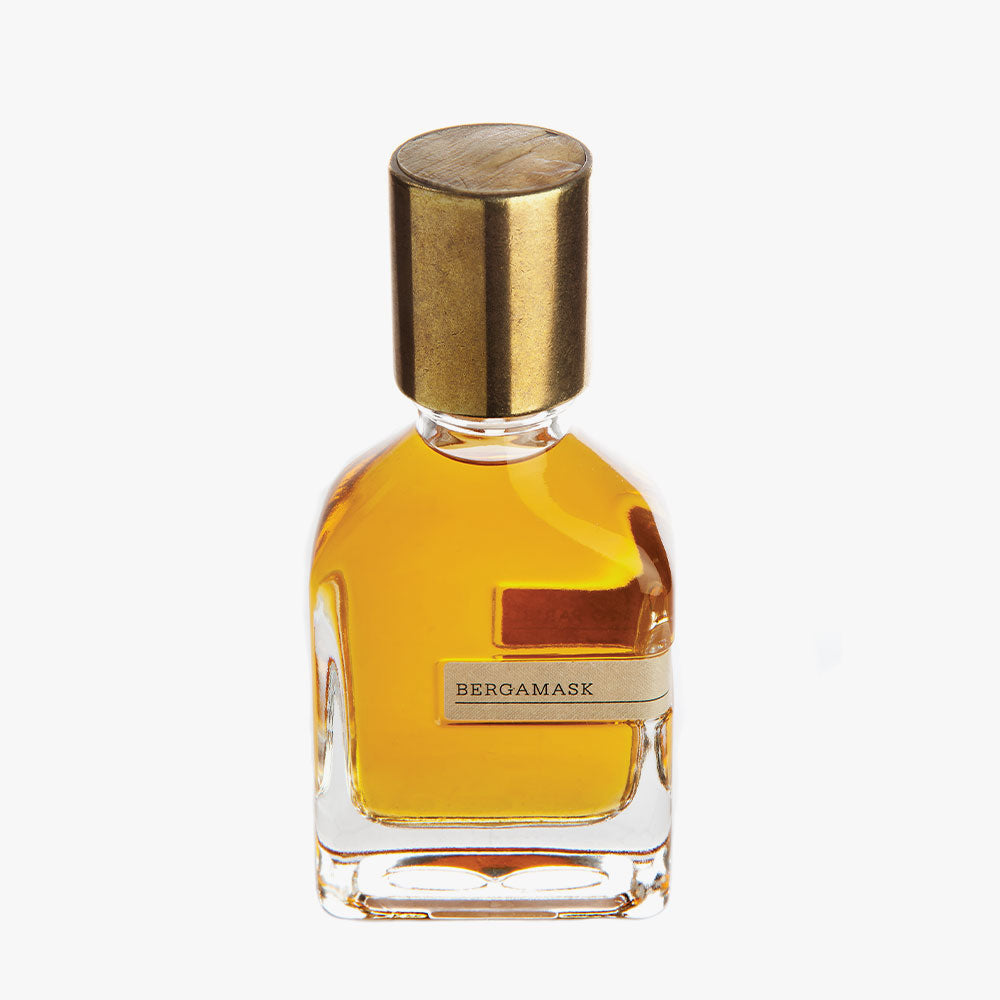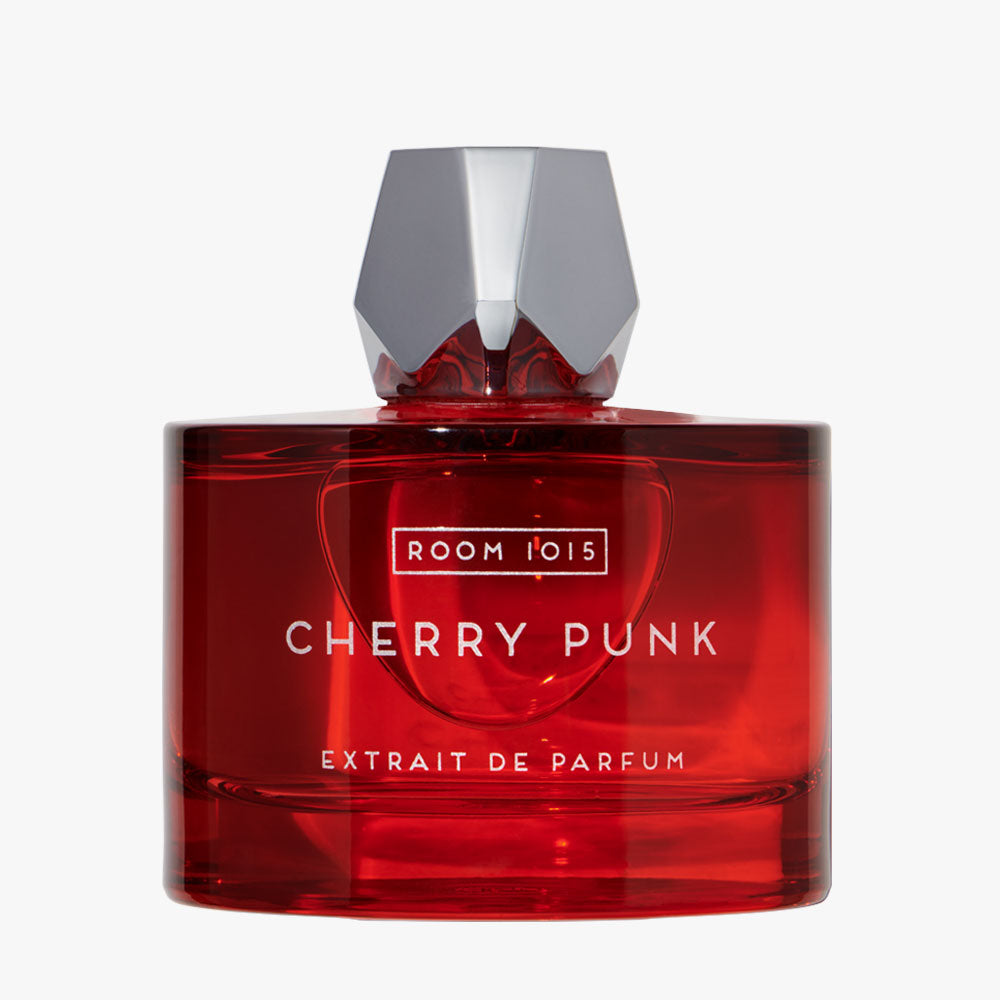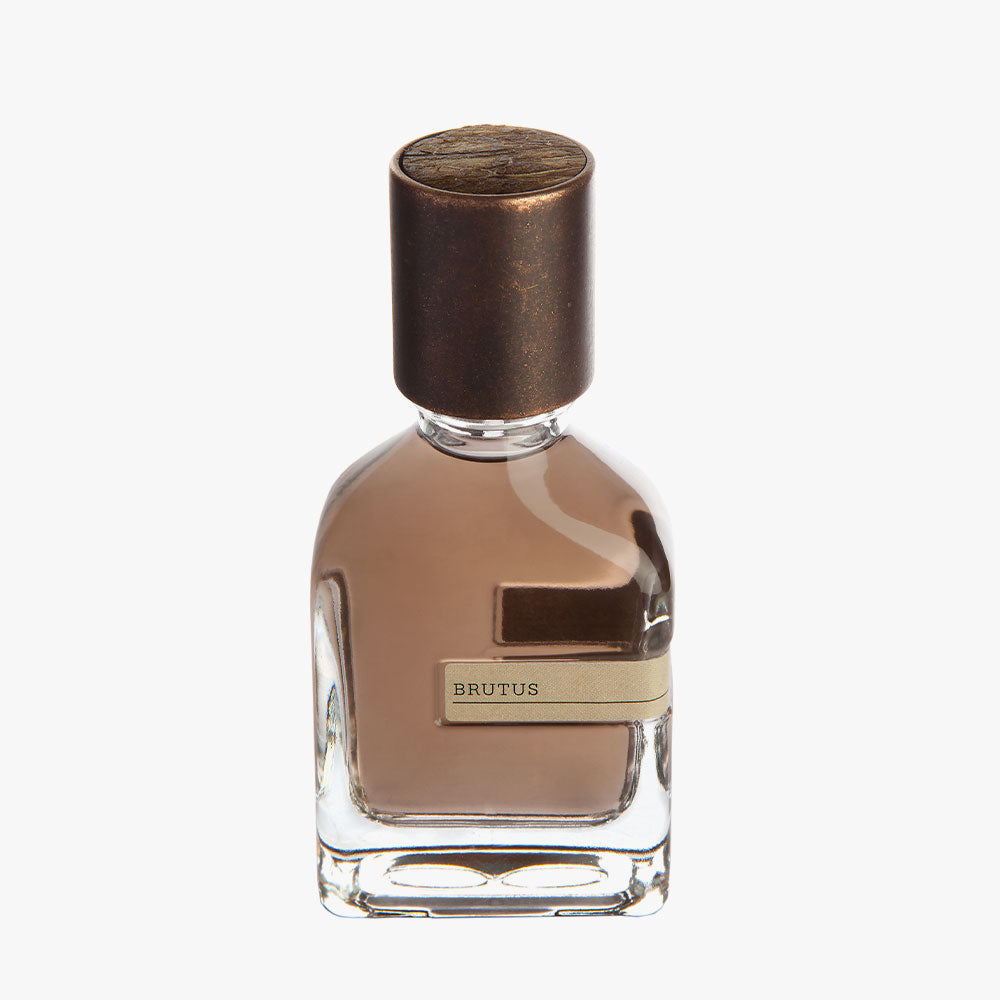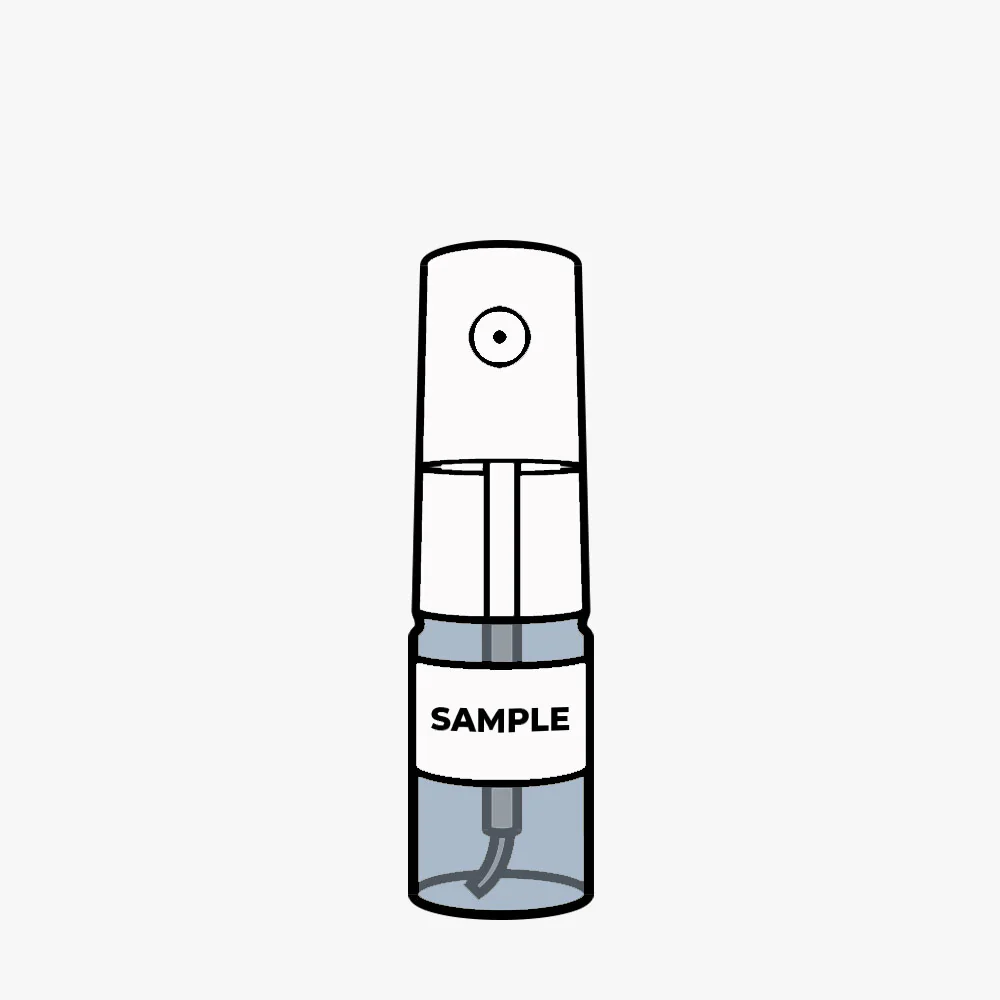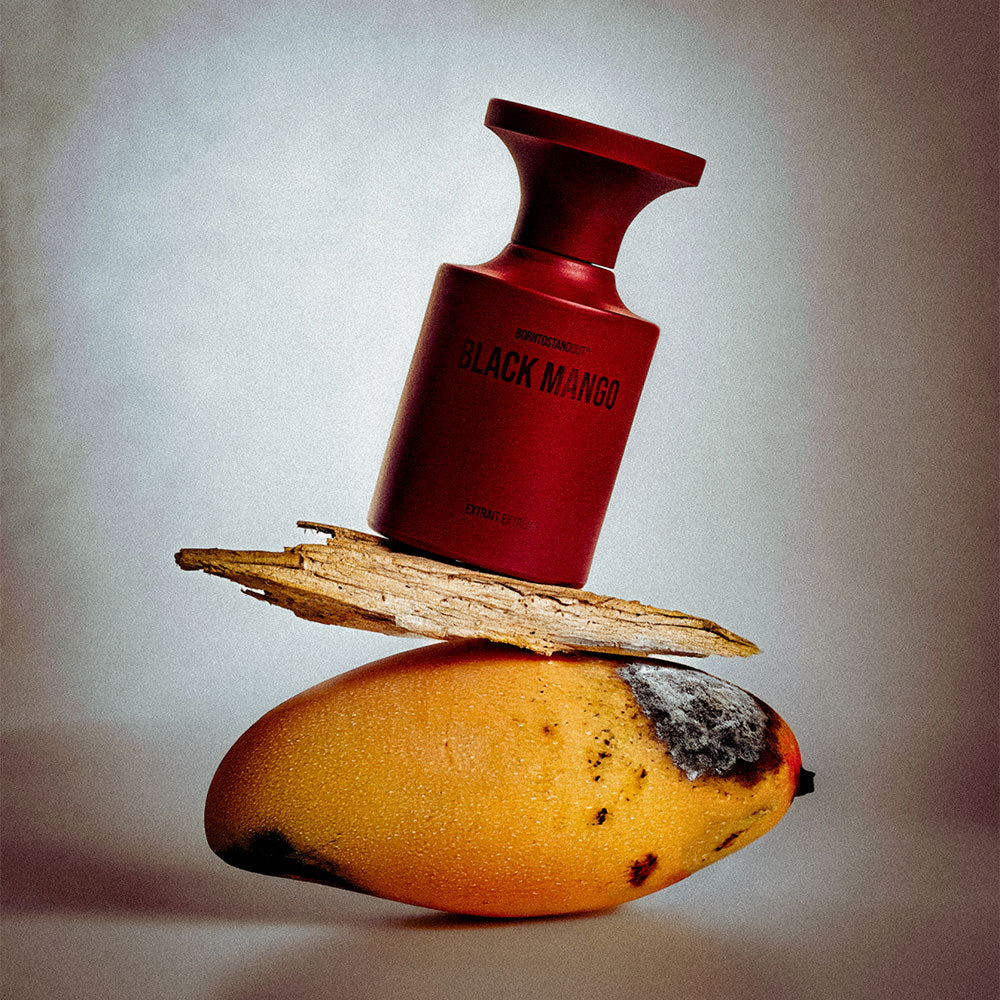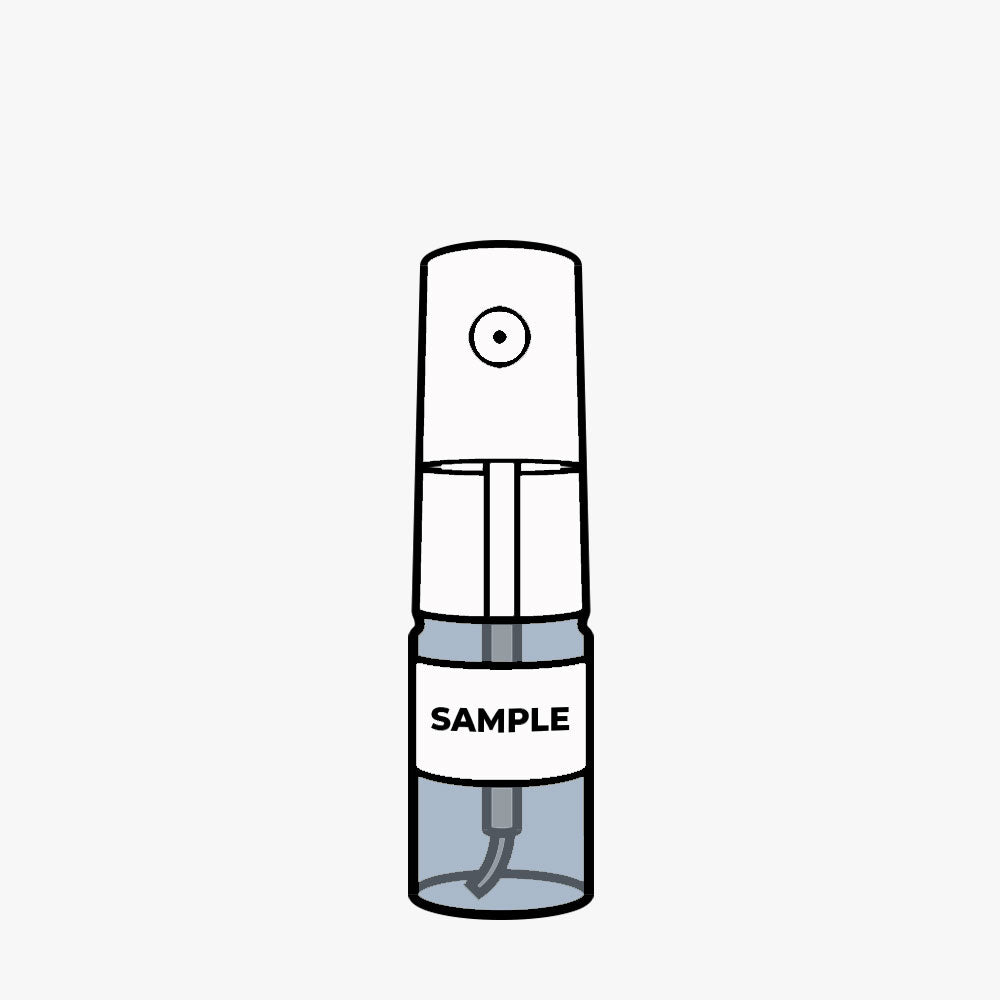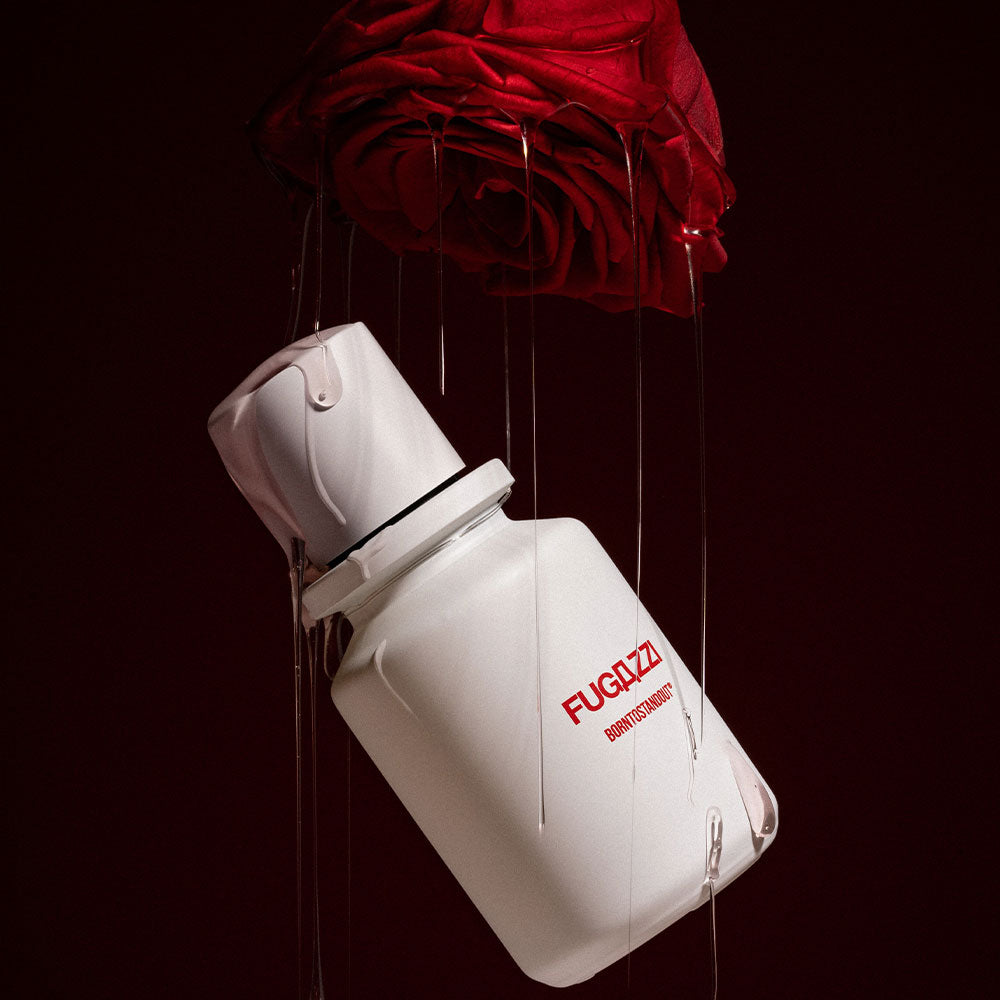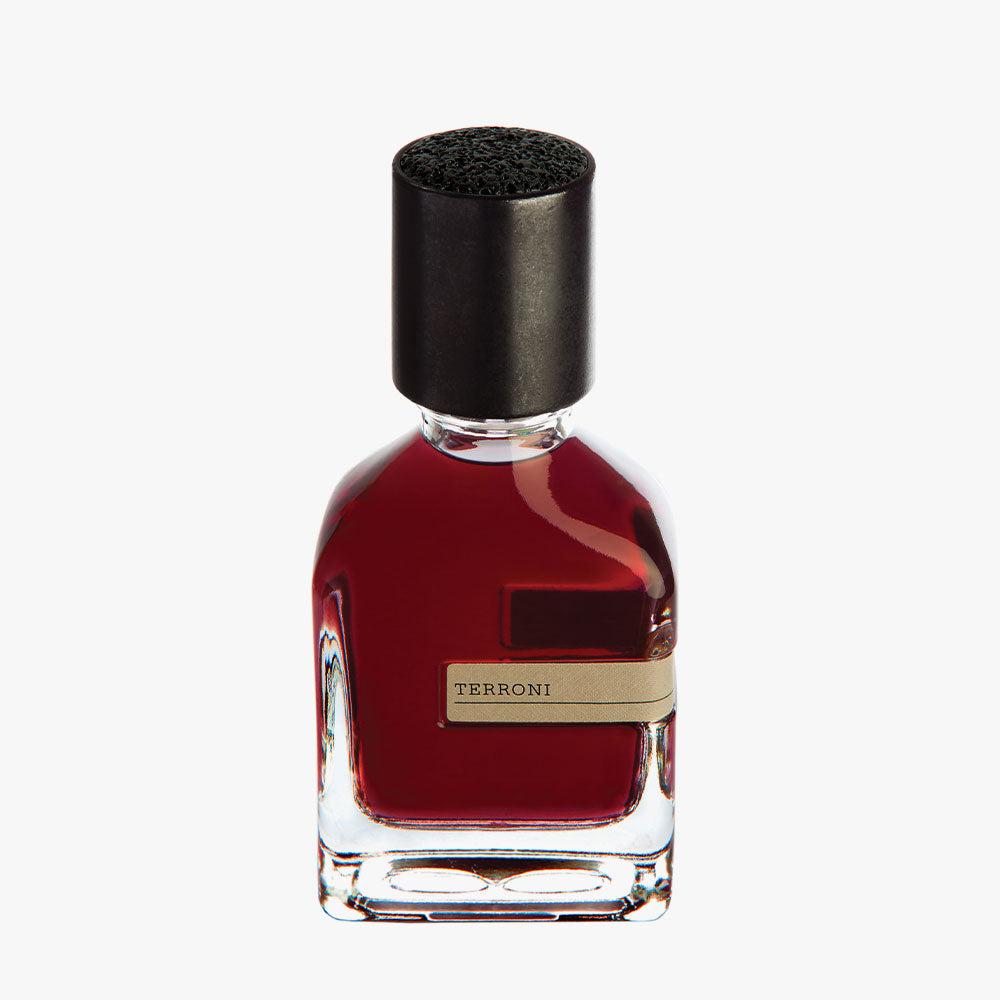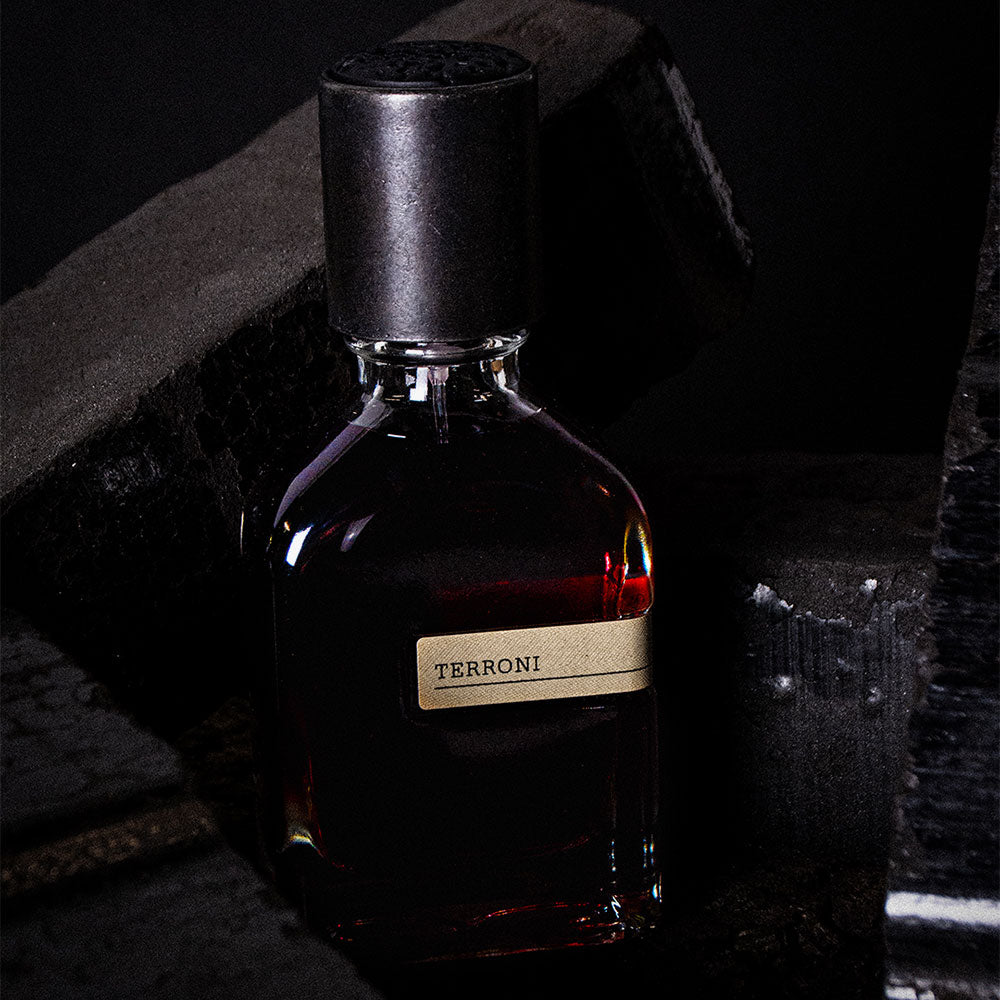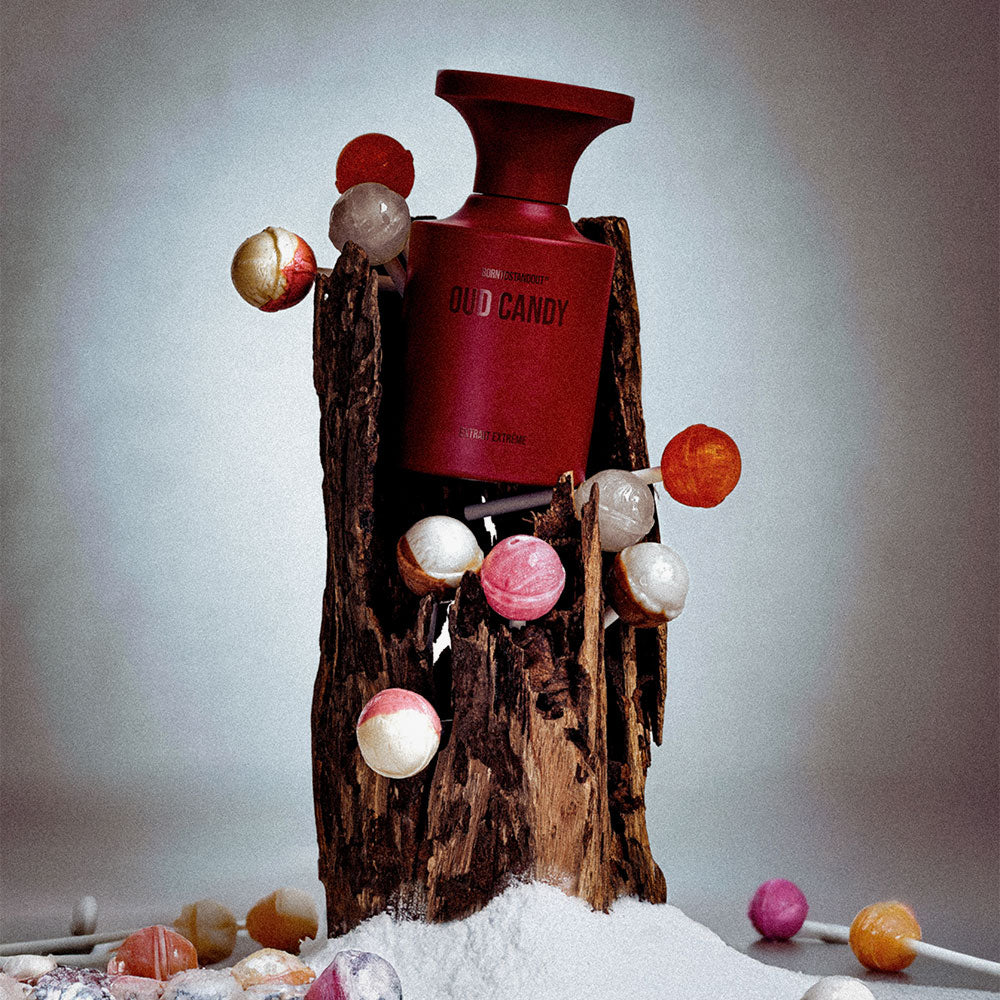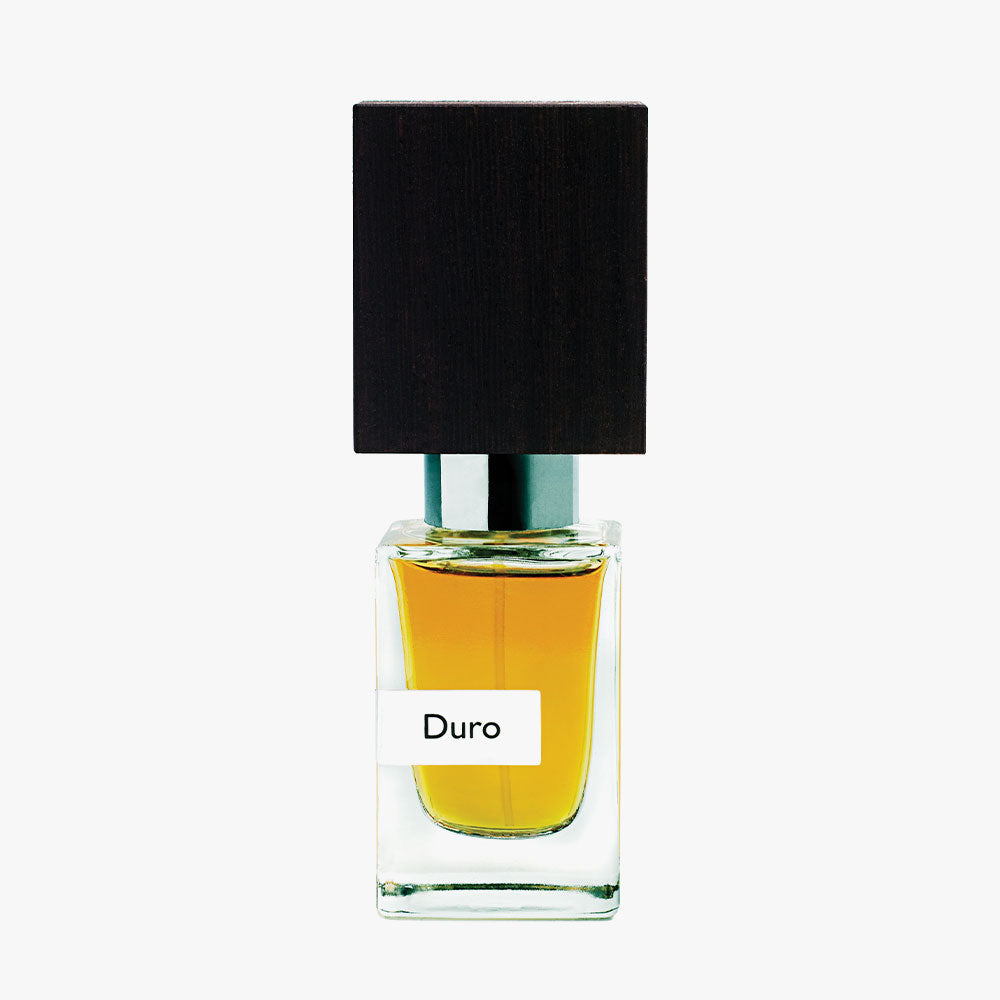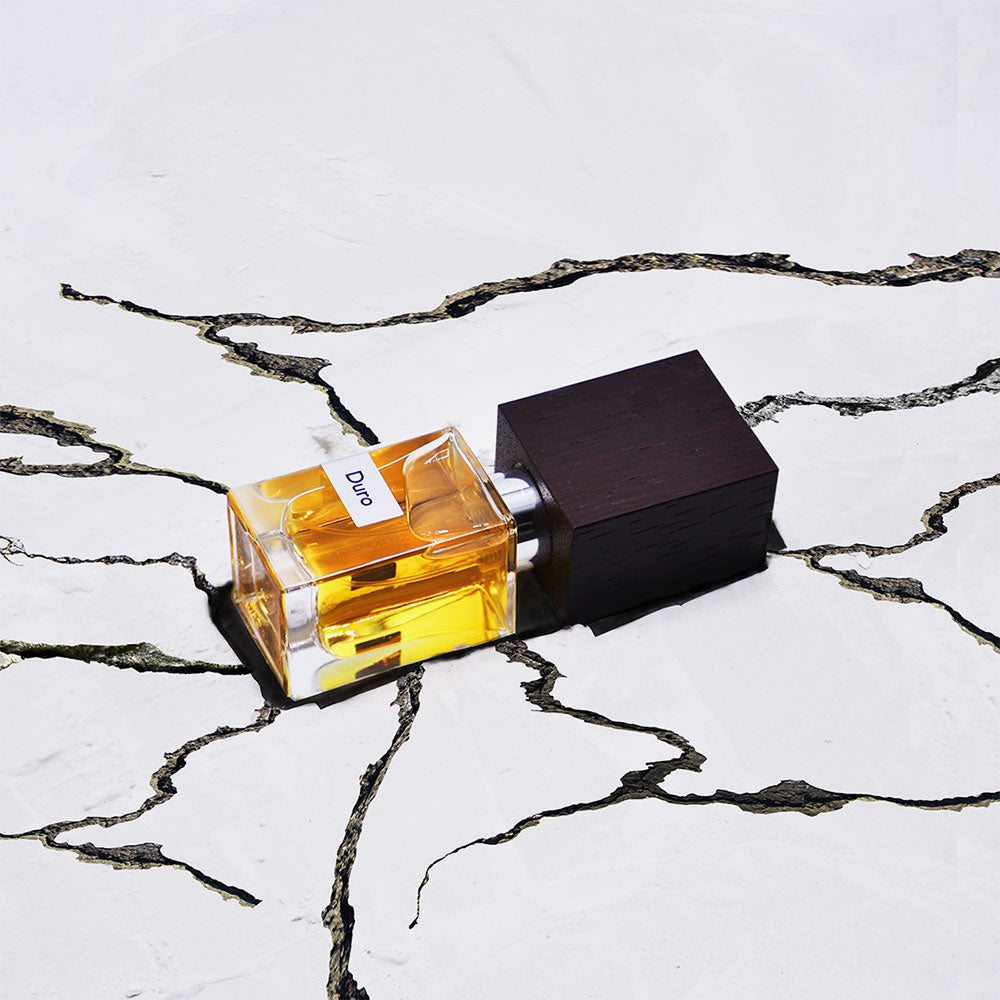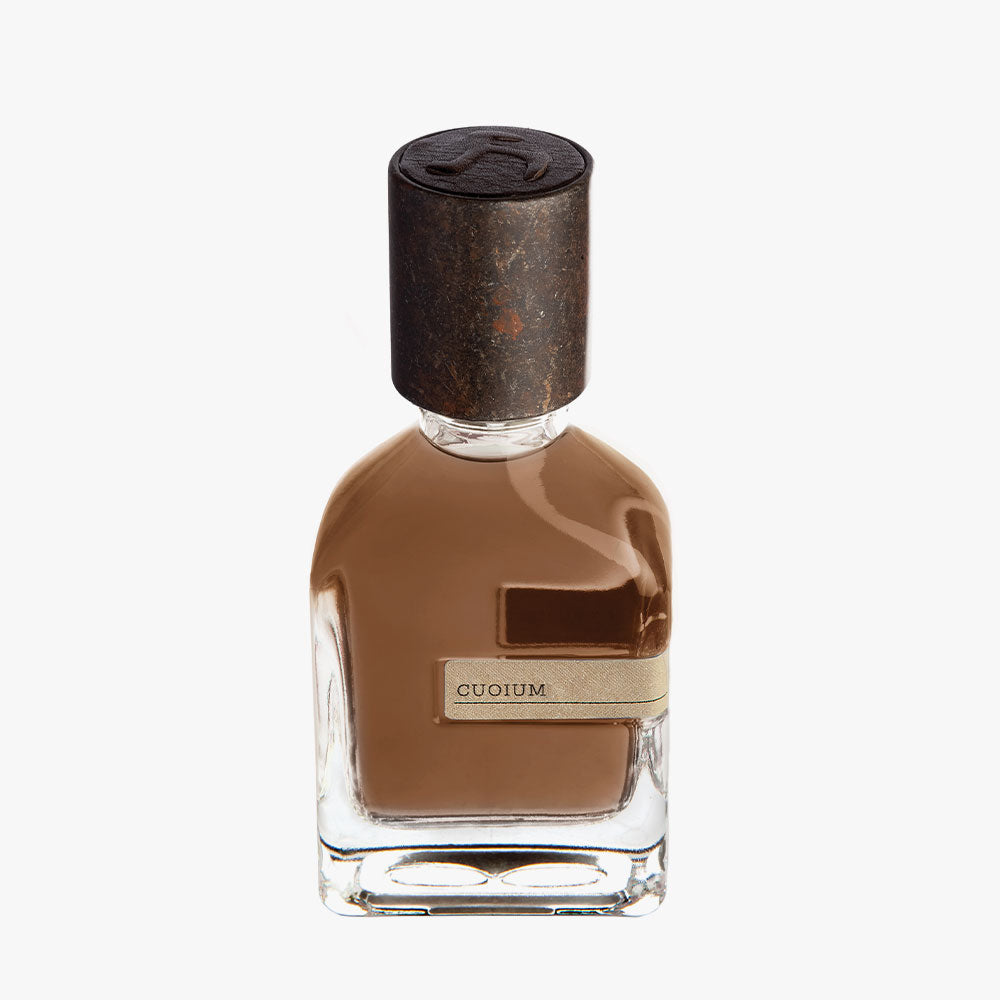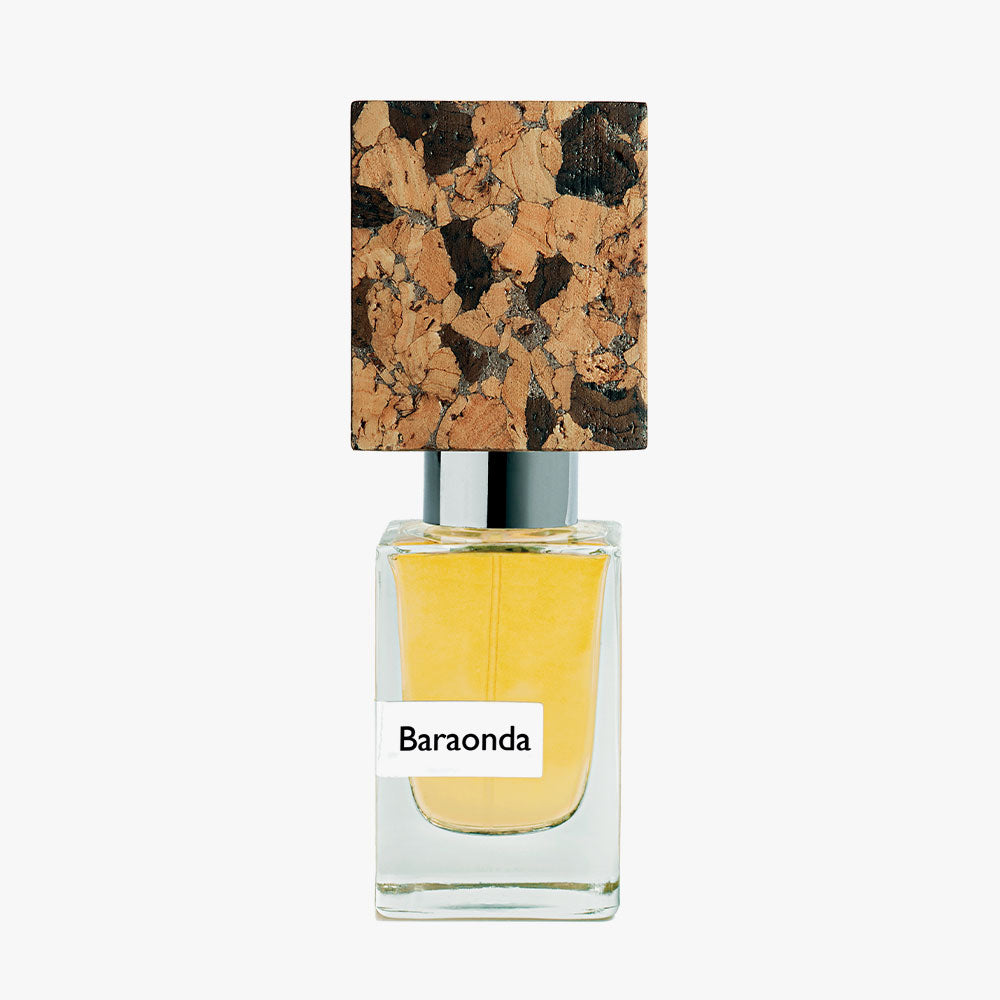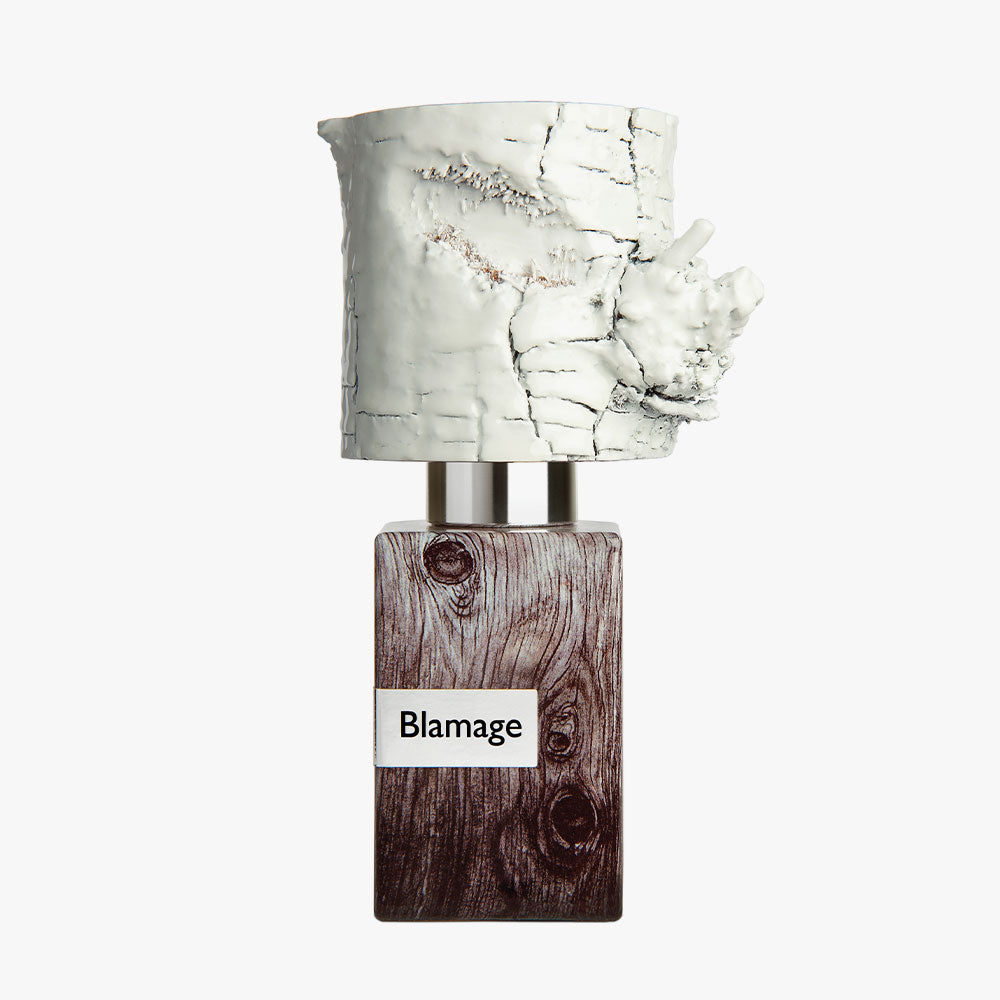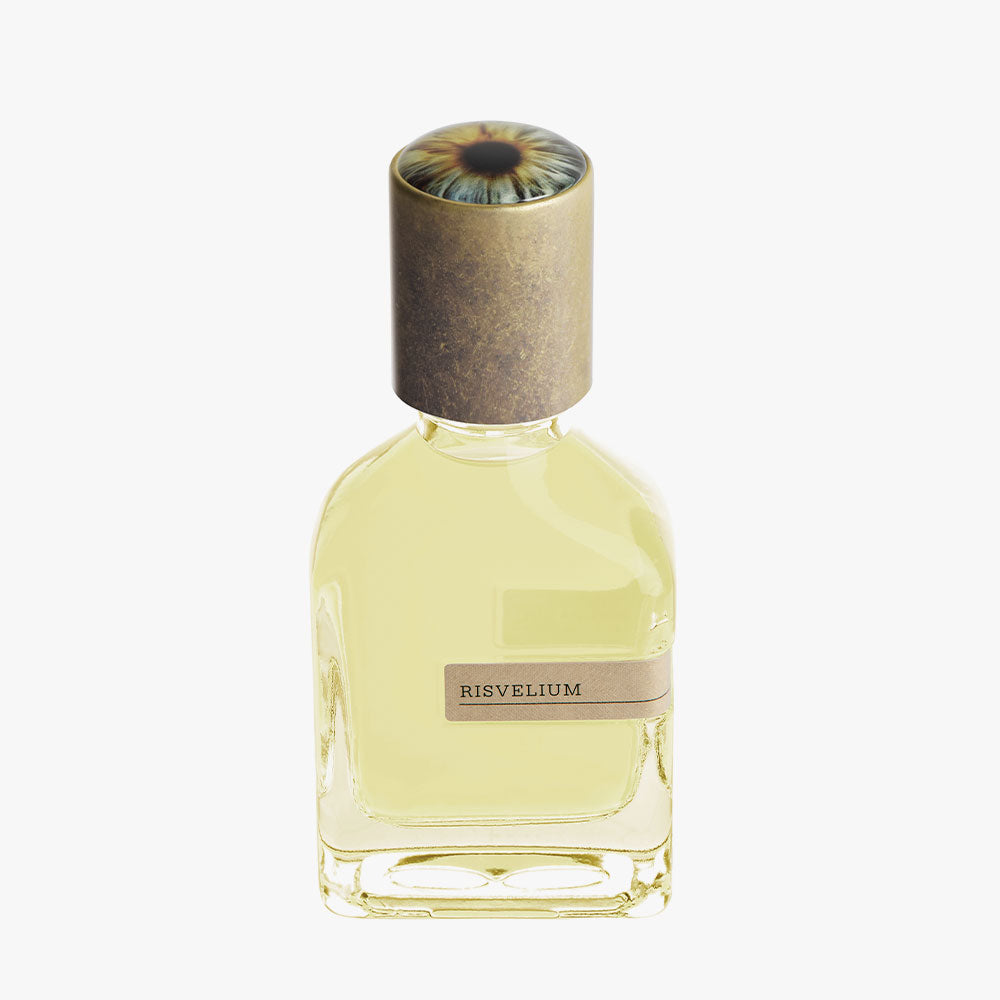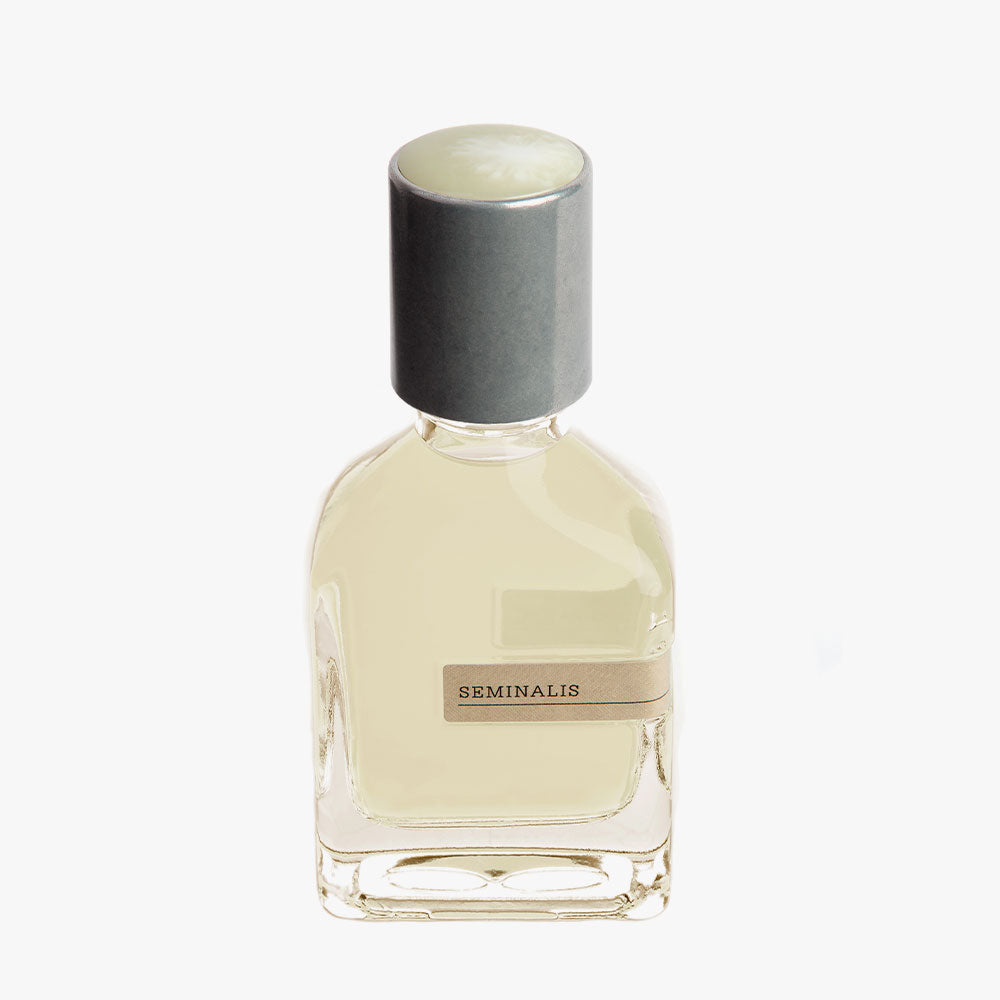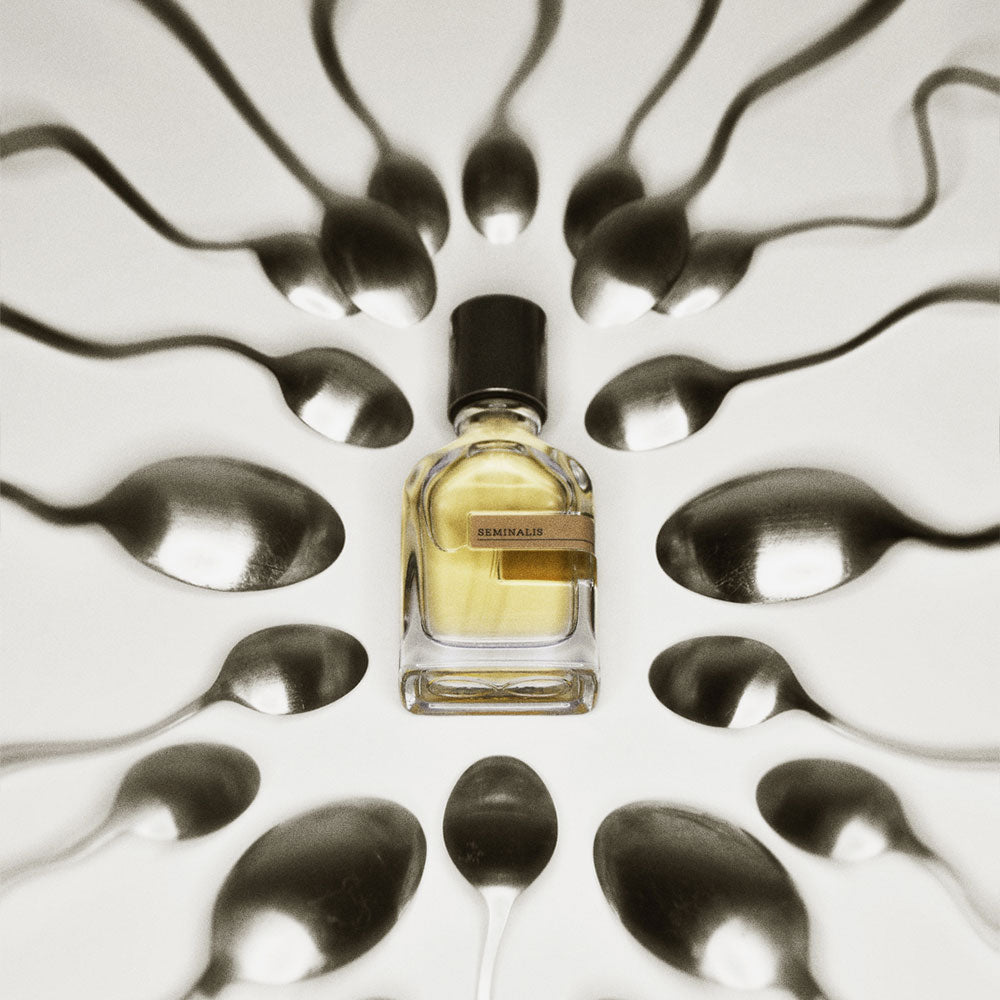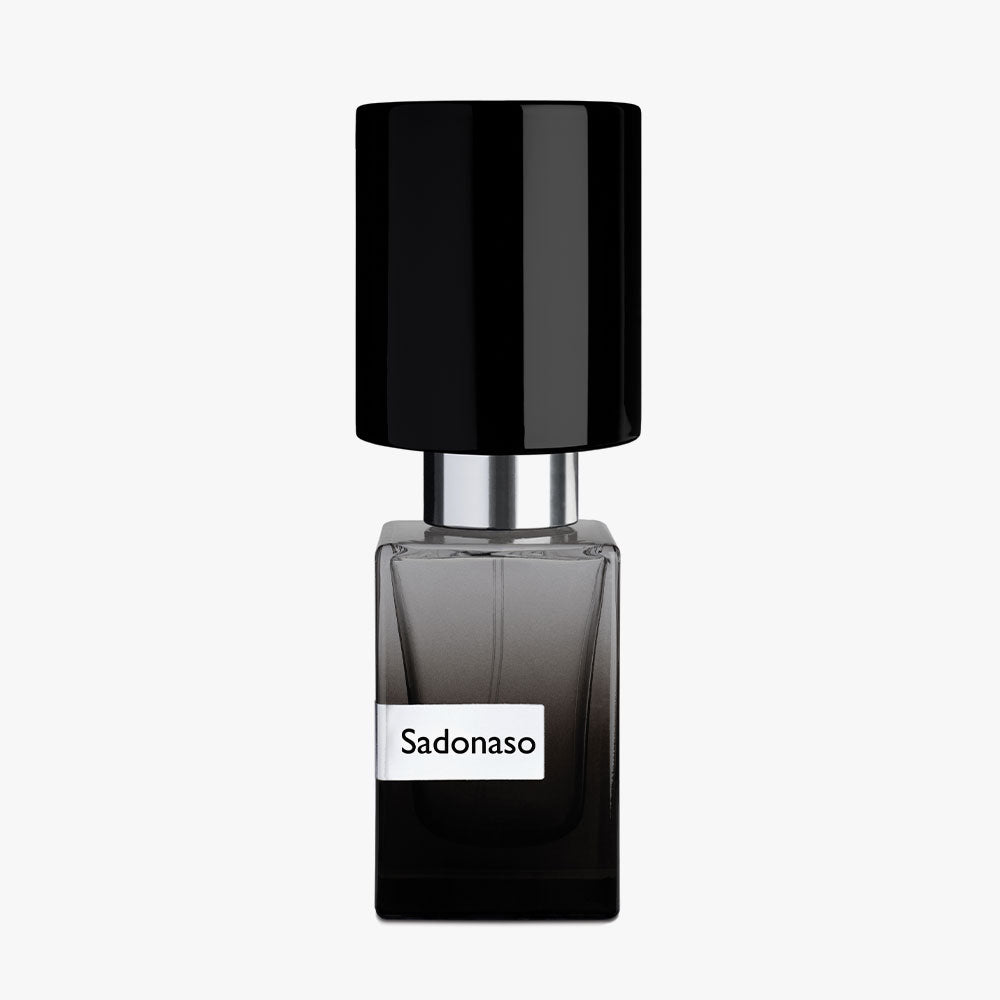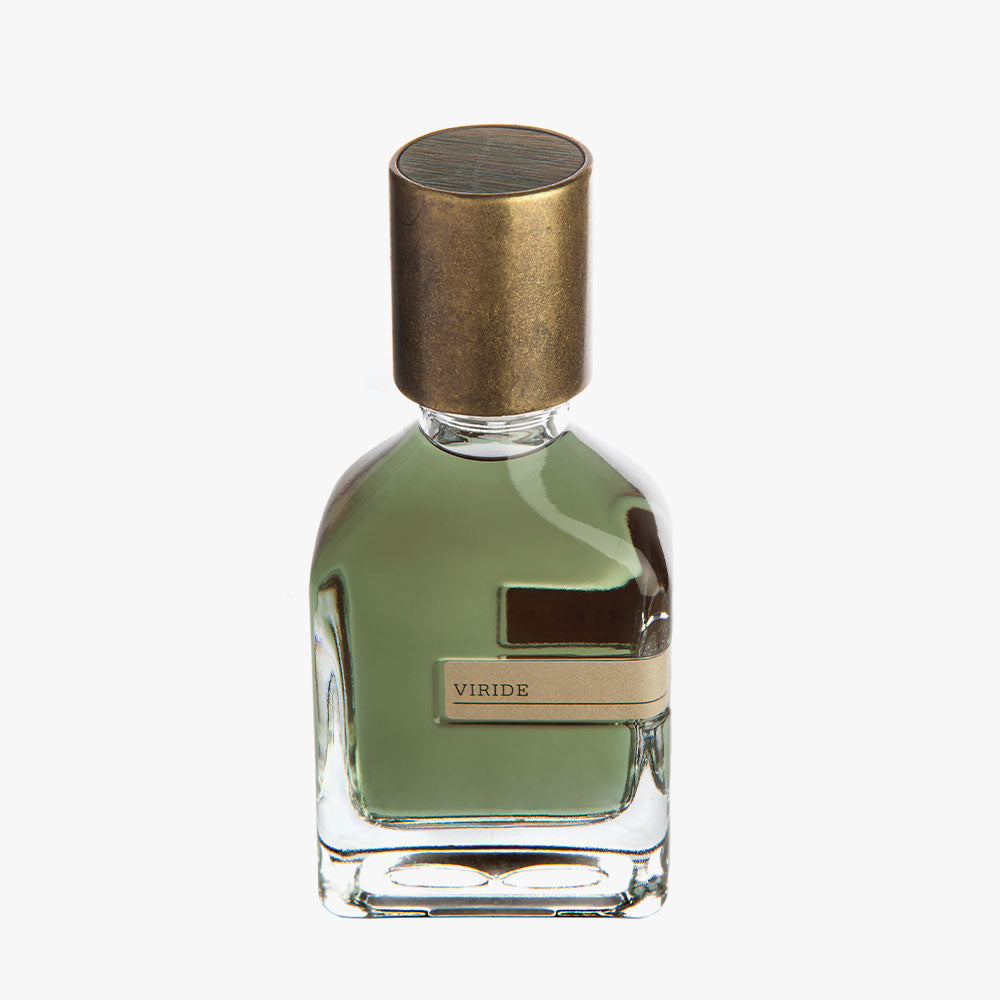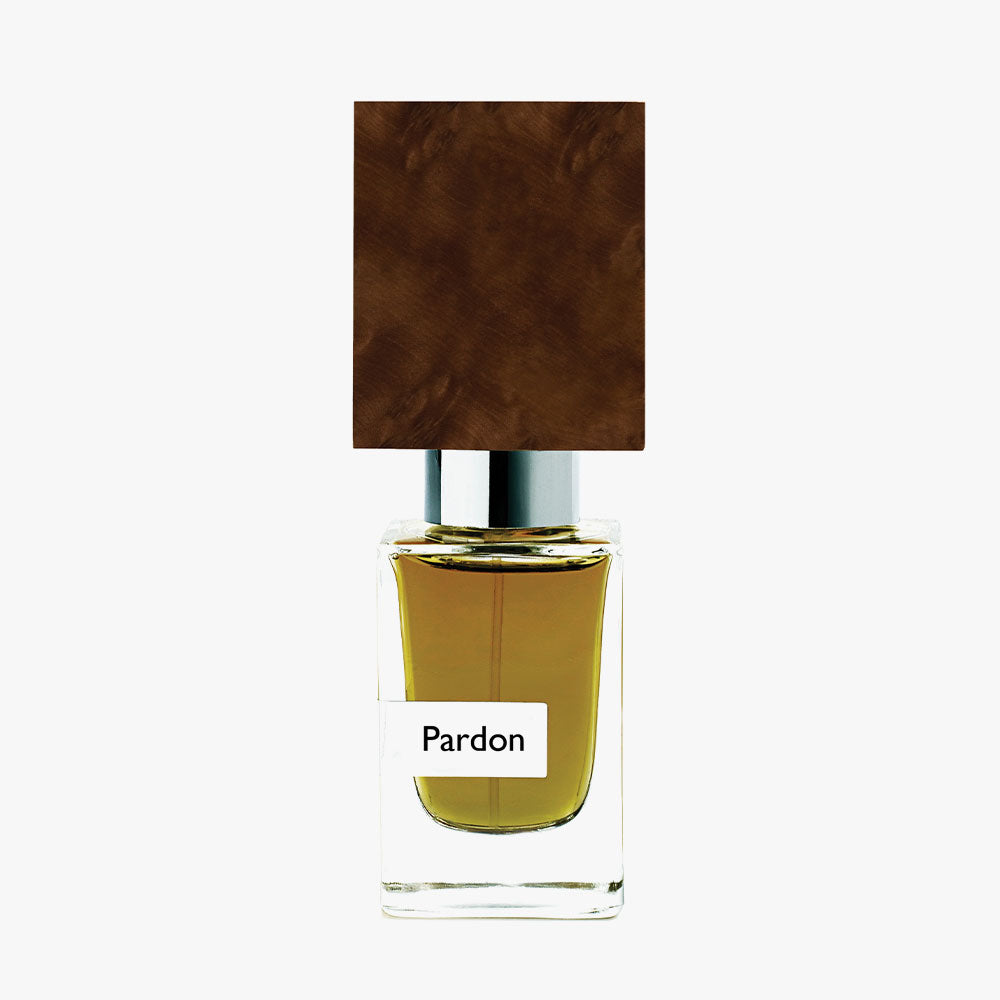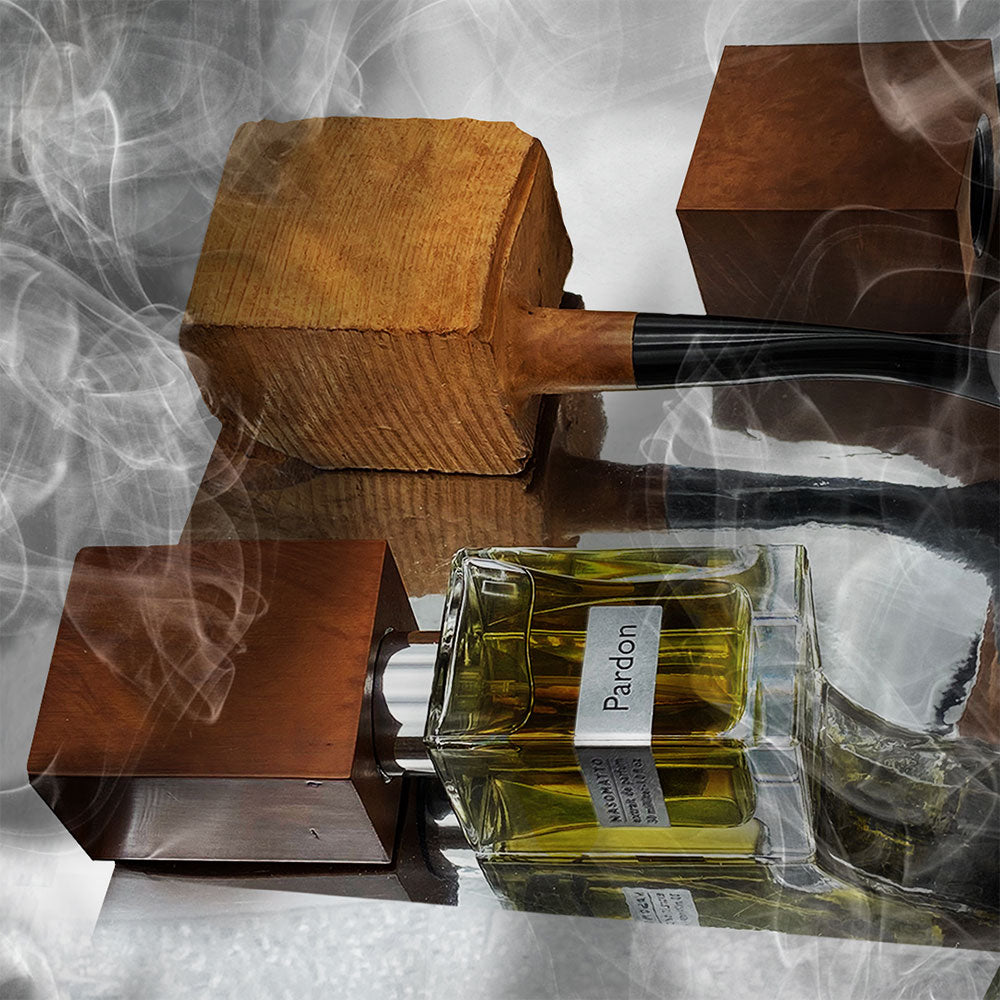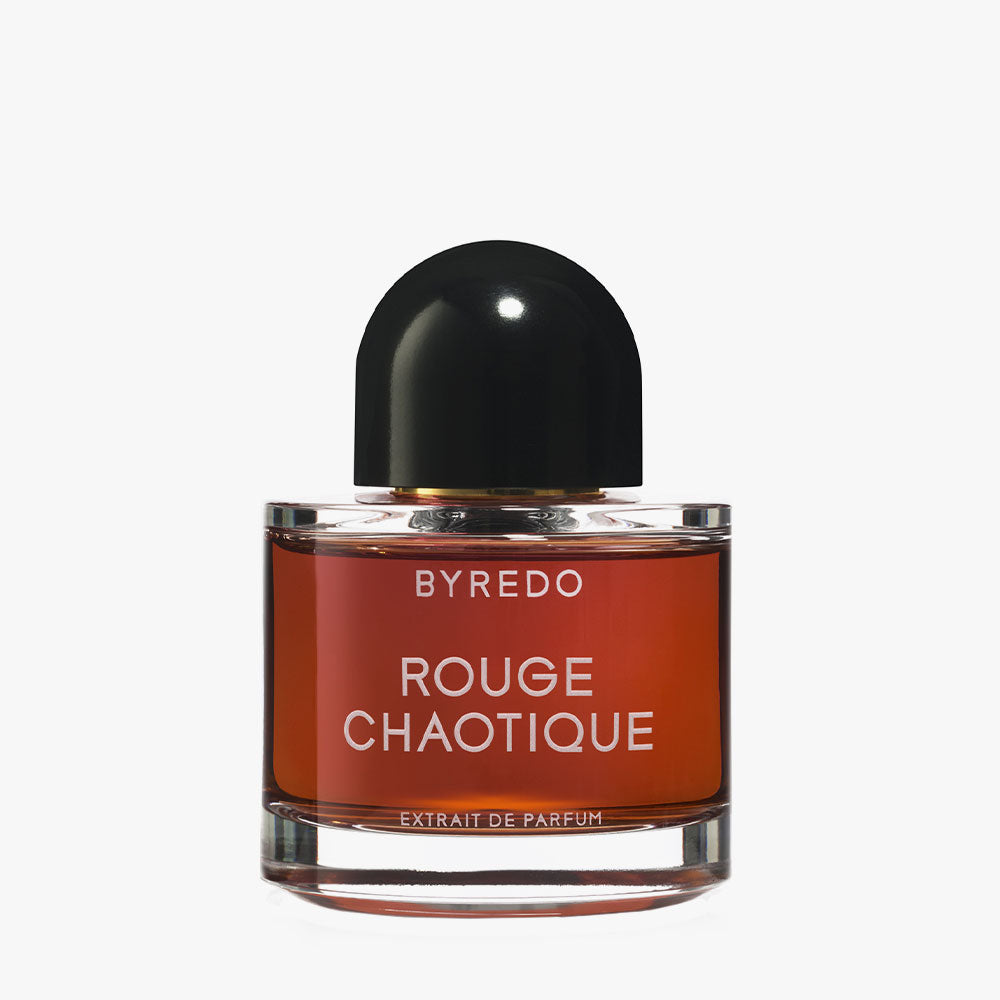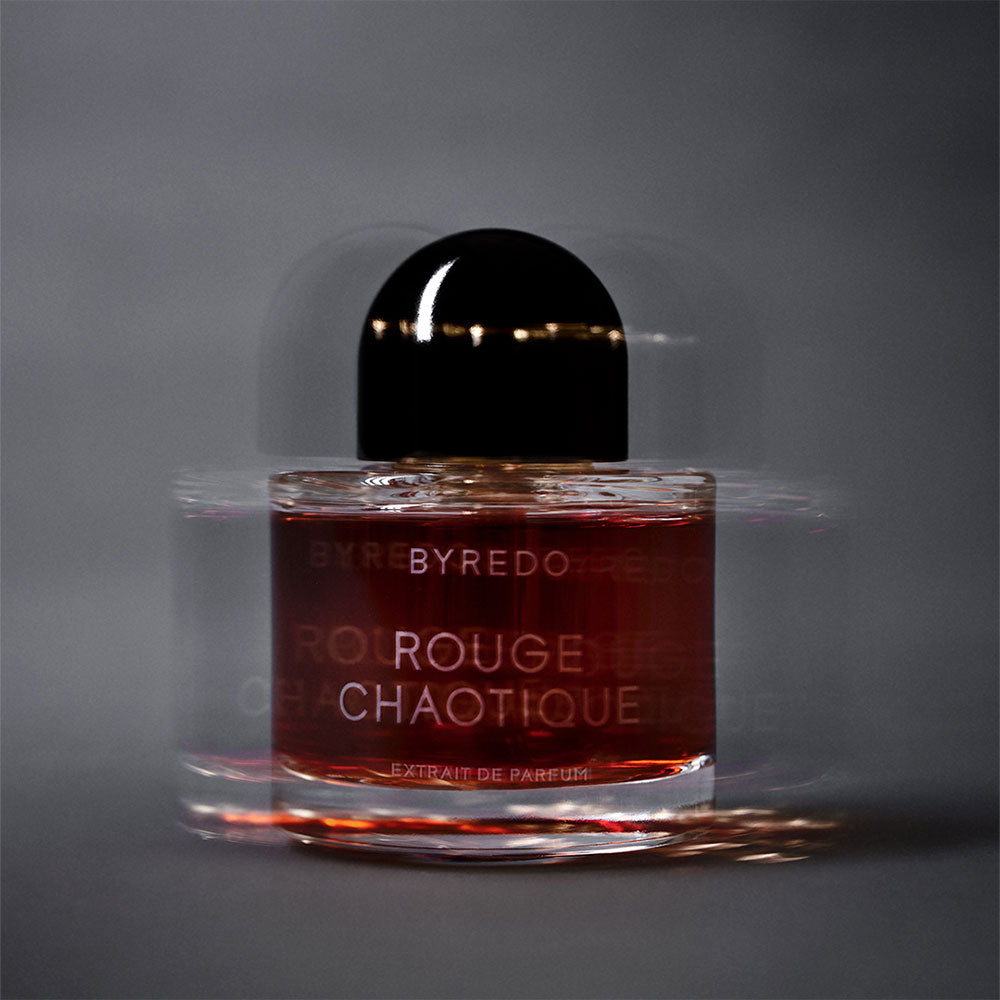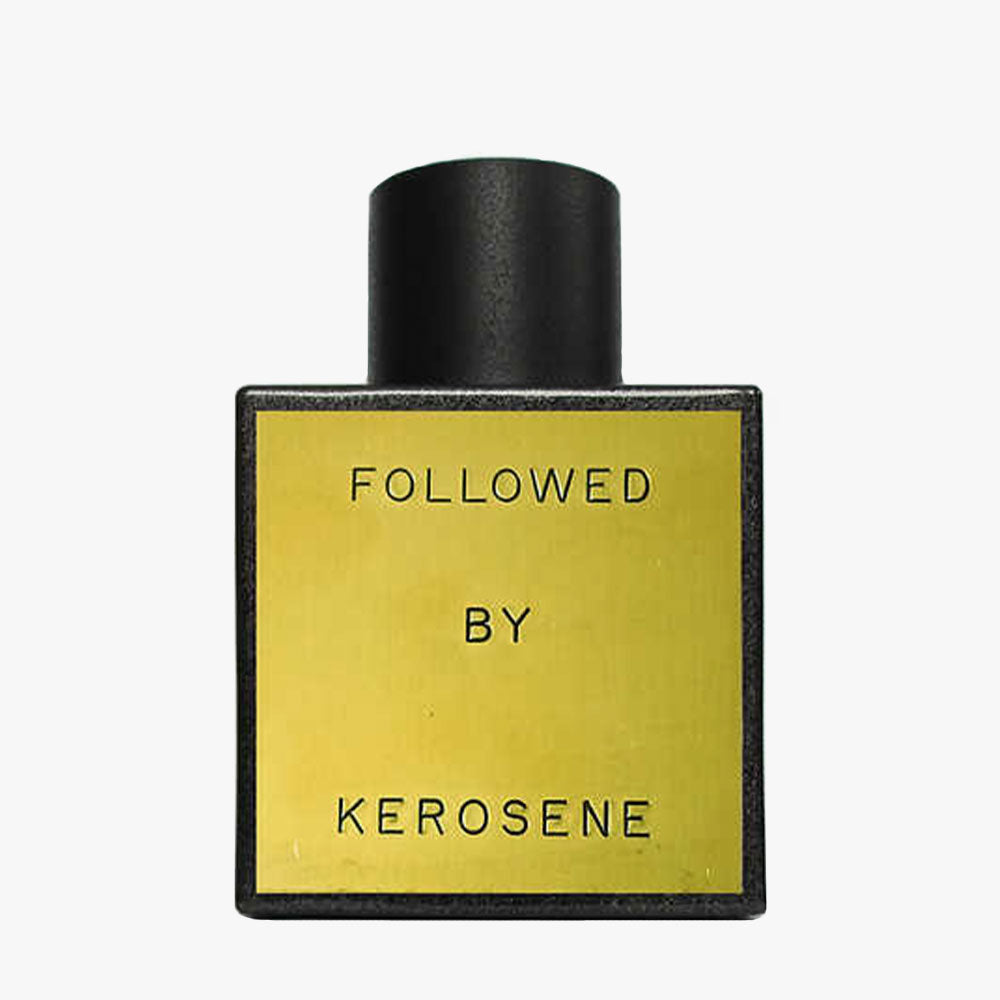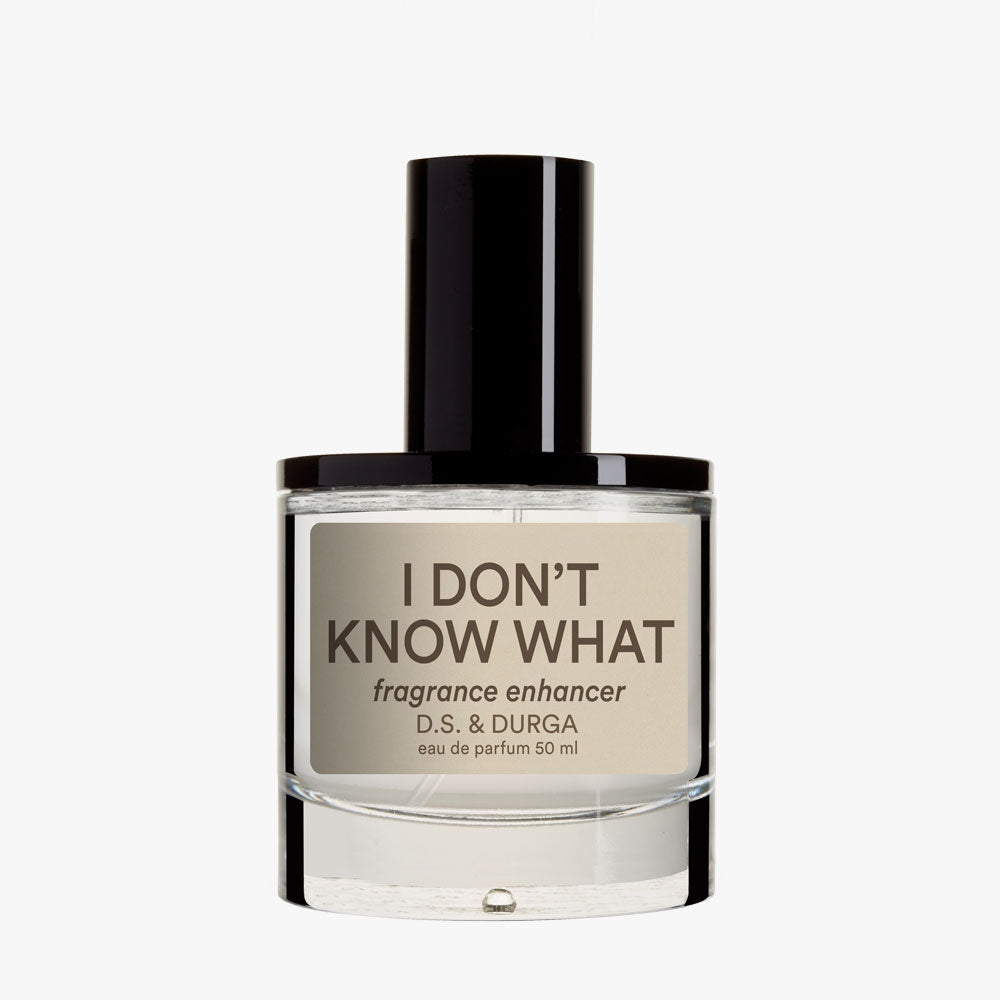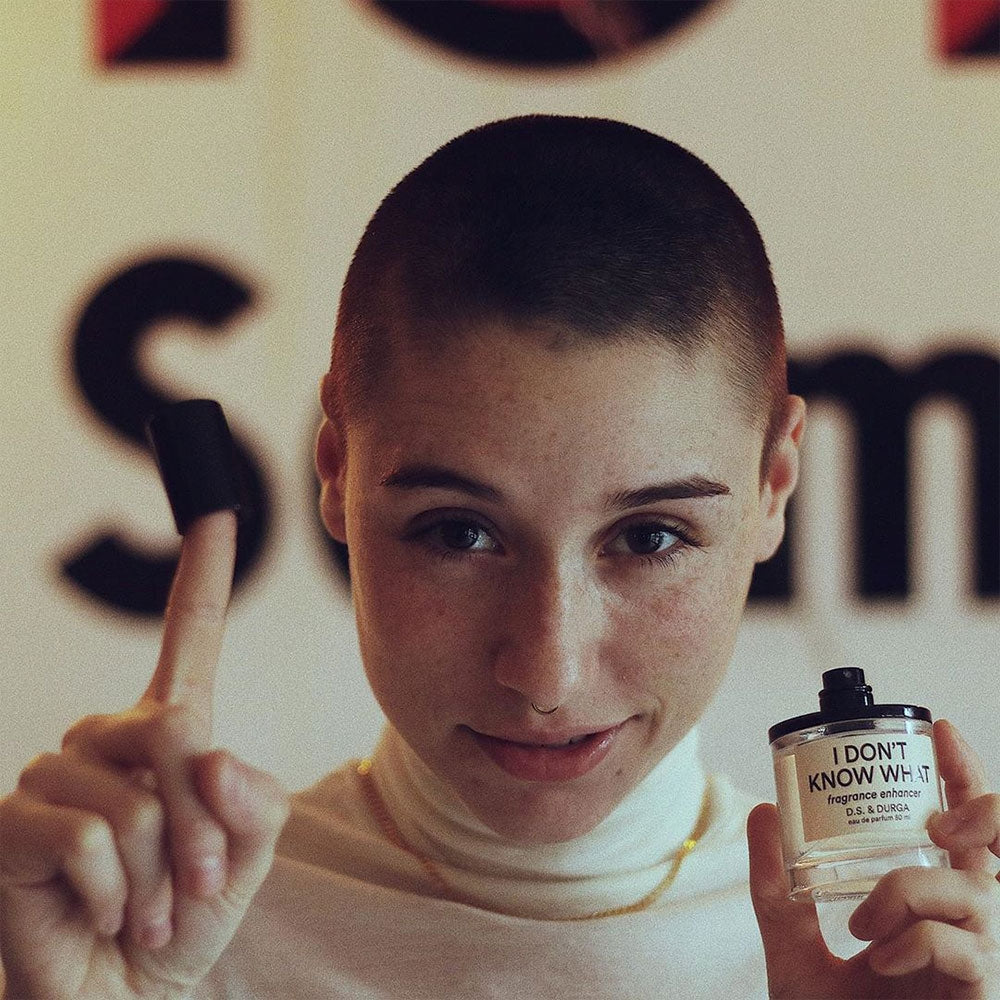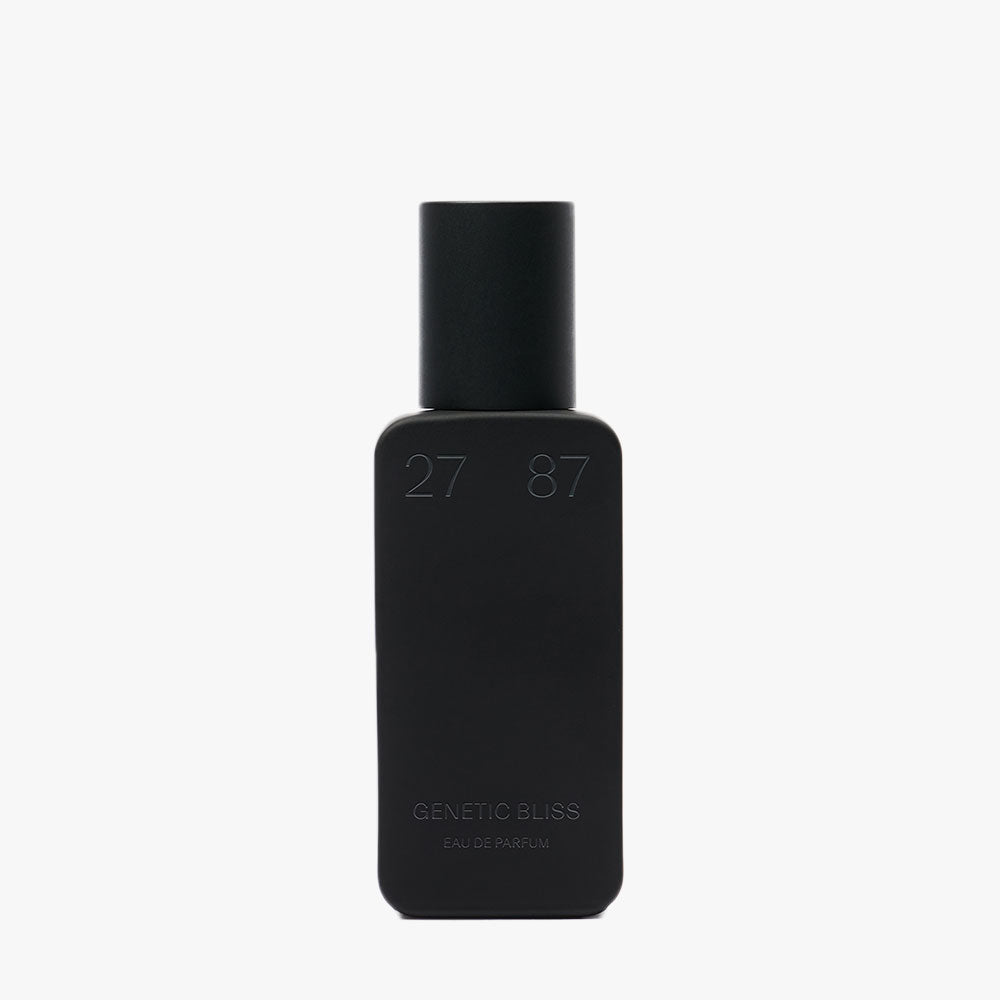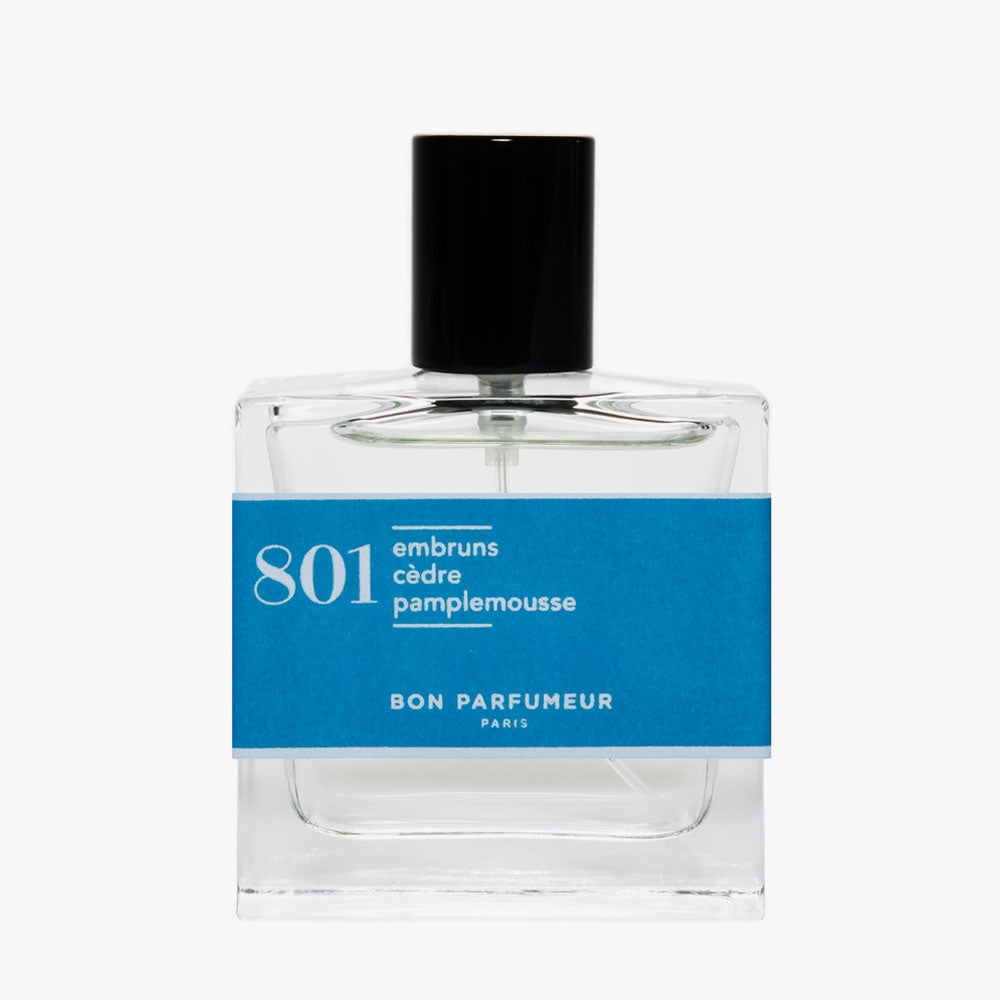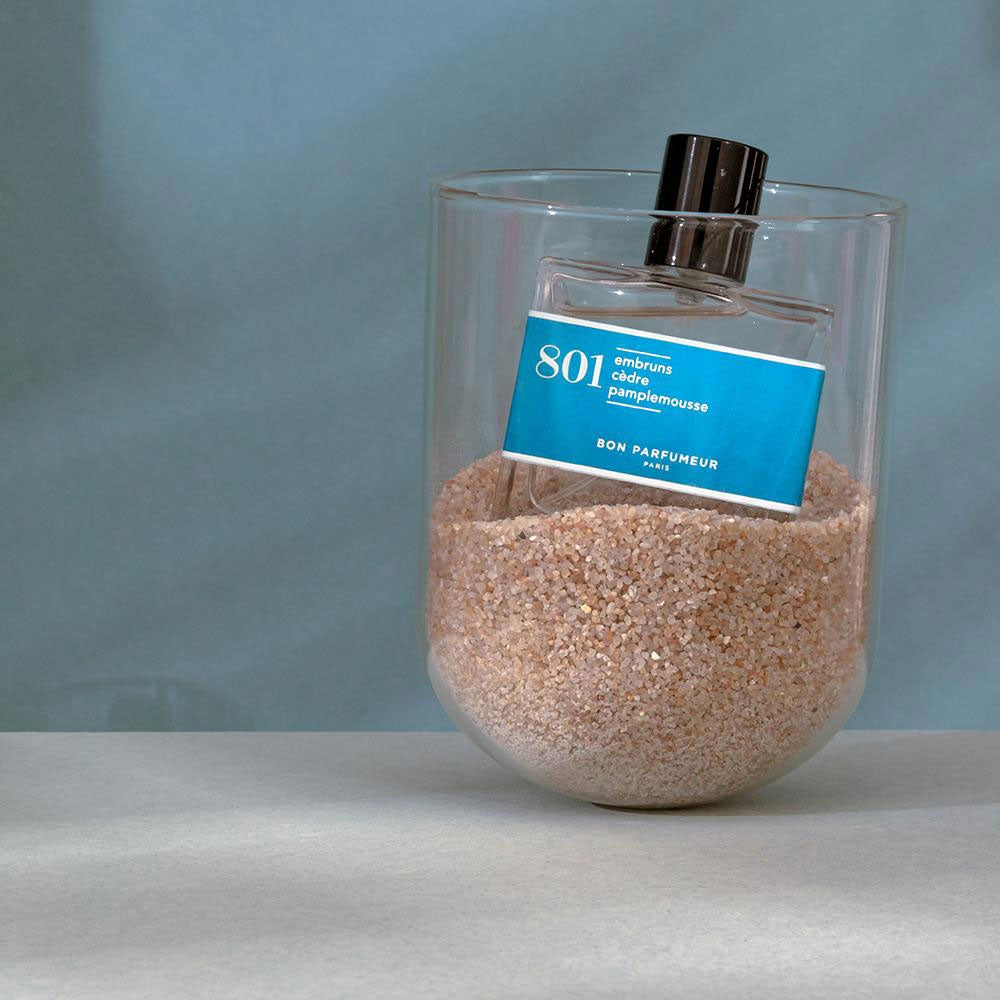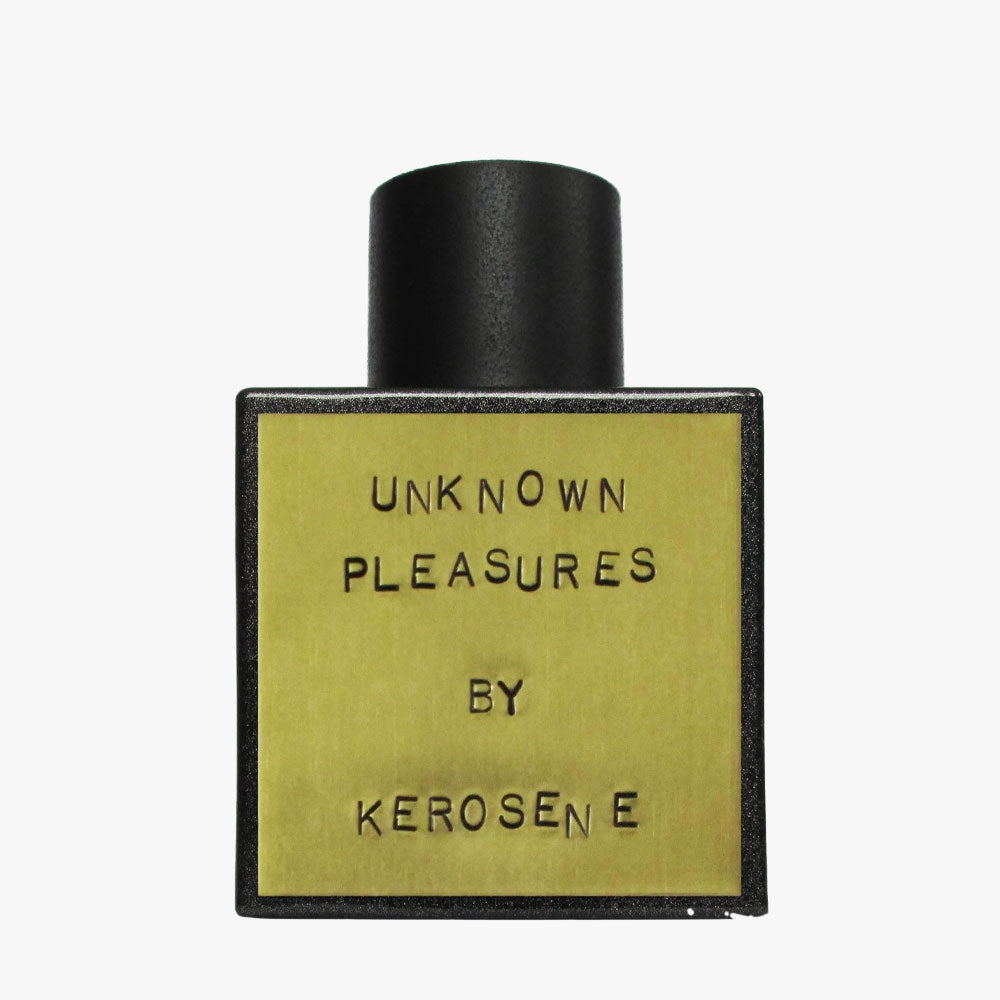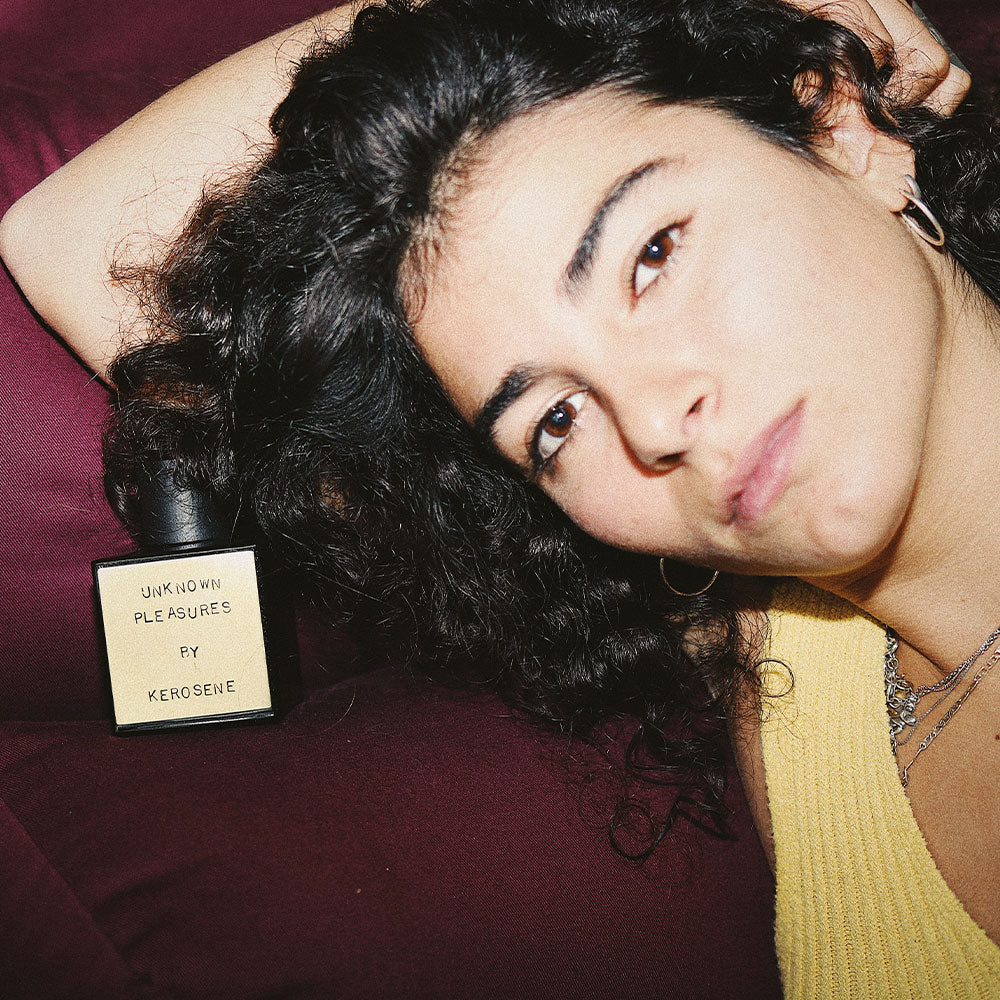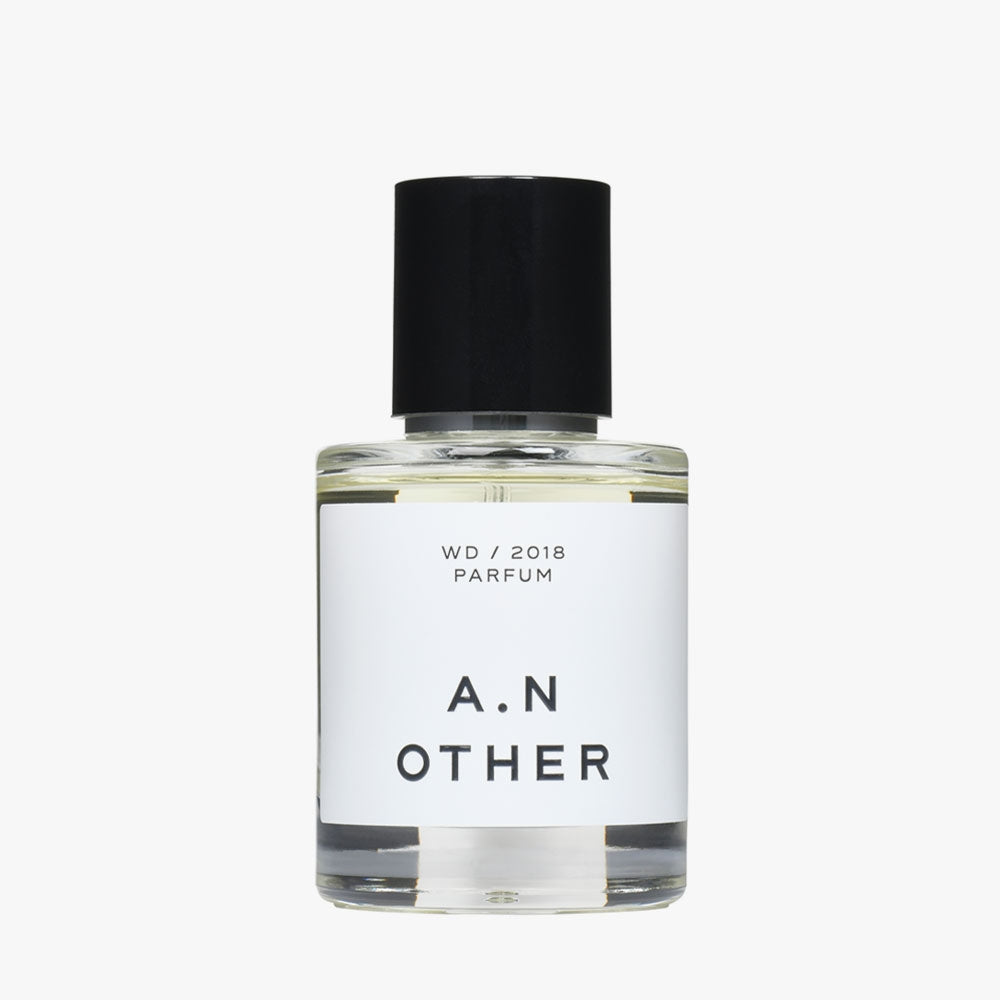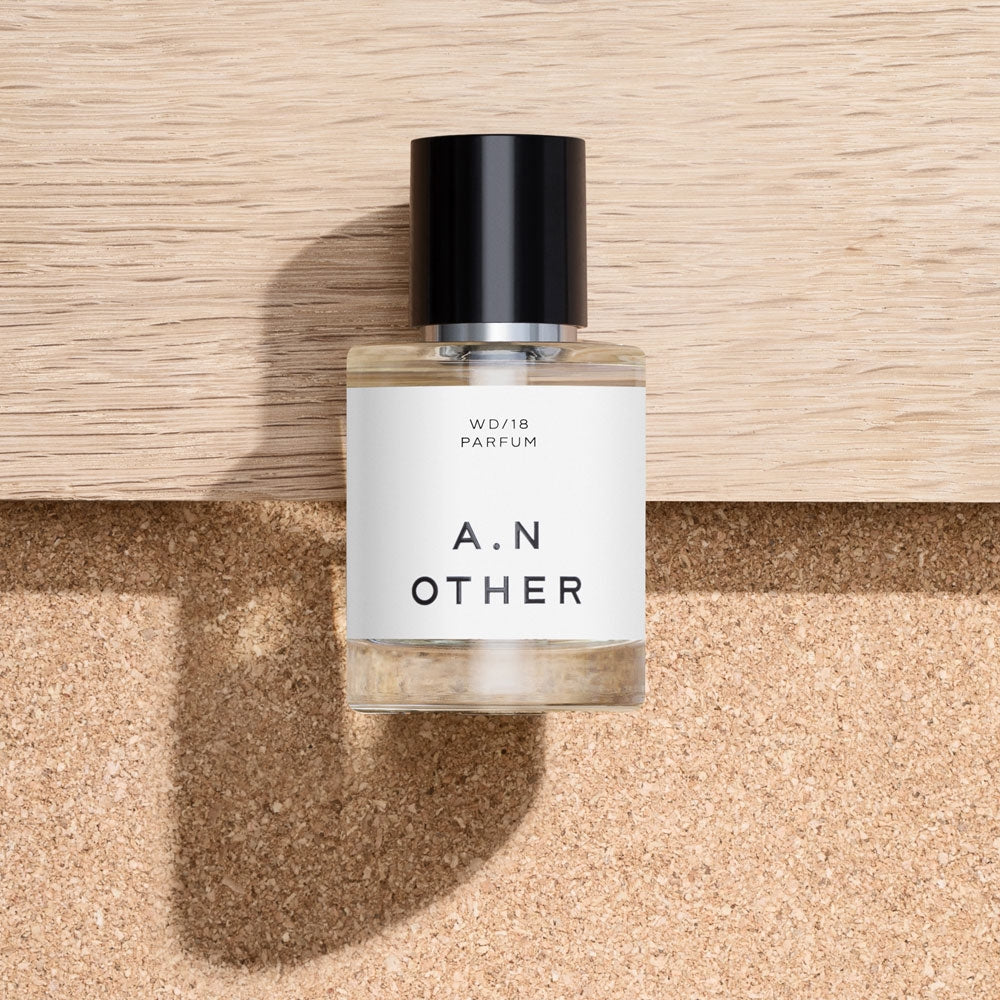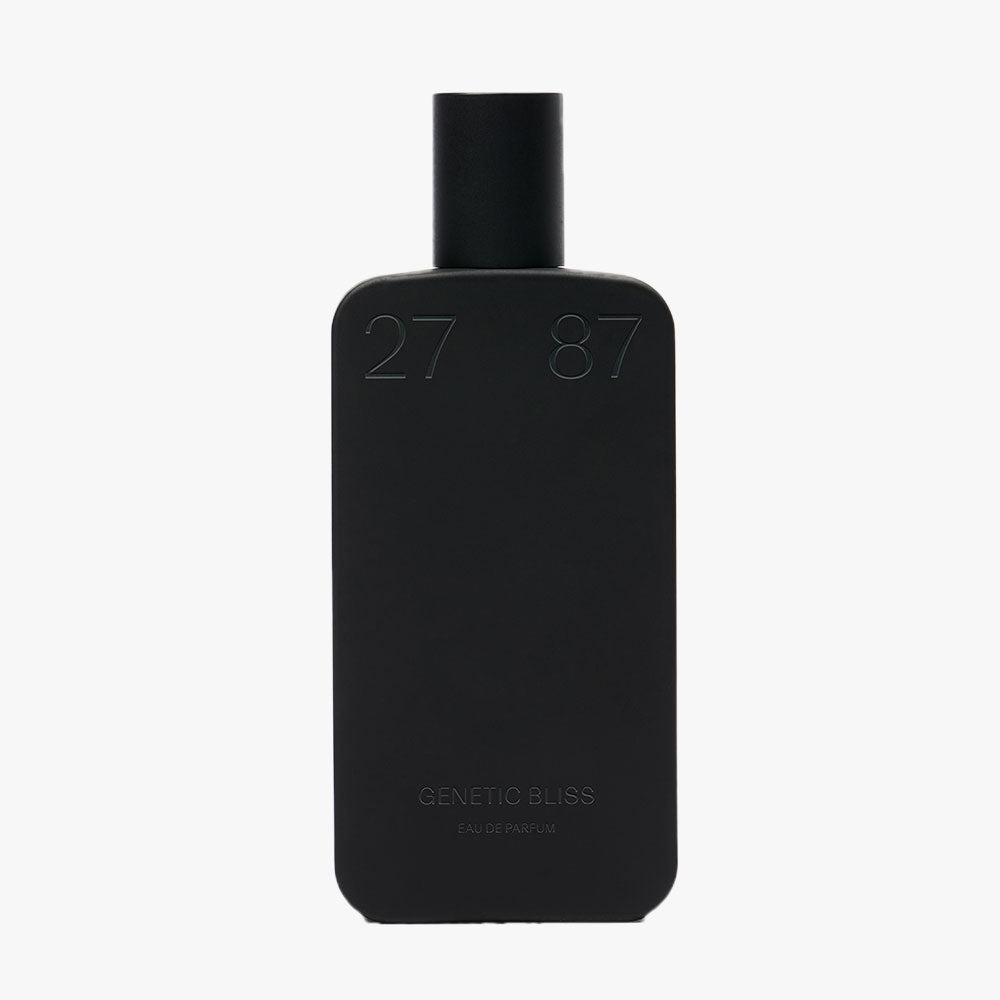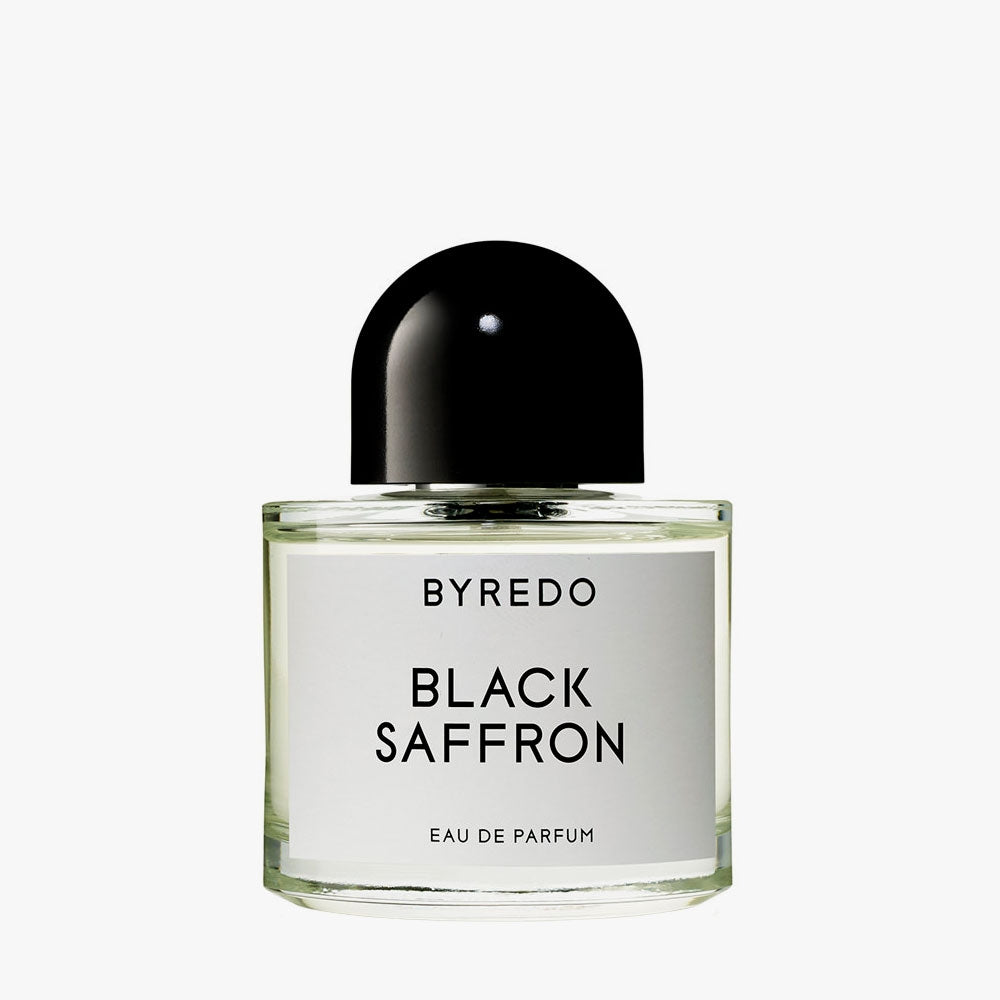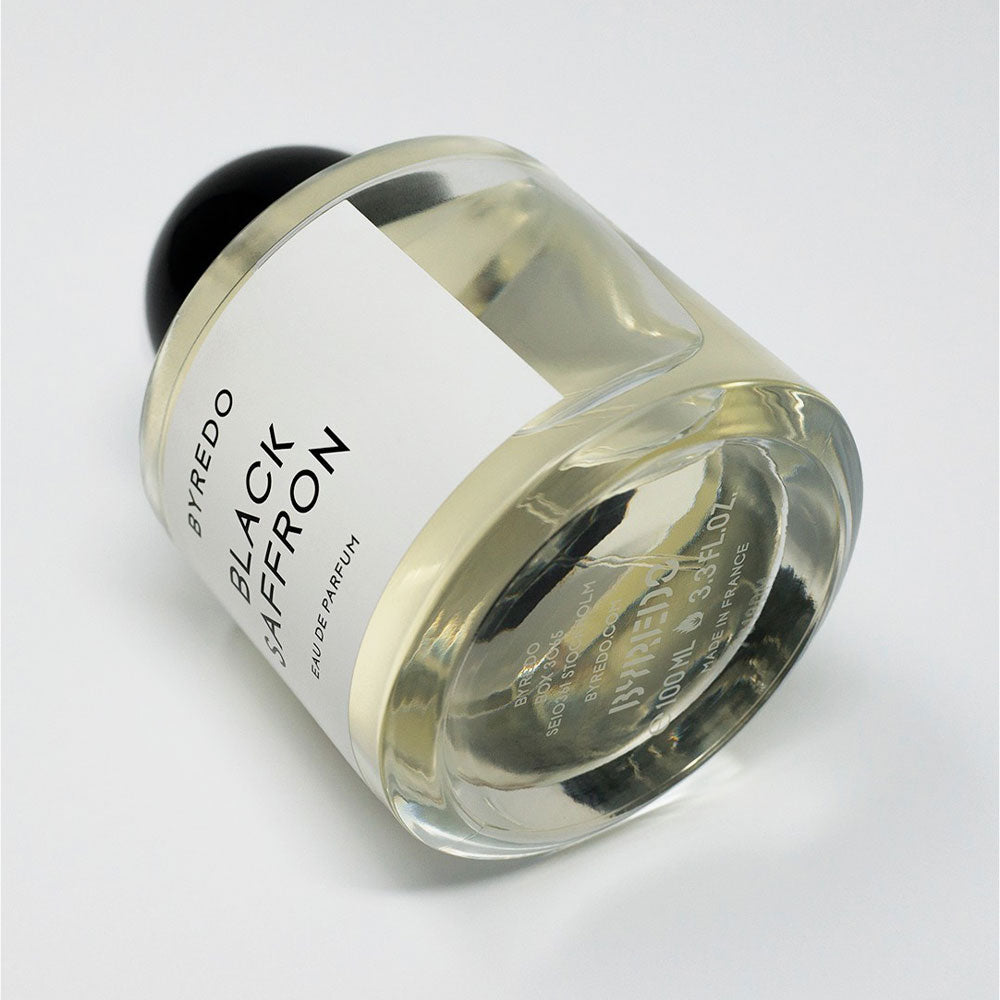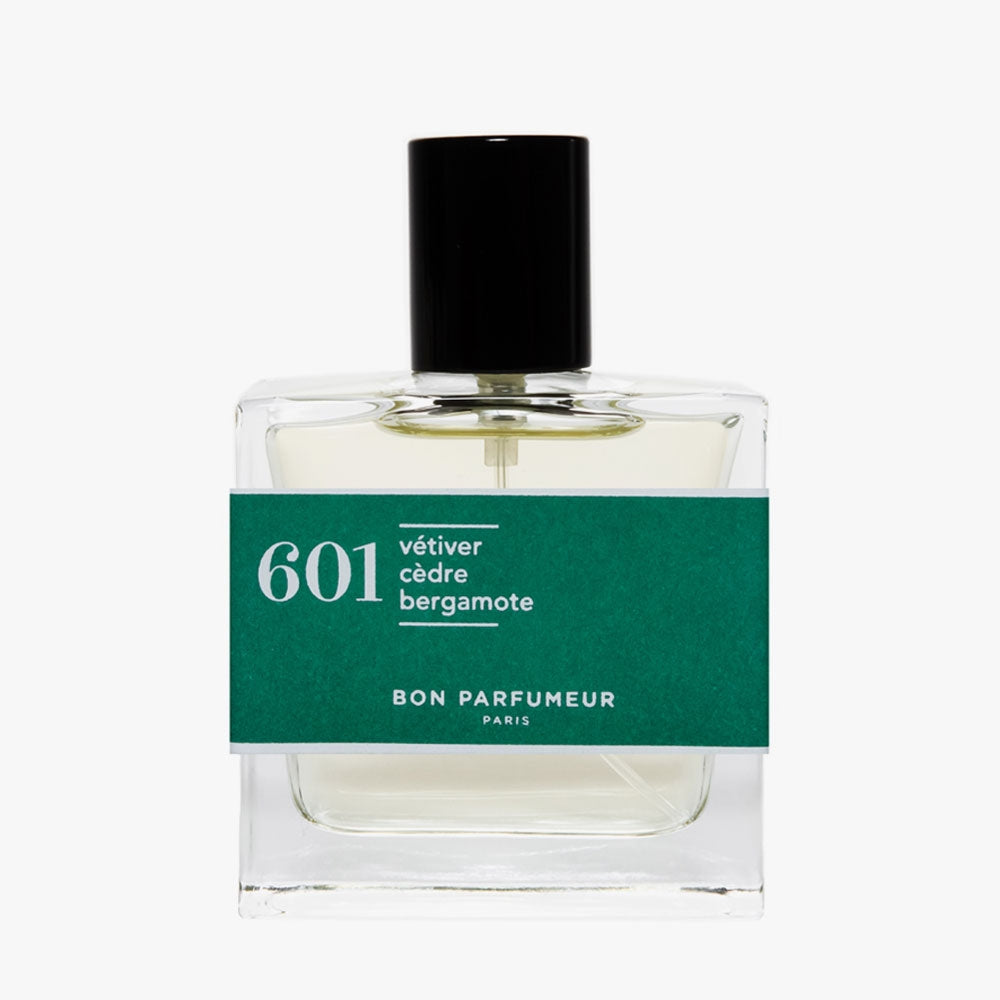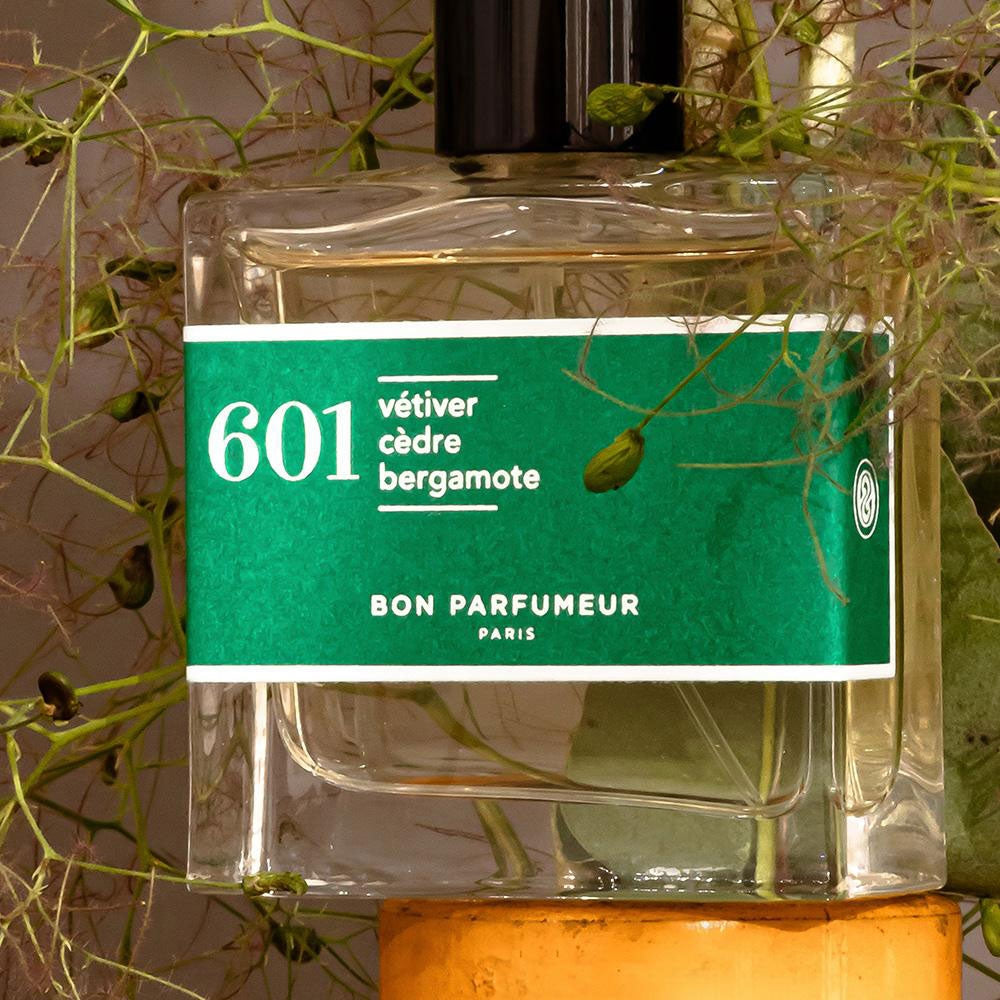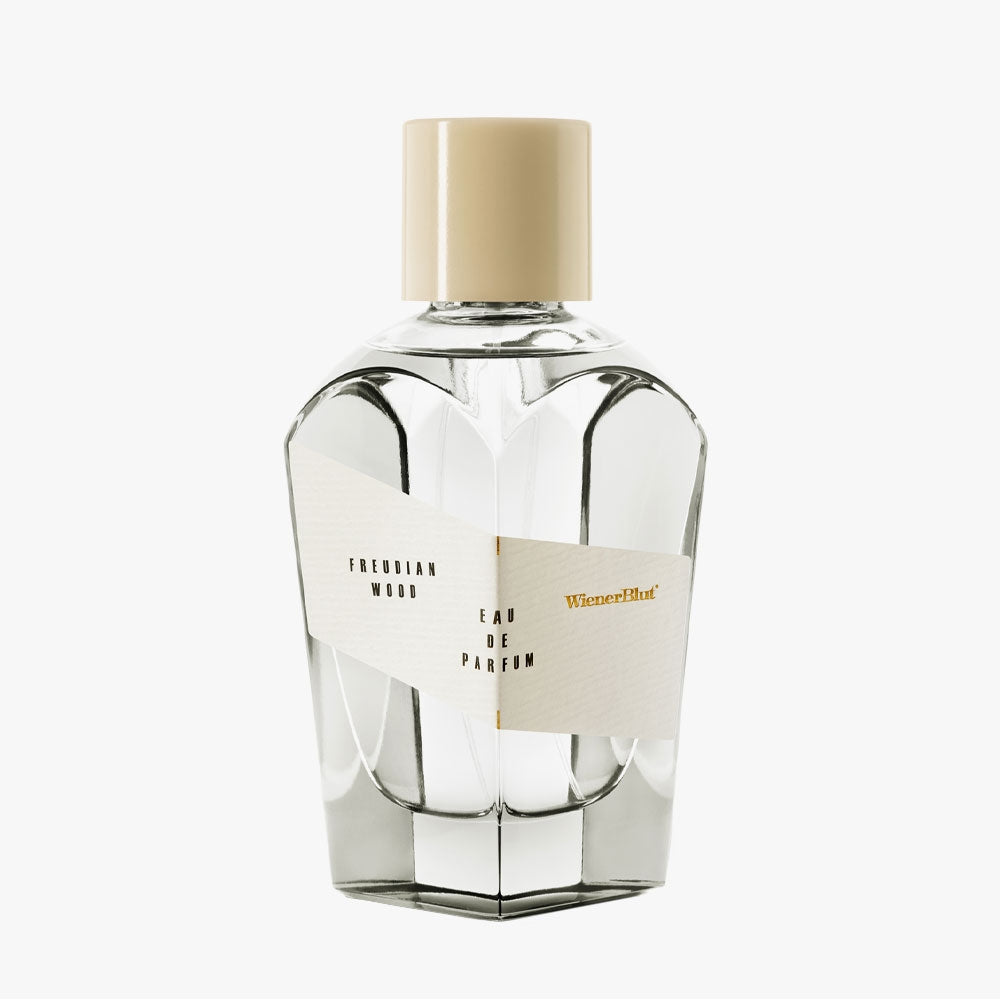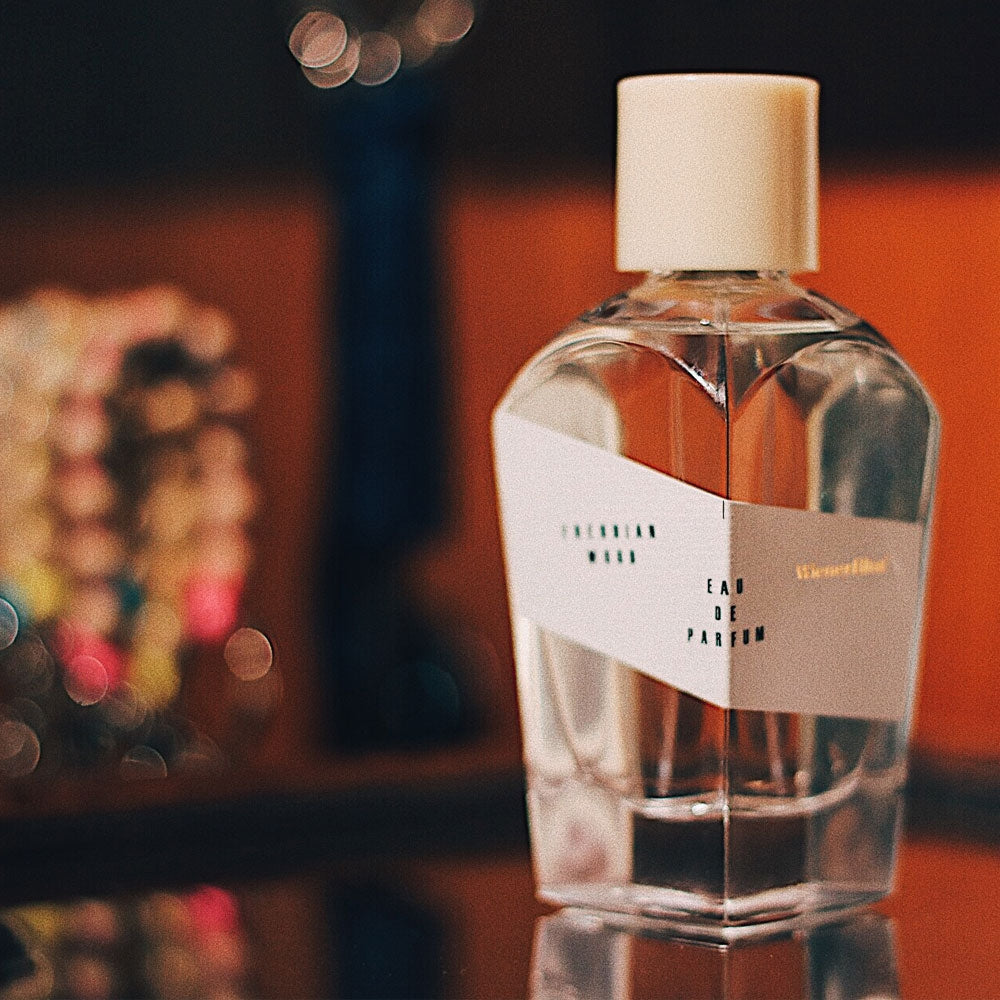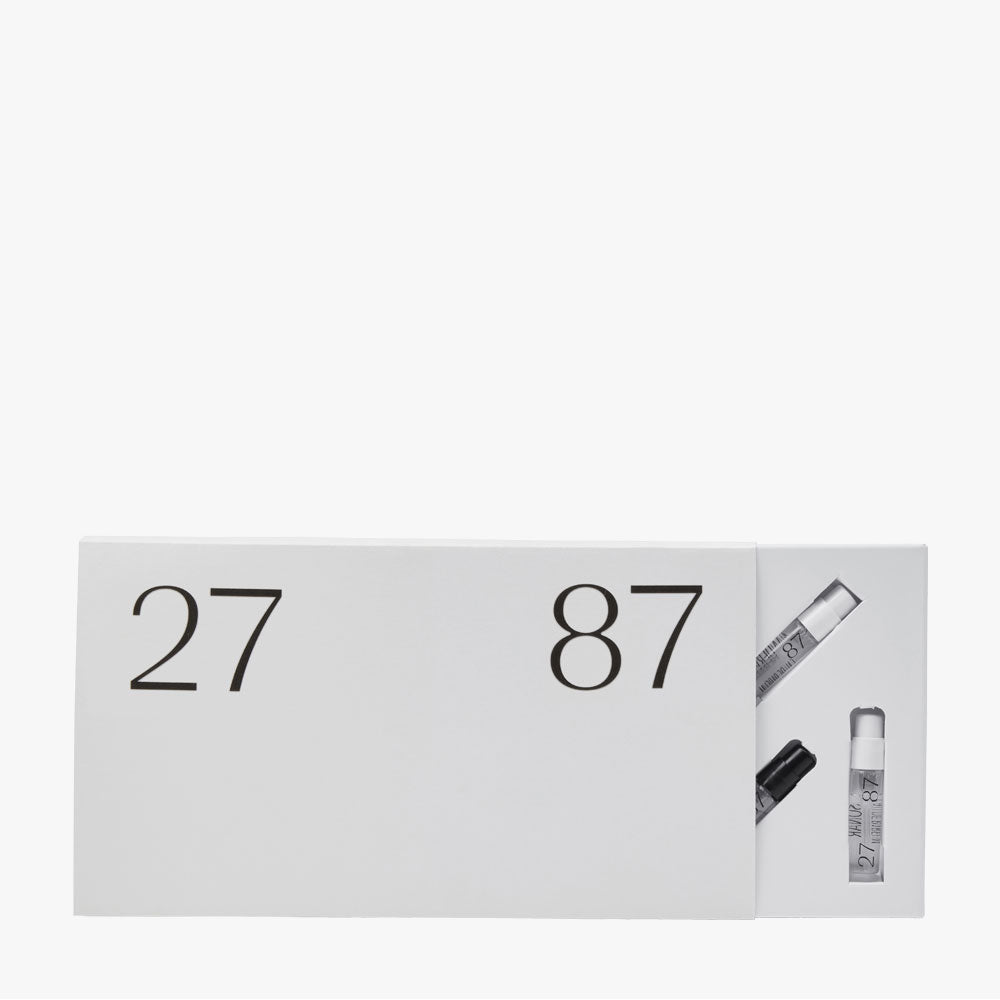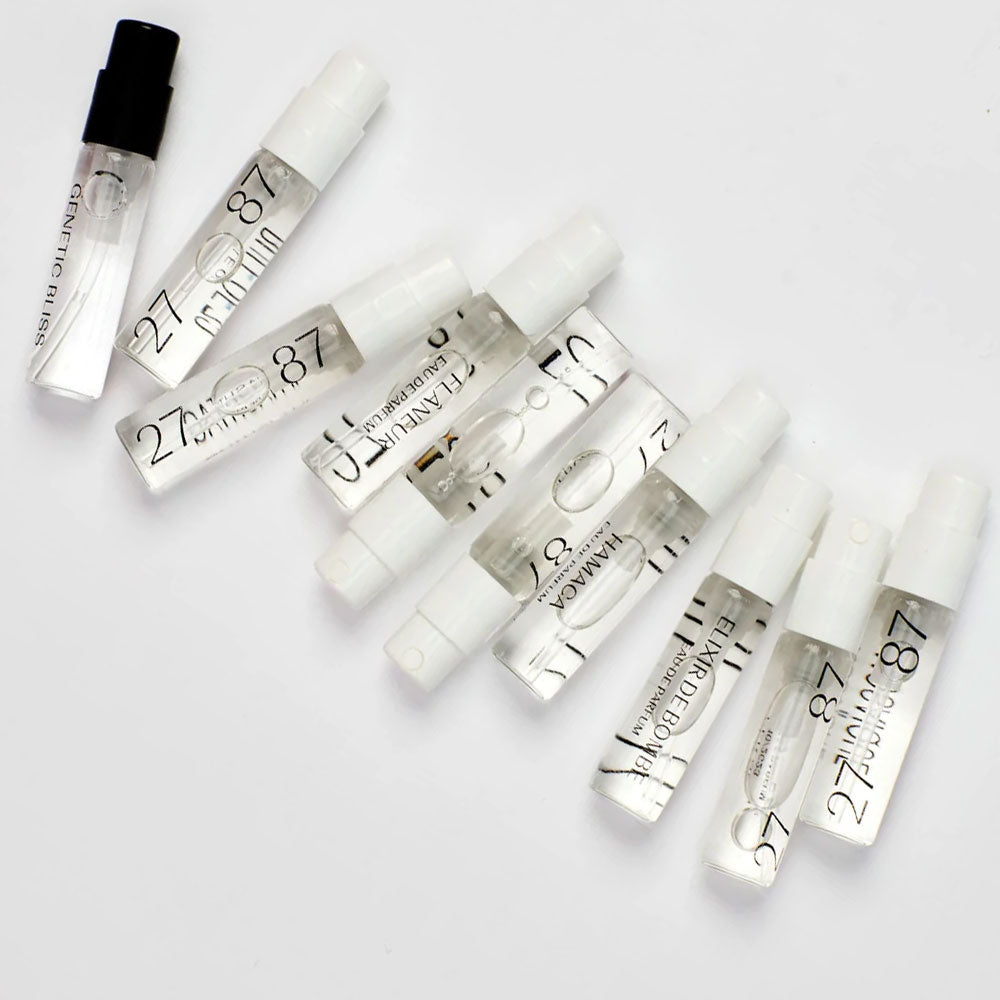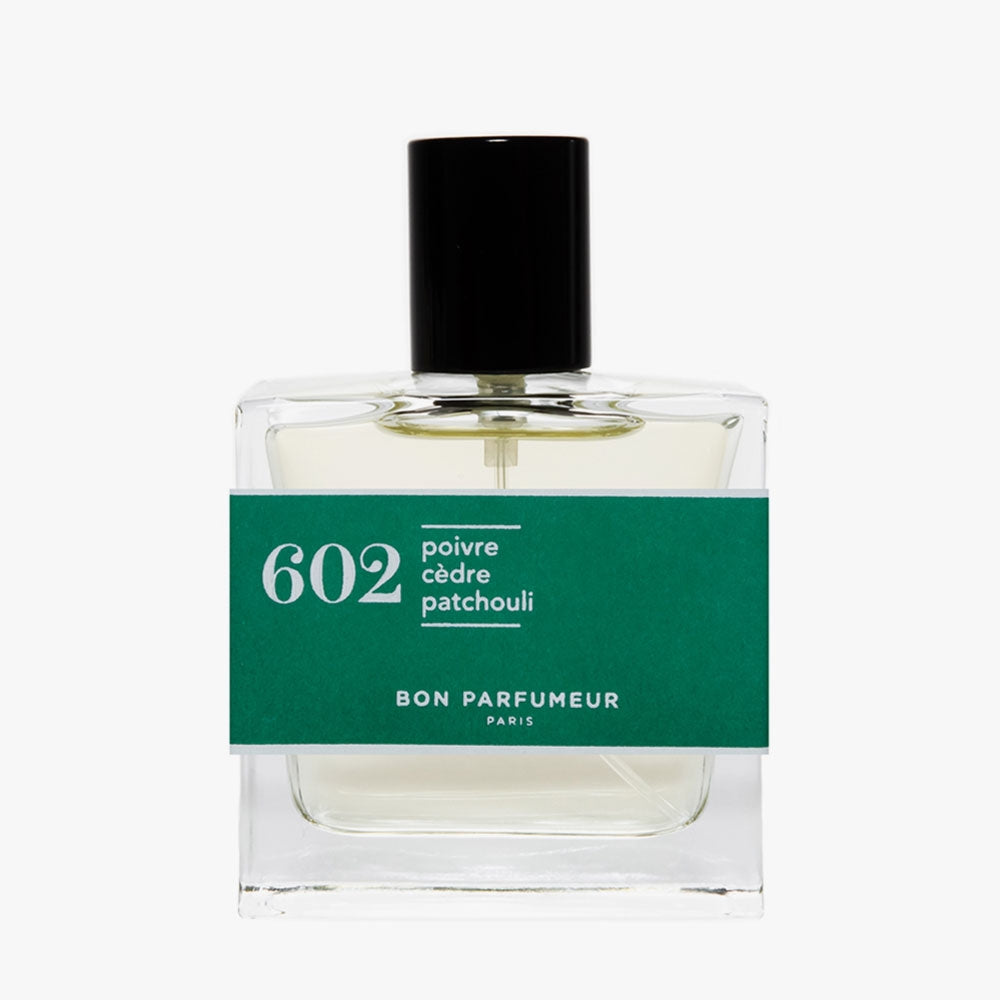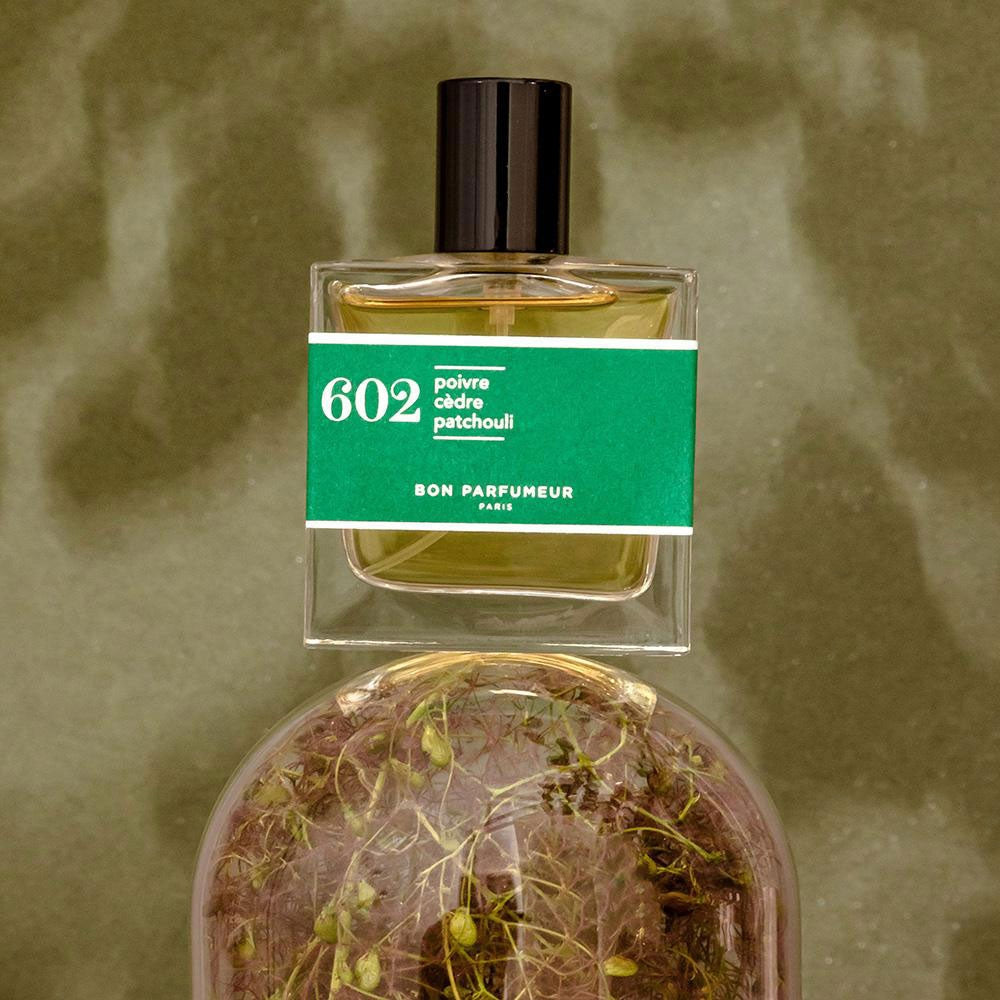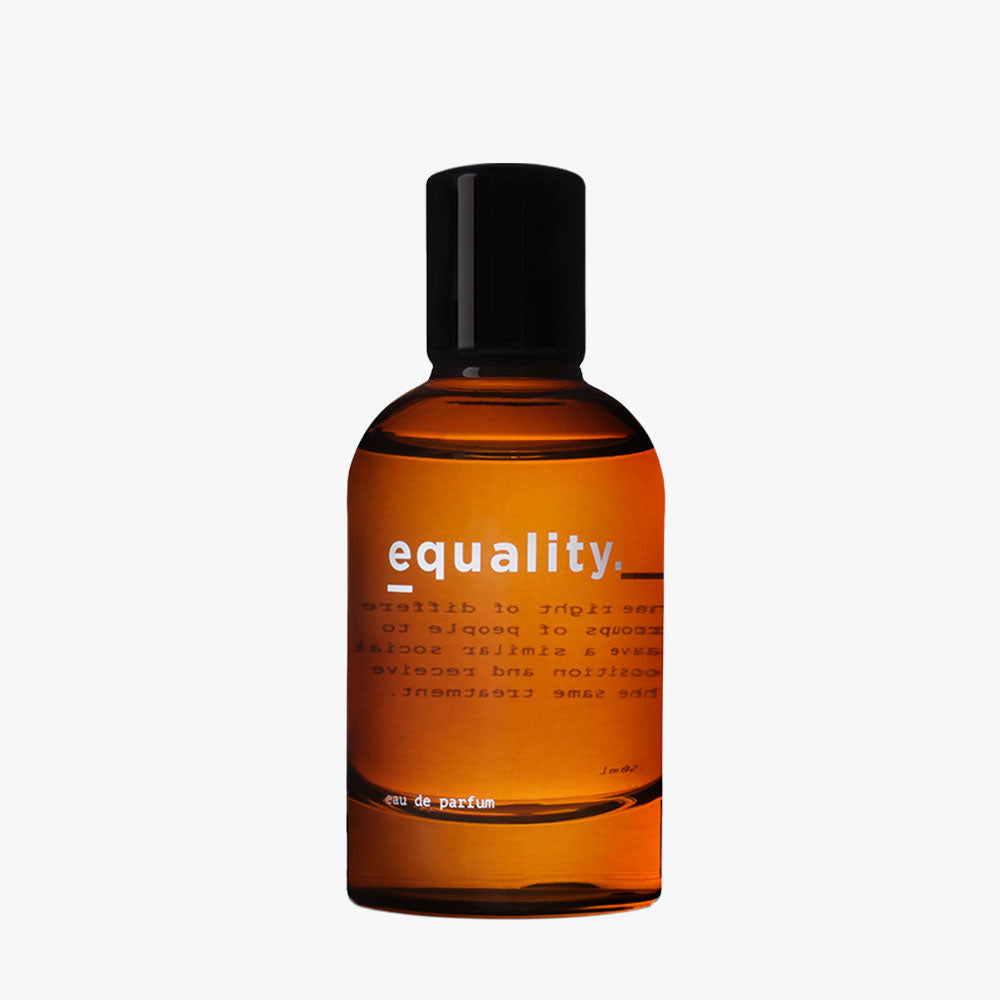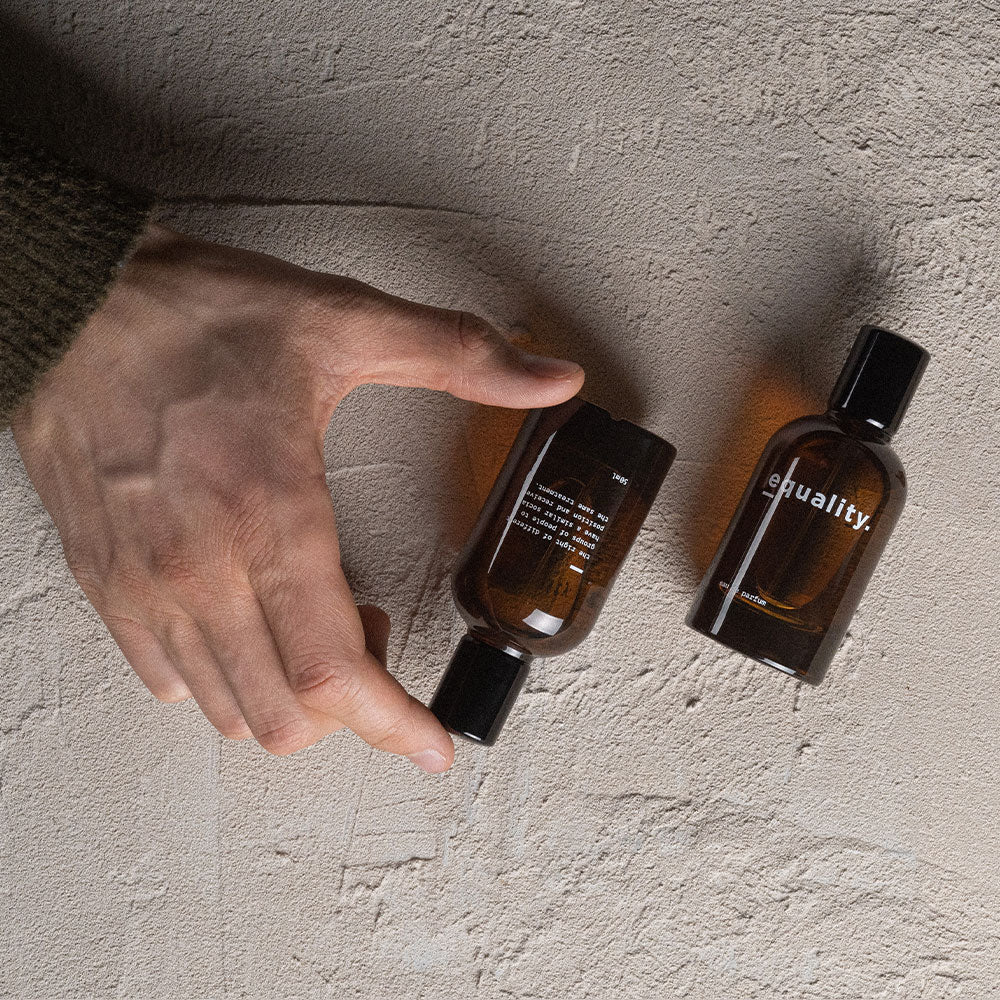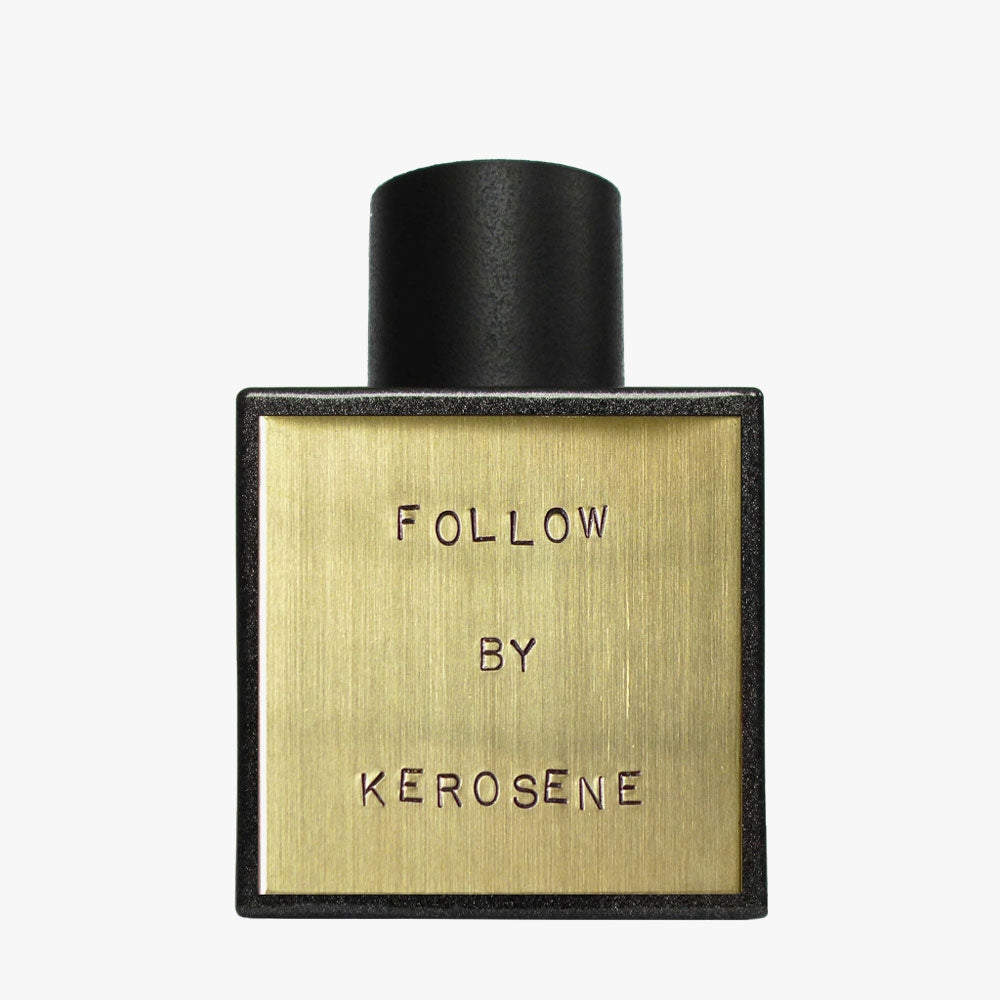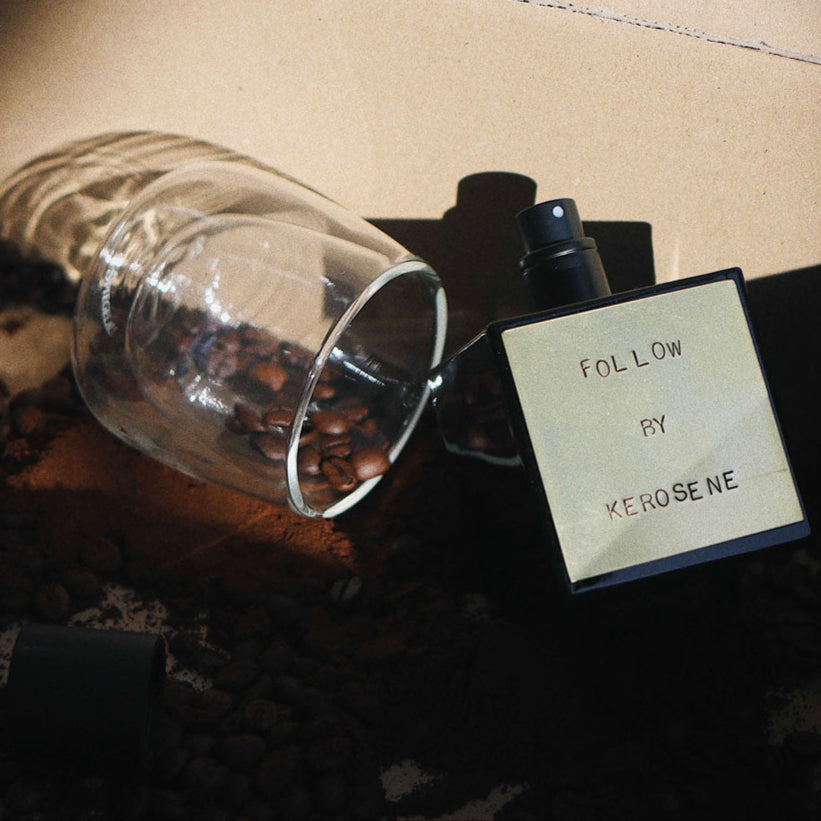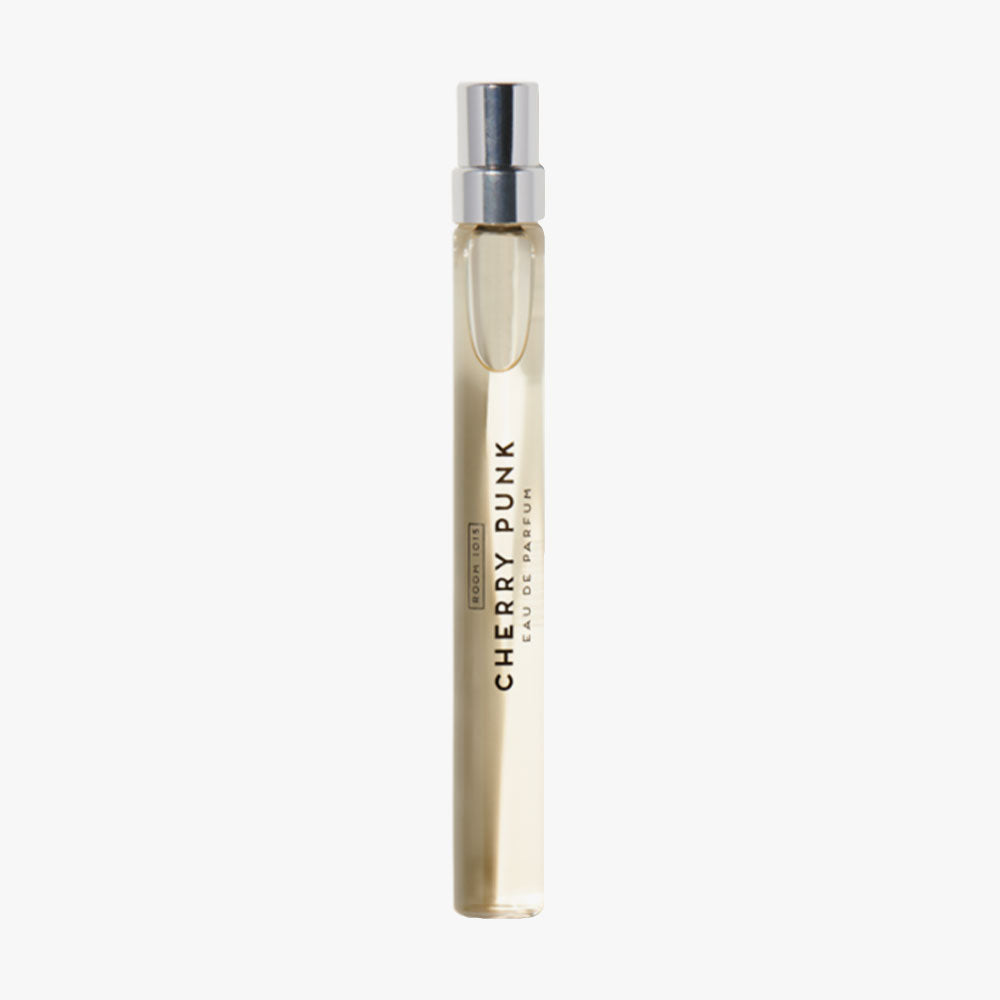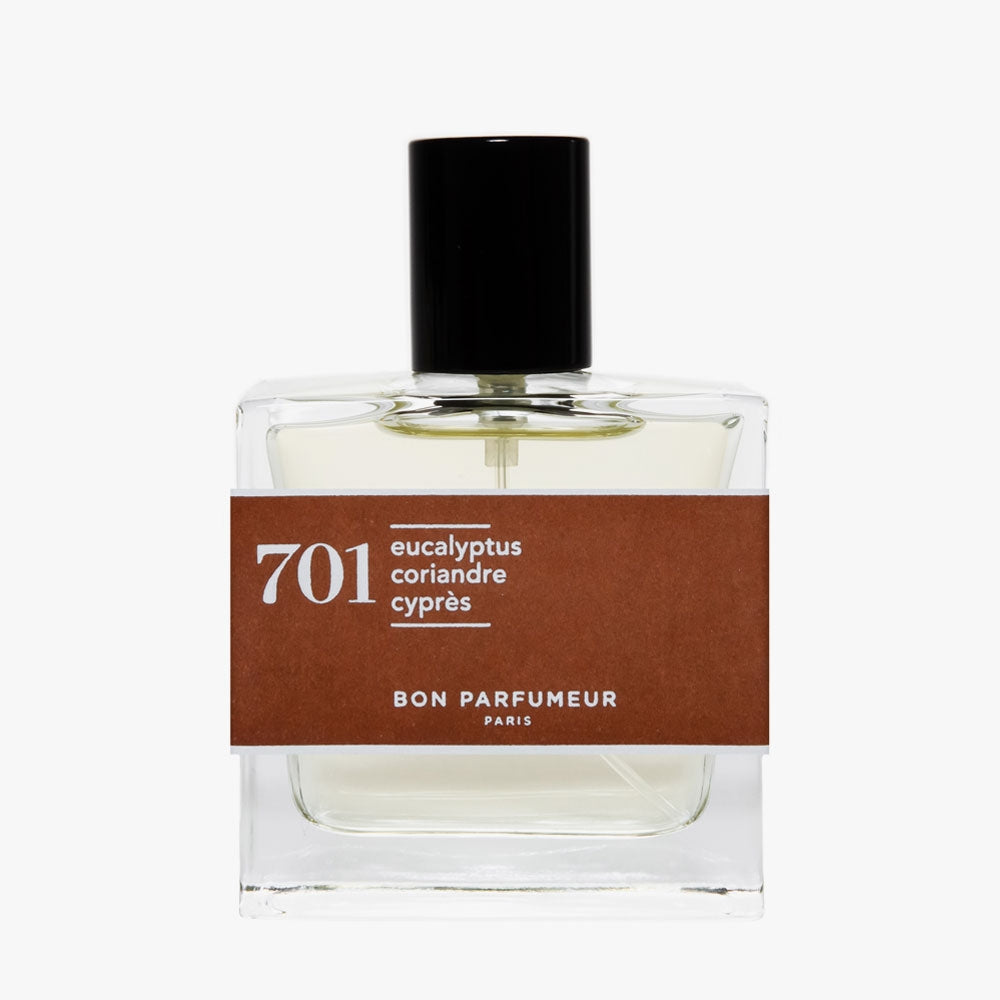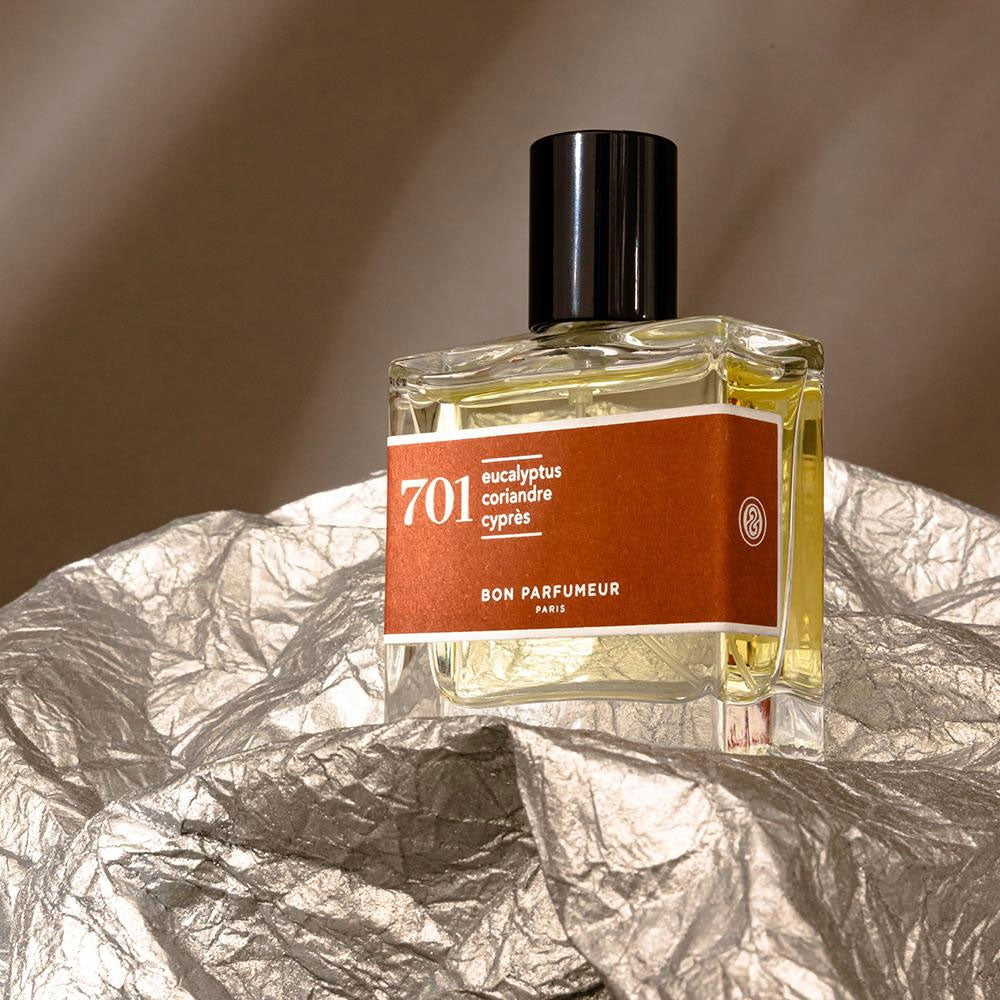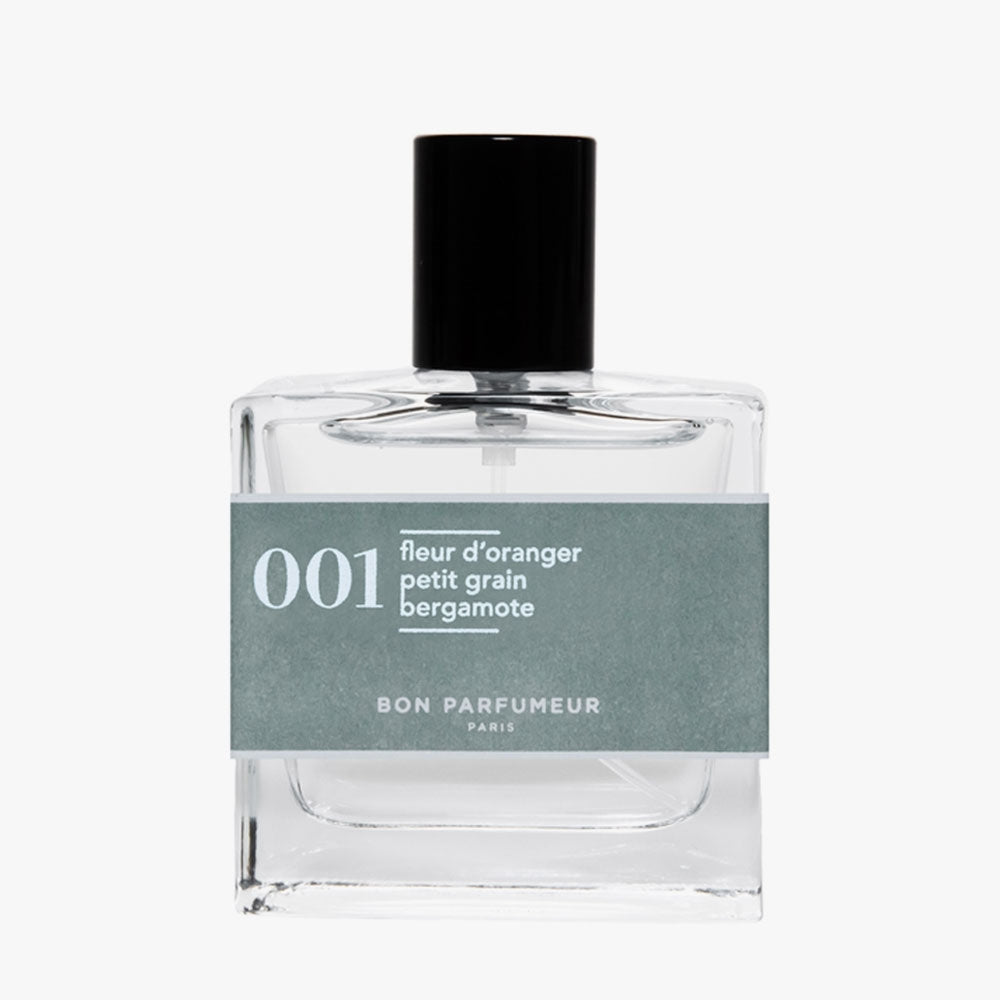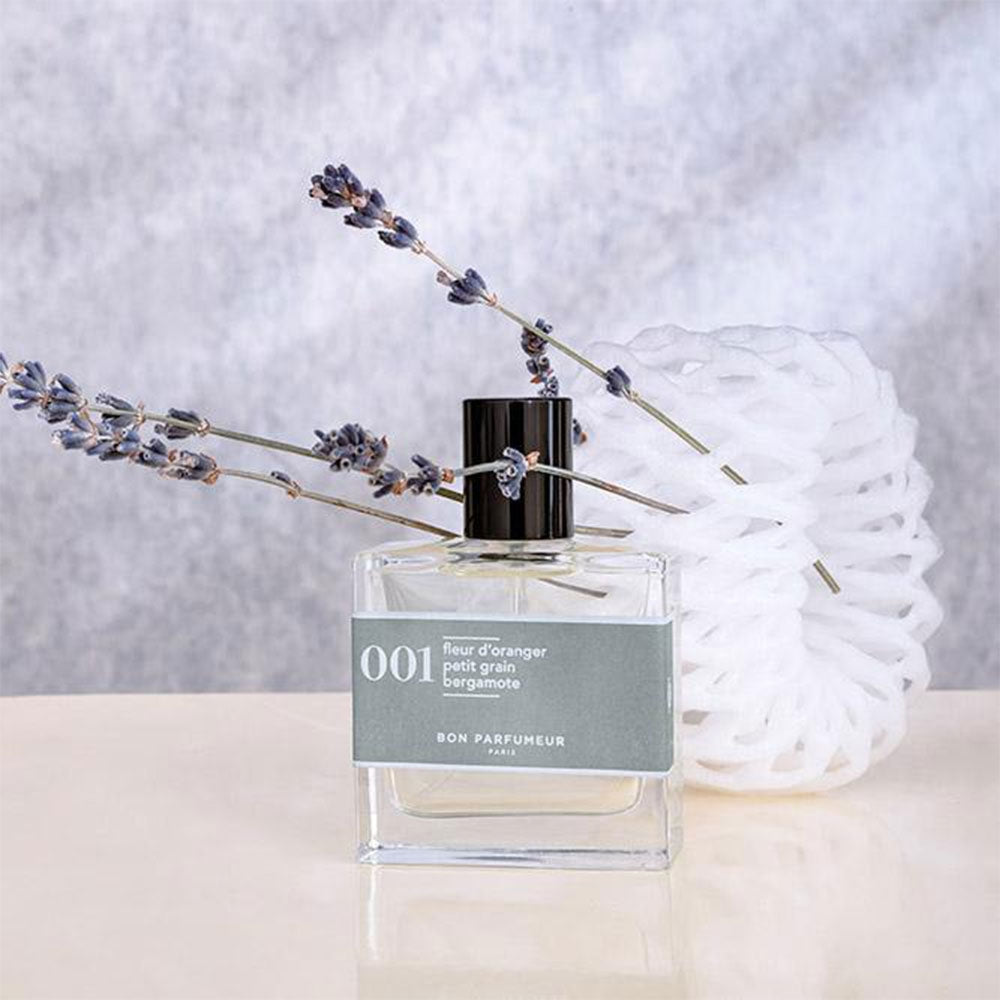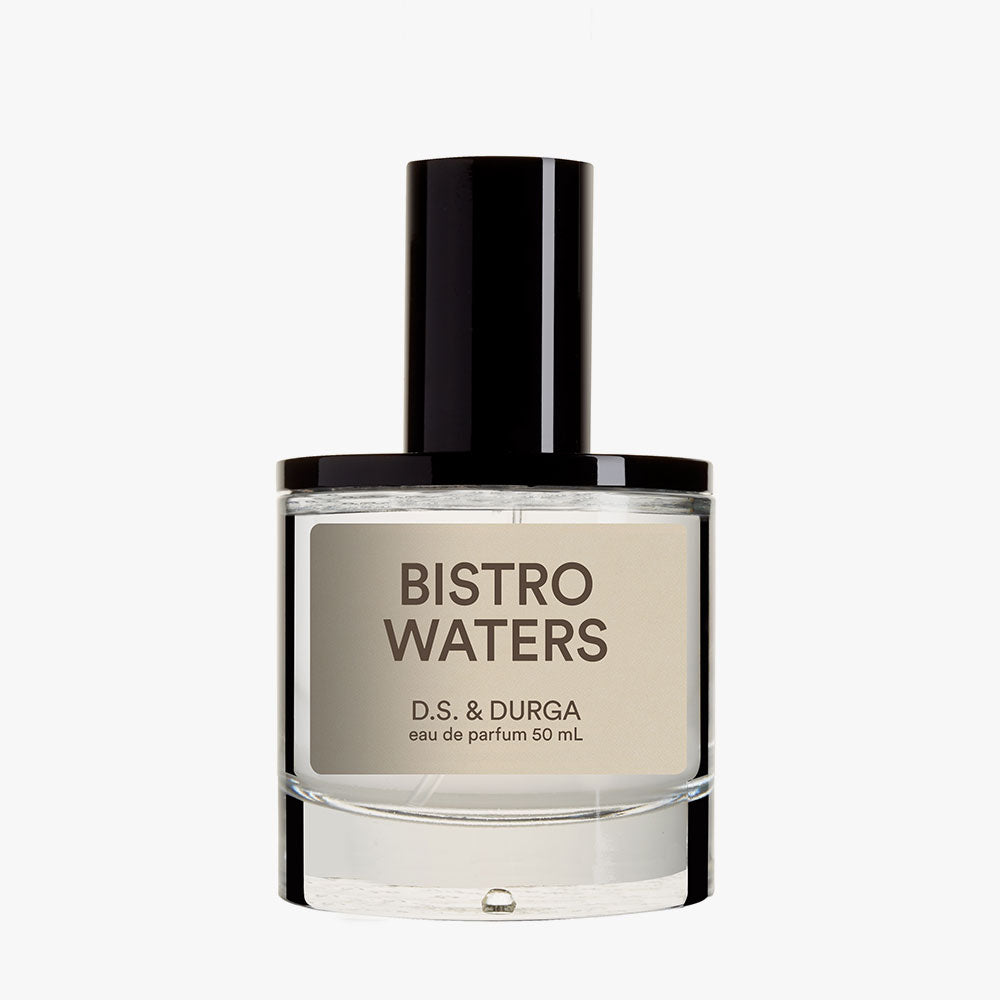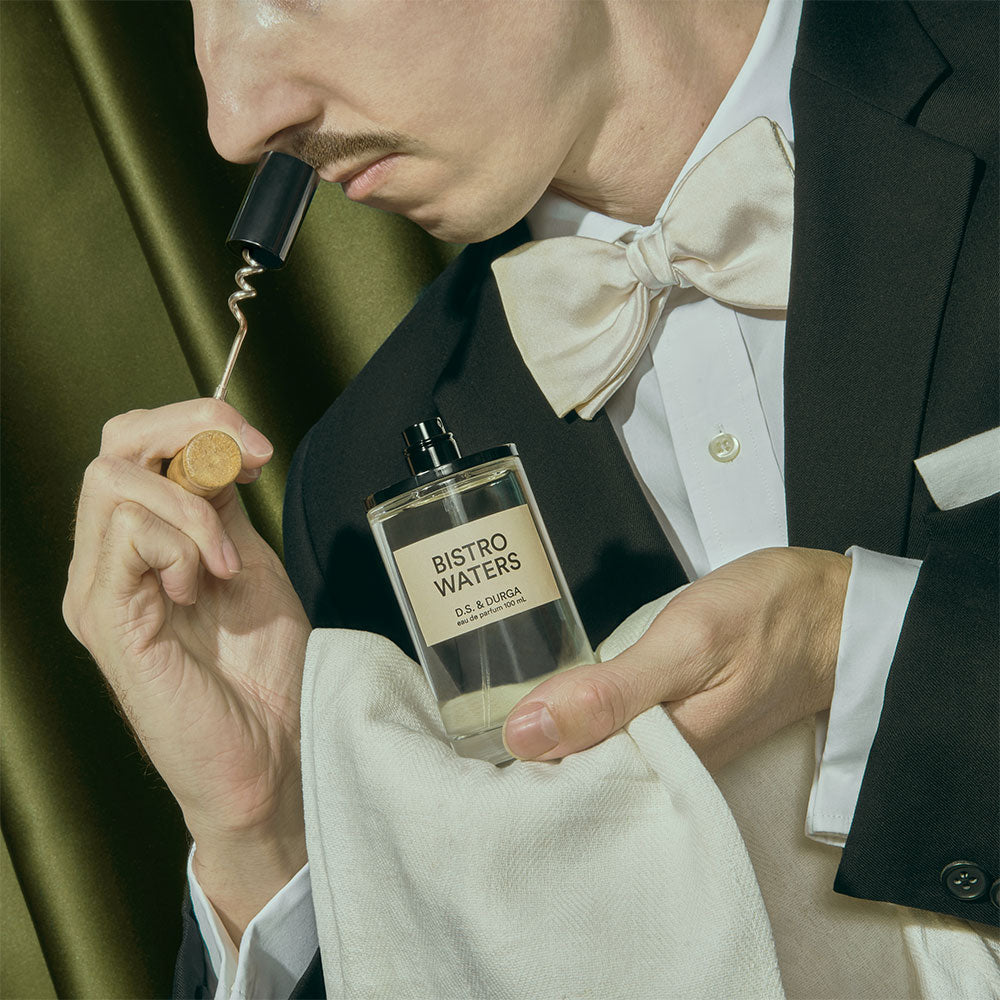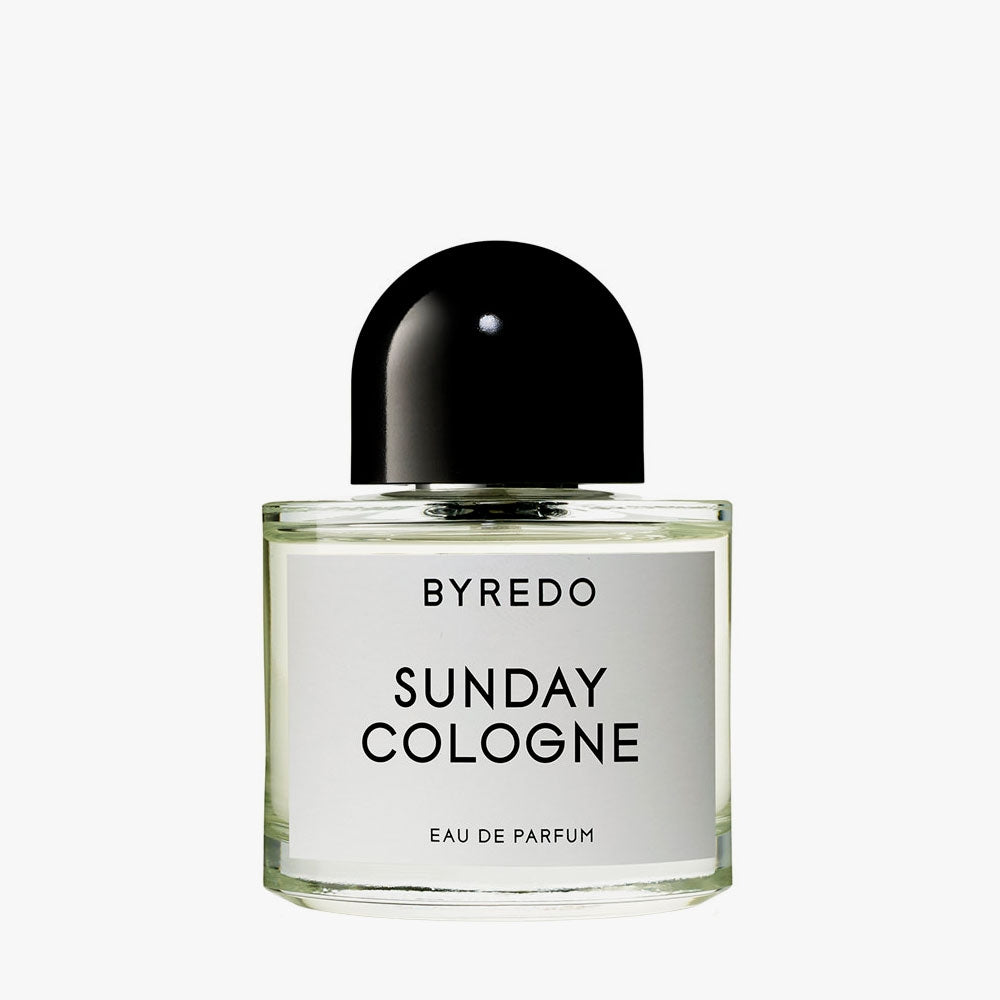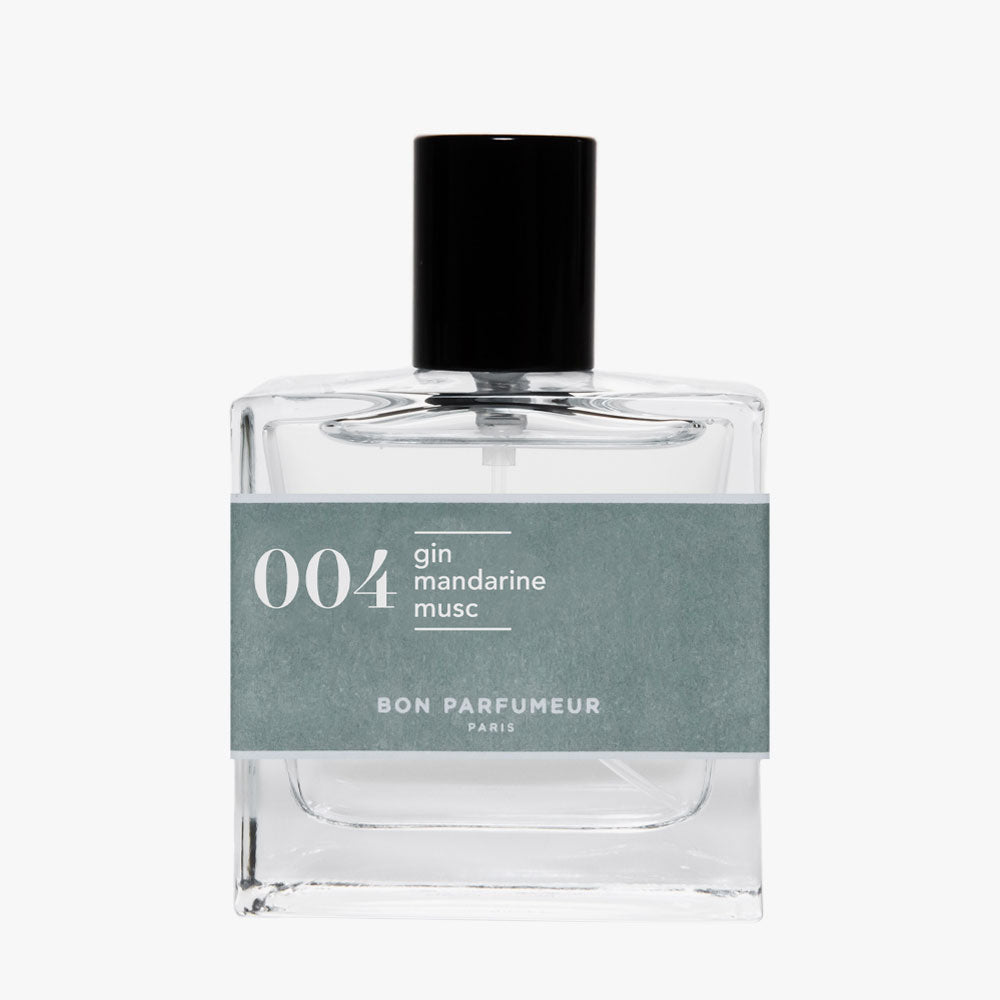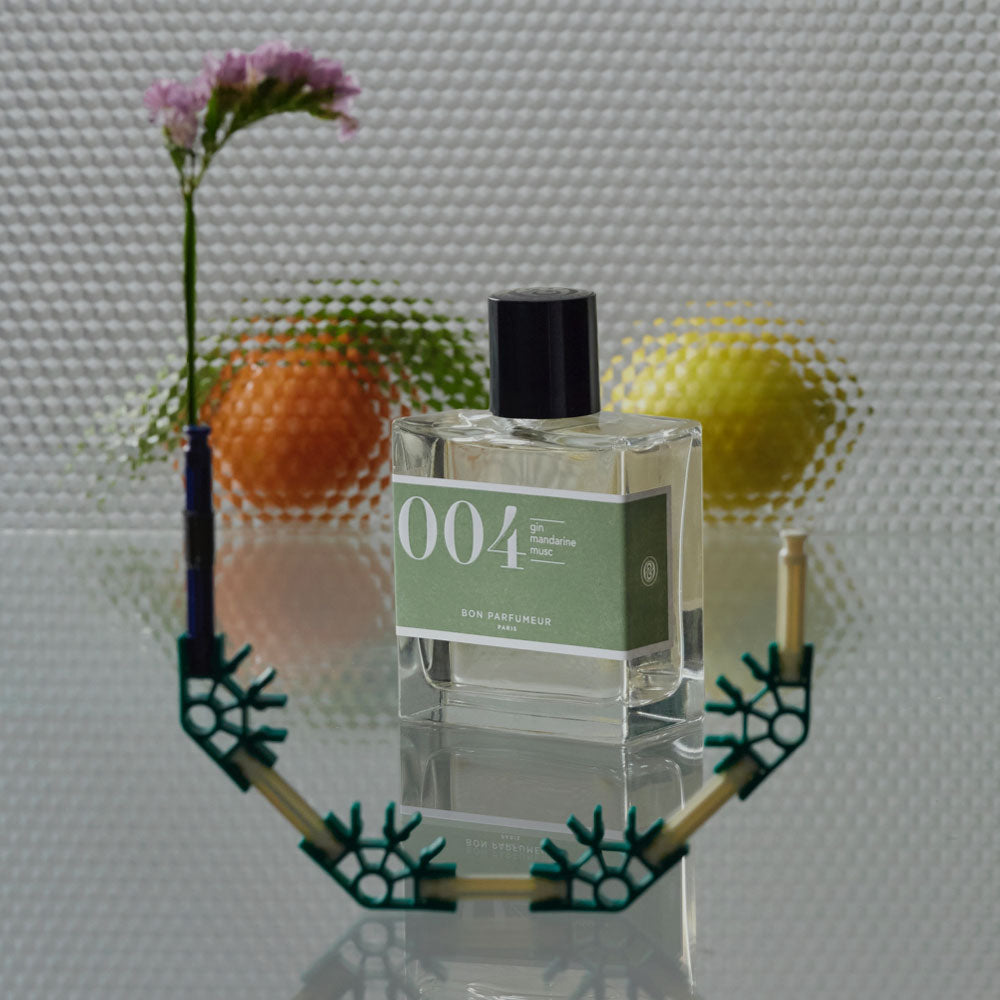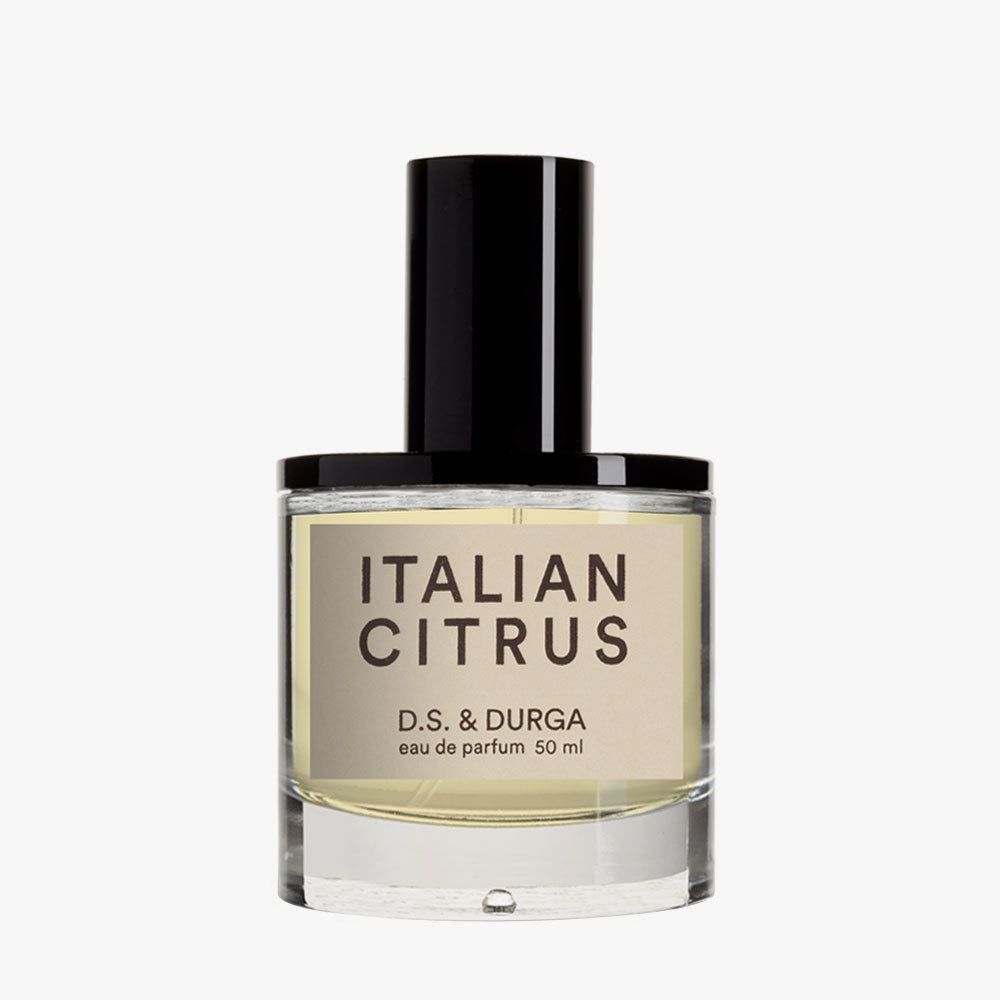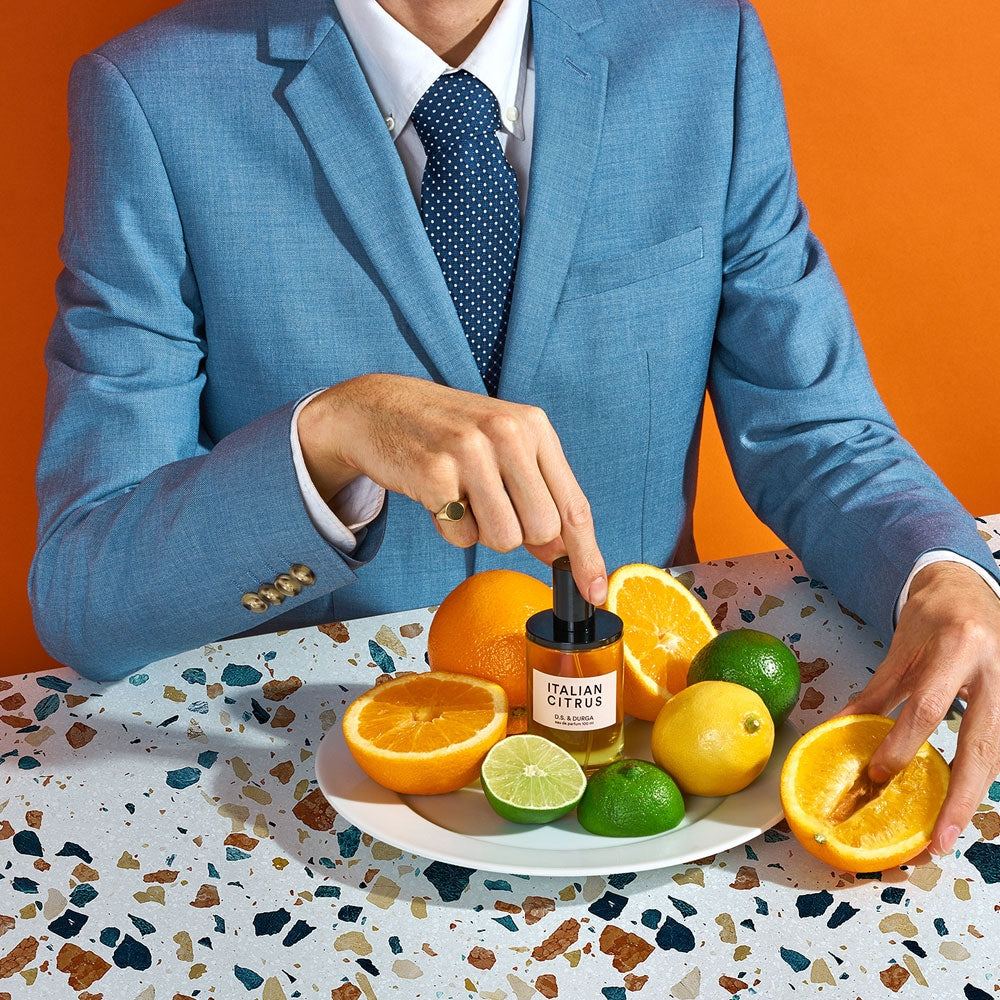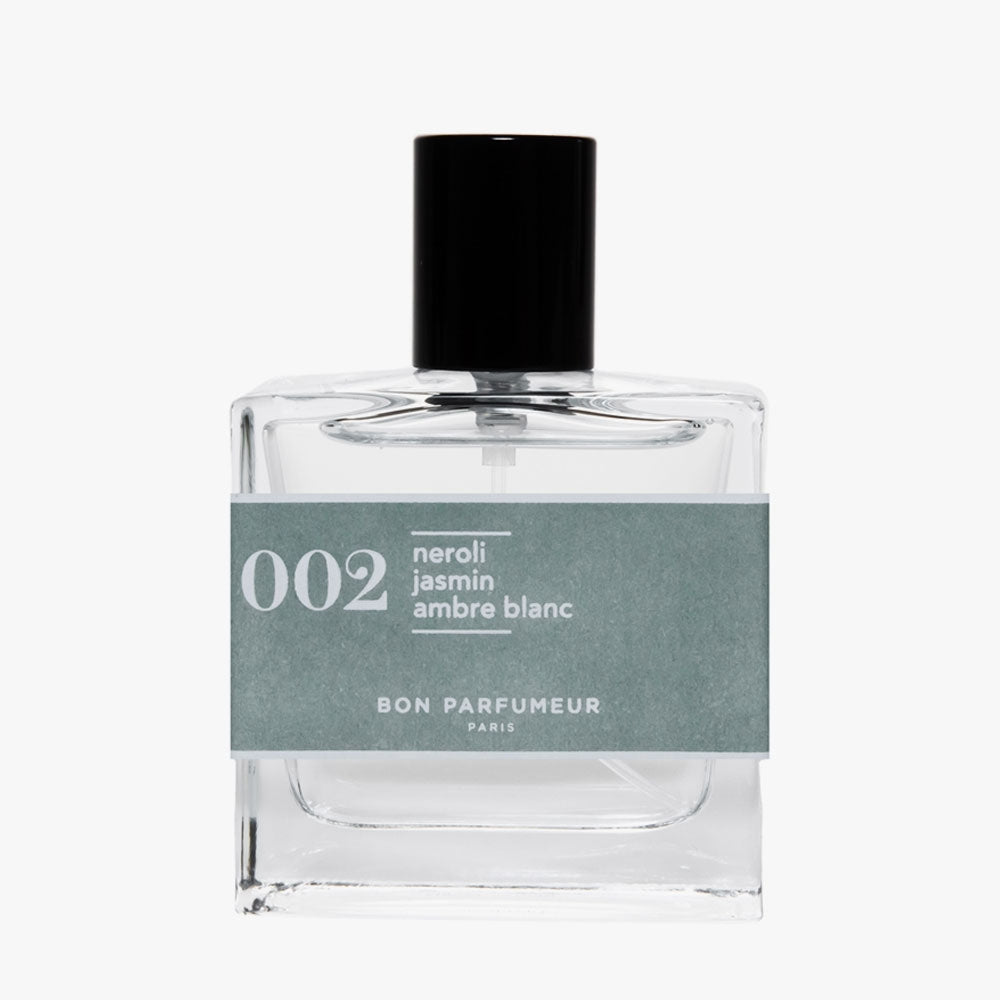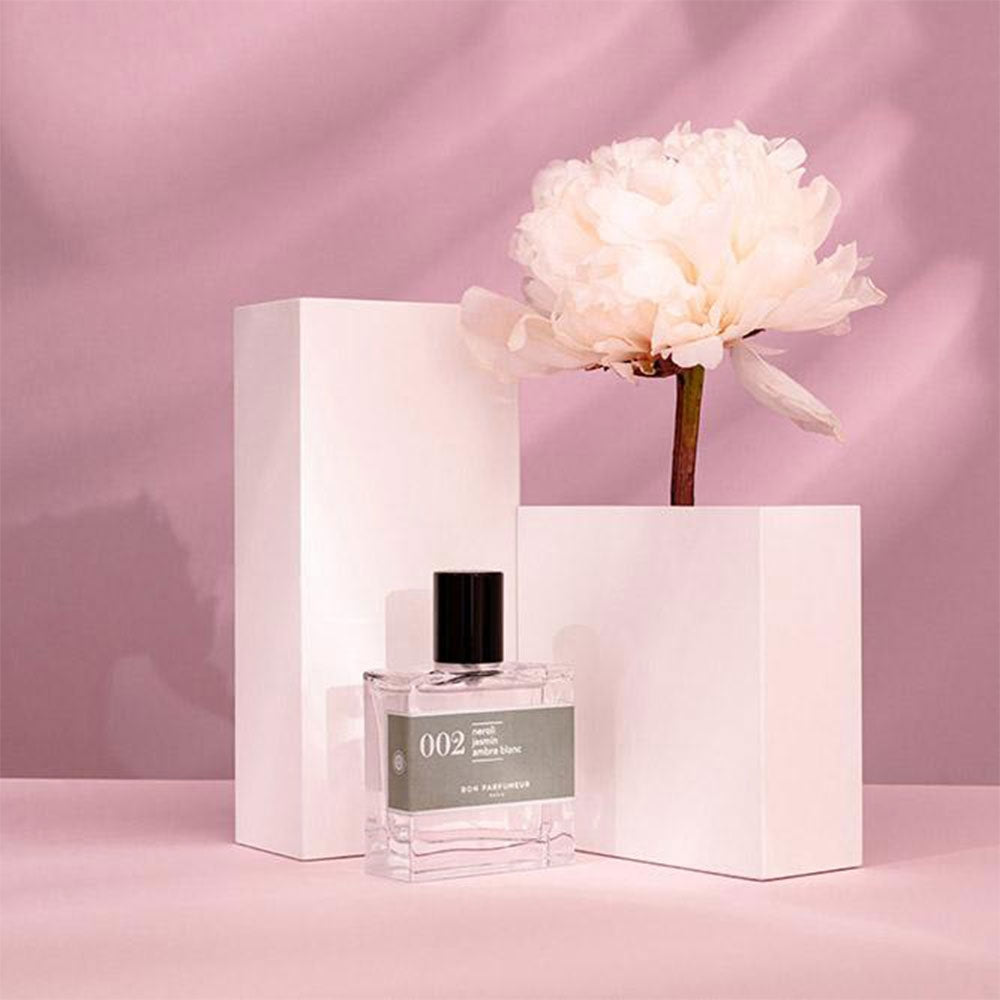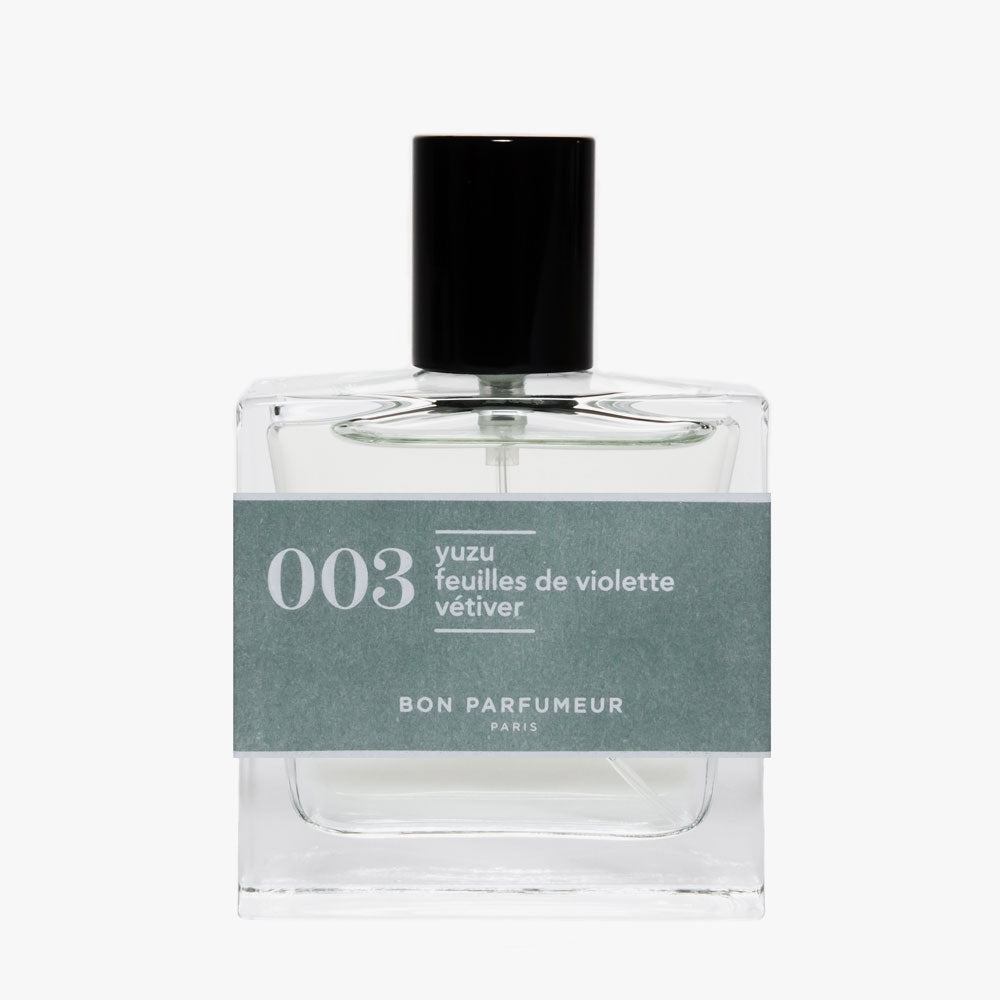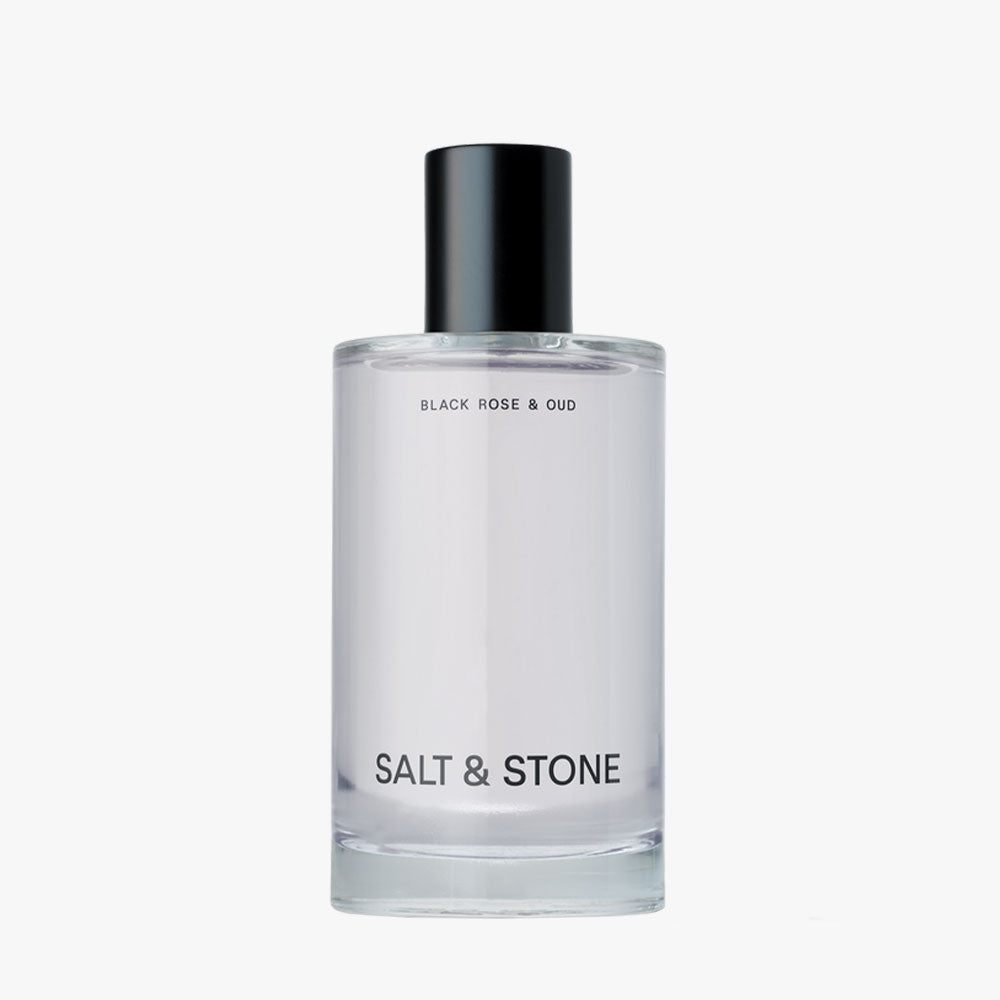Inhaltsverzeichnis:
1. Das Wichtigste auf einen Blick zusammengefasst
2. Wie entsteht Parfum?
3. Was ist die Duftpyramide?
4. Alles was man wissen muss:
4.1 Extrait de Parfum – Die reinste Form des Parfums
4.2 Eau de Parfum – Der perfekte Allround-Begleiter
4.3 Eau de Toilette – Ein Frischekick zum Start in den Tag
4.4 Eau de Cologne – Belebung der Sinne
4.5 Eau Fraîche – Eine schnelle Erfrischung für den Tag
Was sind die Unterschiede zwischen Parfum, Eau de Parfum, Eau de Toilette, Eau de Cologne & Eau Fraîche?
Bei der Suche nach dem passenden Duft kann es viel zu entschlüsseln geben. Ein wichtiger Aspekt, den es bei der Wahl des richtigen Parfums zu berücksichtigen gilt, ist die Parfum-Konzentration, auch Verdünnungsklasse genannt, aber was sind eigentlich die Unterschiede von Eau de Parfum und Parfum?
Dieser Guide erklärt die Unterschiede zwischen den verschiedenen Konzentrationen von Düften sowie ihre Auswirkungen auf die Langlebigkeit und Intensität eines Duftes. Außerdem wird erläutert, wie und wann man sie am besten verwendet, in welchen Größen sie erhältlich sind und wie lange diese Flakons etwa halten sollten.
Egal ob Parfumliebhaber*in oder einfach nur neugierig, dieser Guide wird Dir helfen, Dich in der Welt der Duftkonzentration zurechtzufinden.
Die Klassifizierung von Parfums, basierend auf ihren Duftölanteil, hat in der Parfumindustrie seit Jahrhunderten Tradition. Ursprünglich stammt sie aus Frankreich, das für seine lange Geschichte der Parfümerie und sein Know-how bei der Herstellung luxuriöser Düfte bekannt ist. Die Begriffe wurden entwickelt, um den Verbrauchern zu helfen, die Stärke, Langlebigkeit und Entwicklung eines Duftes zu verstehen, bevor sie ihn kaufen.
Diese Begriffe sind jedoch nicht offiziell festgelegt, weshalb jedes Parfumhaus sie leicht unterschiedlich interpretieren kann. Nischen-Parfumhersteller sind oft für ihre höherwertigen Produkte bekannt, unabhängig von der verwendeten Bezeichnung (hier gibt es weitere Infos zu Nischenparfums).
Es gibt jedoch allgemeine Richtlinien und Begriffe, innerhalb derer sich die Marken meist bewegen.
Im Allgemeinen haben Düfte mit höheren Duftöl-Konzentrationen eine längere Haltbarkeit, ein intensiveres Duftprofil, eine stärkere Sillage und eine höhere Wahrnehmbarkeit, auch “Tenacity” genannt. Die Sillage bezieht sich auf die Ausbreitung und Verweildauer des Duftes in der Luft um den Träger herum, während die Persistenz sich darauf bezieht, wie lange der Duft nach dem Auftragen auf der Haut wahrnehmbar und präsent bleibt. Beide Faktoren werden oft durch die Konzentration beeinflusst, da höhere Konzentrationen meist stärkere Düfte erzeugen, die sich weiter ausbreiten.
Dies wirkt sich auch auf den Preis aus. Höhere Konzentrationen sind in der Regel teurer, denn sie enthalten eine größere Menge an Duftölen oder hochwertigere Grundlagen. Die verwendeten Inhaltsstoffe beeinflussen ebenso die Duftnoten und Duftentwicklung. Ein Extrait de Parfum hat in der Regel reichhaltigere Eigenschaften und hält die ganze Nacht an, während ein Eau de Cologne als erfrischender Spritzer verwendet wird, der für ein oder zwei Stunden anhält.
1. Das Wichtigste auf einen Blick zusammengefasst
Obwohl jedes Parfumhaus seine eigene Interpretation der Duftöl-Konzentrationen und der daraus resultierenden Begriffe hat, gibt es allgemeine Richtlinien, an denen sie sich meist orientieren:
Extrait de Parfum: 15-40% Duftölanteil
- Die höchste und reinste Form des Parfums, auch einfach Parfum genannt
- Meist eine starke Duftentwicklung
- Sillage (Duft-Ausstrahlung): Meist stark ausladend & lang anhaltende Duftspur
- Anlass: Am besten für besondere Anlässe oder nächtliche Ausflüge
- Haltbarkeit: Bis zu 12 Stunden, manchmal auch länger
Eau de Parfum (EdP): 10-15% Duftölanteil
- Der perfekte Allrounder, der einen den ganzen Tag oder die ganze Nacht begleiten kann
- Seine Eigenschaften im mittleren Spektrum ermöglichen eine breite Palette von Düften:
von frischen, zitrusartigen bis hin zu tiefen, reichen, dunklen und holzigen Charakteren
- Sillage: Gut wahrnehmbar & hinterlässt eine deutliche Duftspur
- Anlass: Für jeden Anlass geeignet
- Haltbarkeit: Bis zu 8 Stunden
Eau de Toilette (EdT): 5-10% Duftölanteil
- Eine schnelle Erfrischung, meist wenn man sich für den Tag fertig macht
- Enthält normalerweise erfrischende Noten
- Sillage: Mäßig projiziert & mäßige Duftspur
- Anlass: Für tagsüber geeignet
- Haltbarkeit: Ein paar Stunden
Eau de Cologne (EdC): 2-4% Duftölanteil
- Ein schneller Spritzer, der die Sinne belebt, auch Duftwasser genannt
- In der Regel ein frischer Zitrusduft
- Sillage: Tritt leicht hervor und hinterlässt eine subtile Spur
- Anlass: Eignet sich besonders im Sommer oder wärmere Klimazonen
- Haltbarkeit: Bis zu ein paar Stunden
Eau Fraîche: 1-3% Duftölanteil
- Die niedrigste Duft-Konzentration, auch bekannt als Körperspray
- Ein zarter, subtiler Duft, der oft auf den ganzen Körper gesprüht wird, um den Duft zu intensivieren
- Sillage: tritt nur minimal hervor & hat eine sehr subtile Duftspur
- Anlass: Für tagsüber geeignet
- Haltbarkeit: Ein bis max. zwei Stunden
2. Wie entsteht Parfum?
Bei der Herstellung von Parfüm werden verschiedene Zutaten wie ätherische Öle, Aromastoffe und Lösungsmittel kombiniert, um einen einzigartigen und angenehmen Duft zu erzeugen.
Schritt 1
Parfümeure beginnen mit der Auswahl und dem Zusammentragen der Zutaten, die für die Erzeugung des gewünschten Duftes erforderlich sind. Dazu gehören natürliche Inhaltsstoffe wie Blumen, Früchte, Gewürze und Hölzer, aber auch synthetische Aromastoffe. Natürliche Inhaltsstoffe werden häufig verwendet, um ätherische Öle durch Verfahren wie Wasserdampfdestillation oder Lösungsmittelextraktion zu gewinnen. Diese Öle sind hochkonzentriert und bilden die Basisnoten des Parfums.
Schritt 2
Nachdem die ätherischen Öle extrahiert wurden, werden sie in einem bestimmten Verhältnis gemischt, um das gewünschte Duftprofil zu erzeugen. Parfümeure messen und mischen die Öle sorgfältig ab, um das perfekte Gleichgewicht zwischen Kopf-, Herz- und Basisnoten zu erreichen. Die gemischten Öle werden dann mit einem Lösungsmittel, in der Regel Alkohol oder einer Mischung aus Alkohol und Wasser, vermischt, um den Duft zu verdünnen und ihn beim Auftragen auf die Haut gleichmäßig zu verteilen.
Schritt 3
Diese Parfum-Mischung wird dann einige Zeit gelagert, damit sich die verschiedenen Duftstoffe vermischen und ihre Komplexität entwickeln können. Dieser Reifeprozess kann von einigen Tagen bis zu mehreren Wochen oder sogar Monaten dauern.
Schritt 4
Nach der Reifung wird das Parfüm gefiltert, um eventuelle Verunreinigungen oder Ablagerungen zu entfernen, bevor es in Flaschen abgefüllt und für den Verkauf verpackt wird.
Insgesamt ist die Parfümerie ein komplexer und komplizierter Prozess, der Geschick, Kreativität und Liebe zum Detail erfordert, um einen hochwertigen Duft zu kreieren, der die Verbraucher anspricht. Die genauen Schritte und die verwendeten Inhaltsstoffe bestimmen daher die Art des Duftes, den das Endprodukt haben wird.
3. Was ist die Duftpyramide?
Die Duftpyramide ist wie ein Code, der die verschiedenen Duftebenen eines Parfums offenbart. Stell Dir eine Pyramide mit drei Ebenen vor: die Spitze, die Mitte und die Basis. Die Duftpyramide hilft, die Entwicklung eines Parfums auf der Haut zu verstehen und zu beschreiben. Jede Ebene trägt dazu bei, dass sich der Duft mit der Zeit verändert und verschiedene Nuancen offenbart.
Kopfnoten
Sie sind wie der erste Eindruck, den man macht, wenn man jemanden kennenlernt. Sie sind oft leicht und frisch, wie ein Ausbruch von Zitrusfrüchten oder Blumen. Sie tanzen eine Weile umher, bevor sie verklingen.
Herznoten
Sie sind das Herz und die Seele des Parfums, so wie der Refrain eines Lieblingssongs. Sie kommen nach den Kopfnoten zum Vorschein und bleiben länger bestehen. Sie sind in der Regel intensiver und geben dem Parfüm seinen einzigartigen Charakter.
Grundnoten
Auch Basisnoten genannt, sind sie das Fundament des Parfums, wie der feste Boden unter den Füßen. Sie brauchen ihre Zeit, um sich zu entfalten, bleiben aber stundenlang präsent. Sie sind in der Regel tief und reichhaltig und verleihen dem Duft Wärme und Komplexität.
4. Alles was man wissen muss:
4.1. Extrait de Parfum – Die reinste Form des Parfums
Allgemeines:
Ein Extrait de Parfum, auch bekannt als reines Parfum, Parfumextrakt oder einfach nur Parfum, ist die konzentrierteste Form von Parfum, die es gibt. Es enthält einen höheren Prozentsatz an Duftölen als andere Arten von Parfums, in der Regel zwischen 15 und 40 %. Aufgrund seiner hohen Konzentration hält sich Extrait de Parfum länger auf der Haut und hat oft ein intensiveres Duftprofil.
Extrait de Parfum wird aufgrund seiner Stärke und Langlebigkeit meist in kleinen Flaschen oder Fläschchen verkauft. Einige Parfum Marken bieten ihre charakteristischen Düfte in Form von Extrait de Parfum für diejenigen an, die ein intensiveres und länger anhaltendes Dufterlebnis bevorzugen.
Die Duftpyramide ist oft komplexer und reichhaltiger, mit starken Grundnoten, die lange auf der Haut bleiben.
Anwendung:
Die höhere Konzentration der Duftöle in einem Extrait ermöglicht ein komplexeres und subtileres Duftprofil, bei dem die Kopf-, Herz- und Basisnoten nahtlos ineinander übergehen und sich über einen längeren Zeitraum auf der Haut entfalten. Das Parfum wird in der Regel auf die Pulsstellen des Körpers aufgetragen, z. B. auf die Handgelenke, den Hals und hinter die Ohren, und ist oft etwas öliger als seine Gegenstücke. So kann sich der Duft entfalten und mit der natürlichen Chemie des Körpers interagieren.
Anlass:
Sie sind eine beliebte Wahl für besondere Anlässe oder für die Abendgarderobe, da sie lange halten und einen bleibenden Eindruck hinterlassen. Sie können zwischen sechs und zwölf Stunden anhalten, je nach Anwendung, Körperchemie und den spezifischen Noten eines Duftes. Manche Menschen bevorzugen ein Extrait wegen der stärkeren Sillage und Projektion im Vergleich zu anderen Parfumtypen.
Zudem werden Extraits oft für sehr empfindliche Haut empfohlen, da sie weniger Alkohol enthalten, der die Haut austrocknen oder reizen könnte.
Obwohl Extrait de Parfum in der Regel teurer ist als andere Parfumtypen, sind viele Parfumliebhaber*innen der Meinung, dass sich die Investition aufgrund der hohen Qualität und Langlebigkeit lohnt.
Um die Wirksamkeit des Parfums zu erhalten und zu verhindern, dass es mit der Zeit an Qualität verliert, sollte Extrait de Parfum an einem kühlen, dunklen Ort aufbewahrt werden, der vor direktem Sonnenlicht geschützt ist (für mehr Tipps zur Haltung von Parfum, schau mal hier vorbei).
Extrait de Parfum
4.2. Eau de Parfum – Der perfekte Allround-Begleiter
Allgemeines:
Eau de Parfum ist ein beliebter Parfumtyp, der in der Mitte des Konzentrations Spektrums liegt. Es enthält in der Regel zwischen 10 und 20 % Duftöle und ist damit stärker und länger haltbar als Eau de Toilette, aber leichter als Extrait de Parfum.
Die Duftpyramide enthält oft ausgeprägte Herznoten, die sich nach dem Auftragen entwickeln.
Anwendung:
Eaux de Parfum sind bekannt für ihre Ausgewogenheit von Langlebigkeit und Sillage. Der Duft verweilt in der Regel fünf bis acht Stunden auf der Haut, je nach der individuellen Körperchemie und den spezifischen Duftnoten. In der Regel wird er auch auf die Pulspunkte wie die Handgelenke, den Hals und hinter den Ohren aufgetragen. Wie bei einem Extrait reicht auch bei einem Eau de Parfum eine kleine Menge aus, da es eine hohe Konzentration an Duftstoffen enthält.
Anlass:
Eau de Parfum ist eine vielseitige Option, die sowohl tagsüber als auch abends getragen werden kann und daher bei vielen beliebt ist. Es bietet einen lang anhaltenden Duft, ohne dabei zu aufdringlich zu sein. Dies ermöglicht ein subtiles, aber dennoch spürbares Dufterlebnis, das die eigene Präsenz unterstreicht, ohne zu intensiv oder offensichtlich zu sein.
Insgesamt ist Eau de Parfum eine luxuriöse Wahl für alle, die ein lang anhaltendes und intensives Dufterlebnis für besondere Anlässe oder den Alltag suchen.
Eau de Parfum
4.3. Eau de Toilette – Ein Frischekick zum Start in den Tag
Allgemeines:
Eau de Toilette ist ein Parfum, das in der Mitte des Spektrums der Duftkonzentration liegt und in der Regel 5-10 % Duftöle enthält, mit einer mittleren Duftstärke.
Die Duftpyramide besteht häufig aus frischen Kopfnoten, die schnell verfliegen, sowie sanften Herz- und Basisnoten.
Anwendung:
Eau de Toilette hält in der Regel drei bis fünf Stunden auf der Haut, abhängig von Faktoren wie Hauttyp, Anwendungsmethode und Umgebungsbedingungen. Es wird in der Regel auf die Pulspunkte wie die Handgelenke, den Hals und hinter den Ohren aufgetragen. Es kann auch leicht auf Kleidung oder Haare aufgesprüht werden, um den Duft länger zu halten.
Eau de Toilette ist in der Regel preiswerter, da es eine geringere Konzentration an Duftkomponenten enthält.
Anlass:
Das Eau de Toilette, dessen Name von dem französischen "faire sa toilette" (sich fertig machen) abstammt, ist für eine schnelle Erfrischung beim Fertigmachen oder während des Tages gedacht, und eignet sich daher für den Alltag und die meisten Gelegenheiten.
Insgesamt ist Eau de Toilette eine beliebte Wahl für alle, die einen ausgewogenen Duft mit mäßiger olfaktorischer Stärke und Vielseitigkeit für den Alltag suchen.
4.4. Eau de Cologne – Belebung der Sinne
Allgemeines:
Eau de Cologne, auch einfach Kölnisch Wasser genannt, ist eine Art von Parfüm, das in der Regel eine geringere Konzentration an ätherischen Ölen enthält als andere Arten von Parfüm, nämlich etwa 2-4 % Duftöle.
Bei einem Eau de Cologne ist die Duftpyramide in der Regel einfacher und leichter strukturiert im Vergleich zu anderen Parfumkonzentrationen. Sie besteht typischerweise aus frischen Zitrus-Kopfnoten, leichten blumigen Herznoten und subtilen holzigen oder moschusartigen Basisnoten. Die Herz- und Basisnoten sind meist nur dezent wahrnehmbar.
Der Begriff "Eau de Cologne" hat seinen Ursprung im Köln des 18. Jahrhunderts, wo der italienische Parfümeur Giovanni Maria Farina ein Duftwasser kreierte, das in ganz Europa beliebt wurde. Heute bezieht sich Eau de Cologne eher auf eine bestimmte Art von Duft als auf eine geografische Herkunft.
Anwendung:
Es wird in der Regel auf die Pulspunkte am Körper aufgetragen, z. B. auf die Handgelenke, den Hals und hinter die Ohren. Für eine länger anhaltende Wirkung kann es auch leicht auf Kleidung oder Haare gesprüht werden. Damit der Duft lange anhält, muss er unter Umständen im Laufe des Tages erneut aufgetragen werden, da er in der Regel nur ein paar Stunden auf der Haut bleibt. Aufgrund der geringeren Konzentration an ätherischen Ölen ist Eau de Cologne in der Regel kürzer lagerbar als andere Arten von Parfüms.
Anlass:
Eau de Cologne ist bekannt für seinen frischen, zitrusartigen und leichten Duft. Neben ätherischen Ölen kann es Alkohol, Wasser und andere Inhaltsstoffe wie Zitrusextrakte, Kräuter und Gewürze enthalten, um sein einzigartiges Duftprofil zu erzeugen. Eau de Cologne wird häufig als erfrischender und belebender Duft verwendet, der für den täglichen Gebrauch geeignet ist.
Insgesamt ist Eau de Cologne ein klassischer und zeitloser Duft, der eine leichte und erfrischende Option für den täglichen Gebrauch darstellt. Durch seinen dezenten Duft eignet es sich für eine Vielzahl von Anlässen und lässt sich leicht in die tägliche Pflegeroutine integrieren.
Eau de Cologne
Von Eau de Cologne inspirierte Eau de Parfums & Extrait de Parfums
4.5. Eau Fraîche – Eine schnelle Erfrischung für den Tag
Allgemeines:
Eau Fraîche, auch bekannt als Eau Fraîche oder Body Mist, ist ein Duft, der im Vergleich zu anderen Parfums eine geringere Konzentration an ätherischen Ölen enthält, in der Regel etwa 1-3% ätherische Öle, wodurch er noch leichter und subtiler ist als Eau de Cologne, perfekt für eine schnelle Erfrischung während des Tages.
Die Duftpyramide besteht meist aus erfrischenden Kopfnoten, die schnell verfliegen.
Anwendung:
Eau Fraîche wird ähnlich wie andere Parfums aufgetragen, indem man es auf die Pulspunkte des Körpers sprüht oder tupft, z. B. auf die Handgelenke, den Hals und hinter die Ohren. Es kann auch leicht auf die Kleidung oder das Haar gesprüht werden, um die Haltbarkeit des Duftes zu verlängern.
Aufgrund der sehr geringen Konzentration an ätherischen Ölen ist Eau Fraîche von allen Düften am kürzesten haltbar und hält nur ein bis zwei Stunden. Unter Umständen muss der Duft im Laufe des Tages häufig nachgetragen werden, um ihn zu erhalten.
Anlass:
Eau Fraîche ist bekannt für seinen frischen, leichten und subtilen Duft. Es hat oft Zitrus-, Kräuter- oder Wassernoten, die ihm eine erfrischende und belebende Qualität verleihen.
Neben ätherischen Ölen kann Eau Fraîche auch Alkohol, Wasser und andere Inhaltsstoffe wie Zitrusextrakte, Kräuter und aquatische Noten enthalten, um sein frisches und leichtes Duftprofil zu erzeugen.
Insgesamt ist Eau Fraîche ein zarter und subtiler Duft, der perfekt für alle ist, die einen leichten und erfrischenden Duft bevorzugen. Die geringe Konzentration an ätherischen Ölen macht es ideal für den täglichen Gebrauch bei warmem Wetter oder in legeren Situationen, in denen ein subtiler Duft gewünscht wird.
Eau Fraîche
5. Wie lange reichen 15ml, 30ml, 50ml und 100ml?
Unabhängig von der Art des Parfums stellen die meisten Hersteller Parfums in folgenden Größen her: 15ml, 30ml, 50ml oder 100ml. Die Menge des Duftstoffs in jeder Größe ist oft umgekehrt proportional zu seiner Konzentration. Niedrigere Konzentrationen sind also meist in größeren Mengen erhältlich, da höhere Konzentrationen weniger Parfum beim Tragen erfordern.
Die Haltbarkeit eines Parfums kann also von Faktoren wie der Konzentration der ätherischen Öle, der Anwendung, der individuellen Körperchemie und der Umgebung, in der das Parfum getragen wird, abhängen, da man unterschiedliche Mengen an Parfum beim Tragen verwendet. Als allgemeine Richtlinie gilt jedoch, dass eine 15ml, 30ml, 50ml und 100ml Parfum-Flasche je nach Konzentration bei täglichen Gebrauch folgende Lebensdauer hat:
Extrait de Parfum
15ml: ca. 3-4 Monate
30ml: ca. 6-8 Monate
50ml: ca. 9-12 Monate
100ml: ca. 18-24 Monate
Eau de Parfum
15ml: ca. 2-3 Monate
30ml: ca. 4-6 Monate
50ml: ca. 6-9 Monate
100ml: ca. 12-18 Monate
Eau de Toilette
15ml: ca. 2-3 Monate
30ml: ca. 4-6 Monate
50ml: ca. 6-9 Monate
100ml: ca. 12-18 Monate
Eau de Cologne
15ml: ca. 1-2 Monate
30ml: ca. 2-4 Monate
50ml: ca. 3-6 Monate
100ml: ca. 6-12 Monate
Eau Fraîche
15ml: ca. 1-2 Monate
30ml: ca. 2-3 Monate
50ml: ca. 3-5 Monate
100ml: ca. 6-10 Monate
Diese Angaben sind ungefähre Schätzungen und können je nach individuellem Nutzungsverhalten variieren. Es ist wichtig, Faktoren wie die Häufigkeit des Auftragens, die Anzahl der Sprühstöße und ob das Parfum tagsüber oder abends getragen wird, zu berücksichtigen. Darüber hinaus kann die richtige Lagerung an einem kühlen, dunklen Ort dazu beitragen, die Haltbarkeit des Parfums zu verlängern und seine Duftqualität zu erhalten (hier findest du alle Tipps zur Lagerung von Parfum).







